Rietvlei Nature Reserve
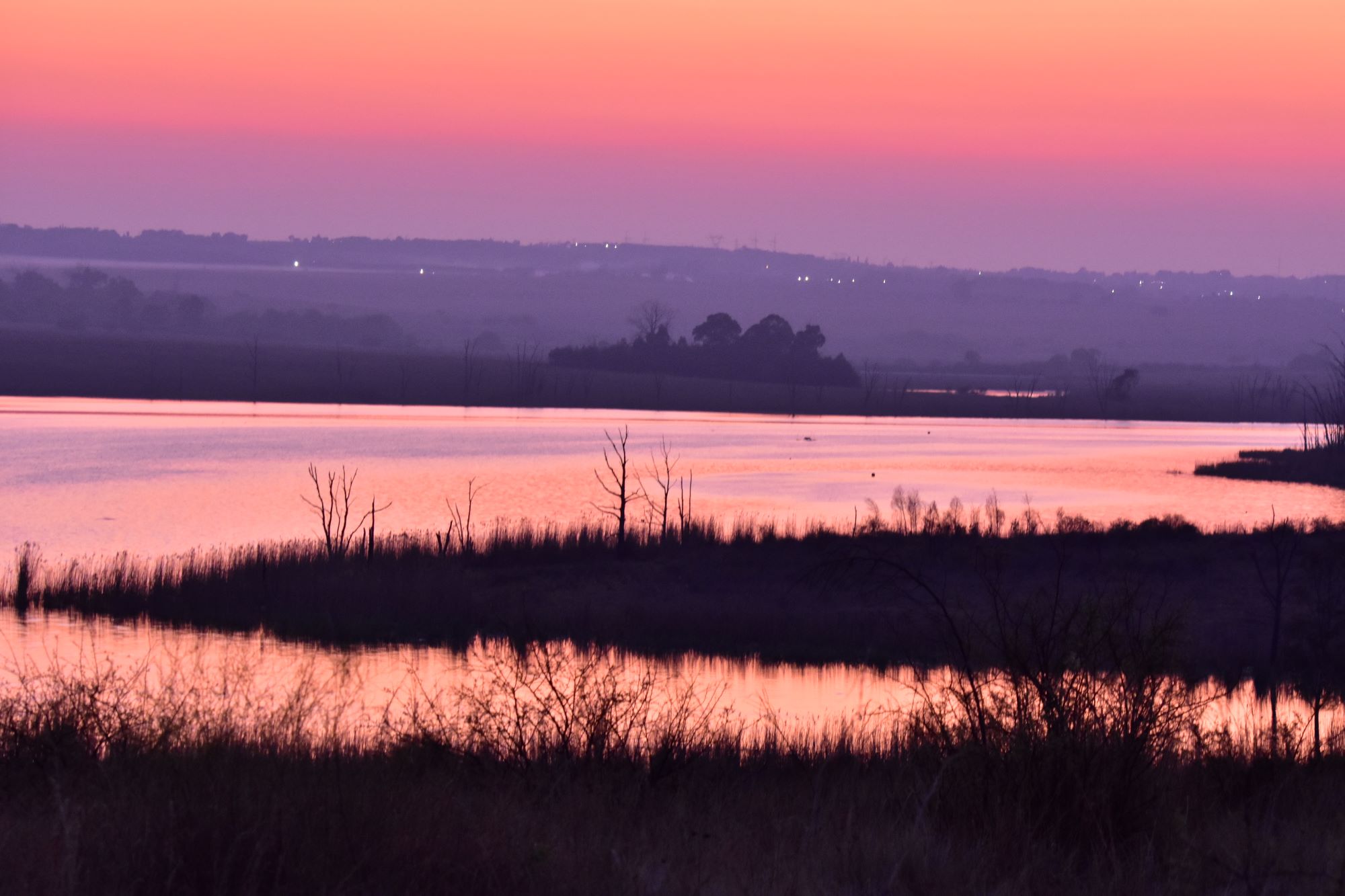
Rietvlei Nature Reserve belongs to the City of Tshwane (Pretoria) and came into existence as a water scheme (the Rietvlei Dam) to supply drinking water to Tshwane and it has been a conservation area since 1929.
Rietvlei Nature Reserve is one of the world's largest urban nature reserves covering about 4 000 ha hectares (40 km2). It is a small reserve compared to the well-known parks – the Pilanesberg is 572 km² and the Kruger National Park 19 485 km² - but it is most convenient for a day visit to keep in practice, and you could end up with some spectacular shots!
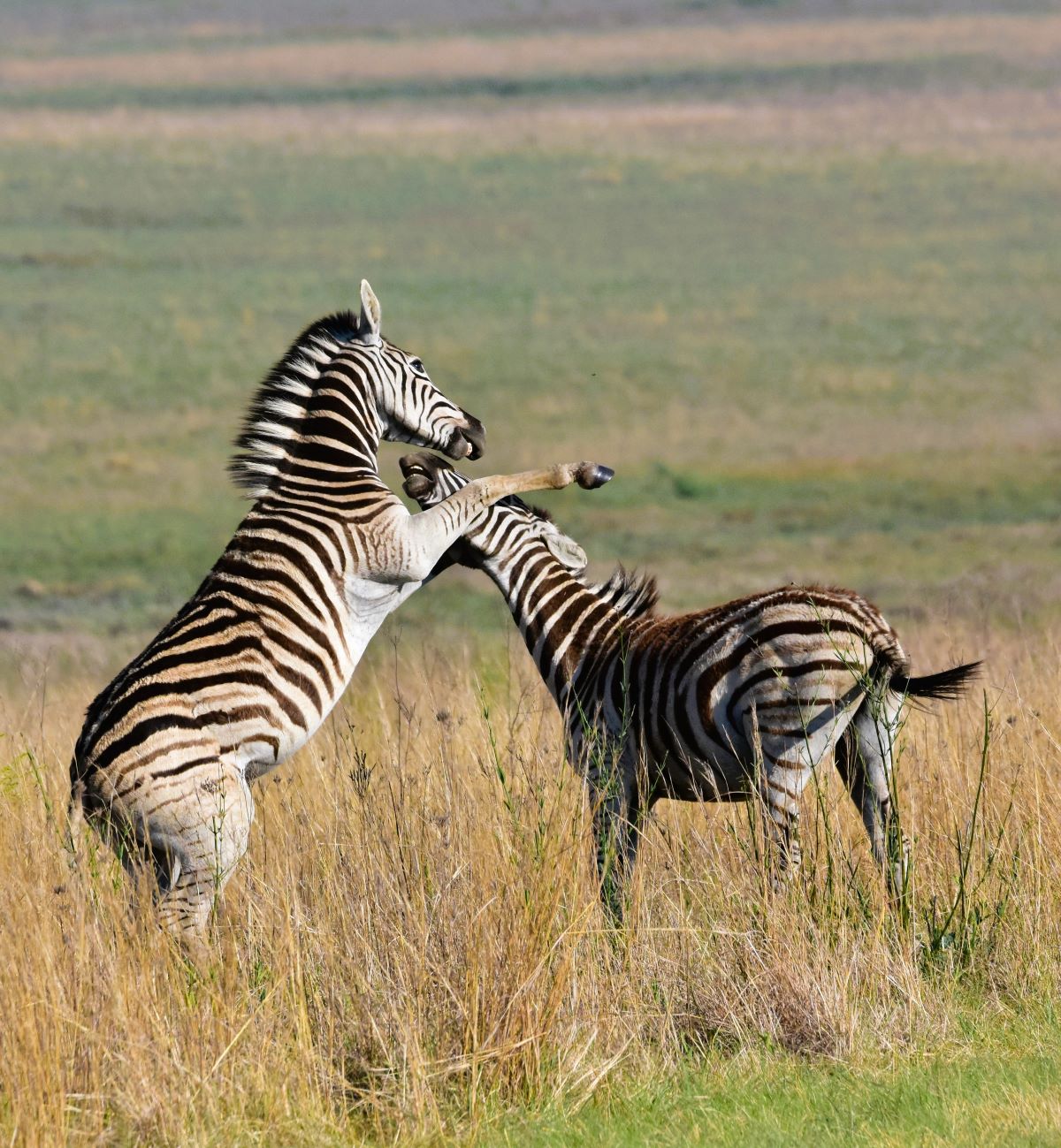
The Rietvlei eco system is stated as critically endangered and the reserve protects water systems, an endangered vegetation type and endangered plants, animals, and birds. The reserve consists of mainly grassland with undulating hills and wetlands, hence the name Riet (reed) Vlei (marsh).
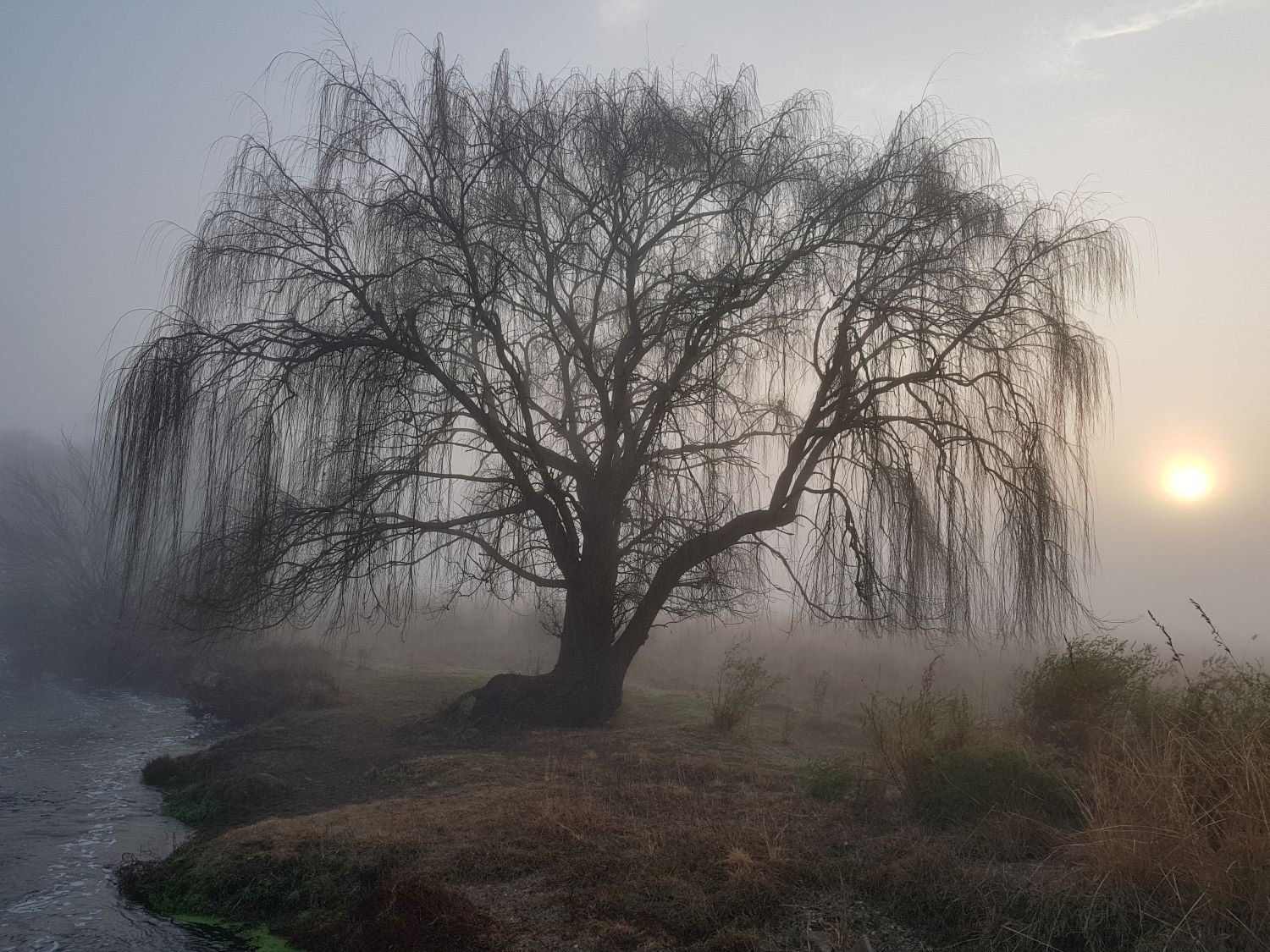
The tar and dirt roads in the reserve are well maintained and serve the public for game viewing and the reserve staff as maintenance roads and fire breaks.
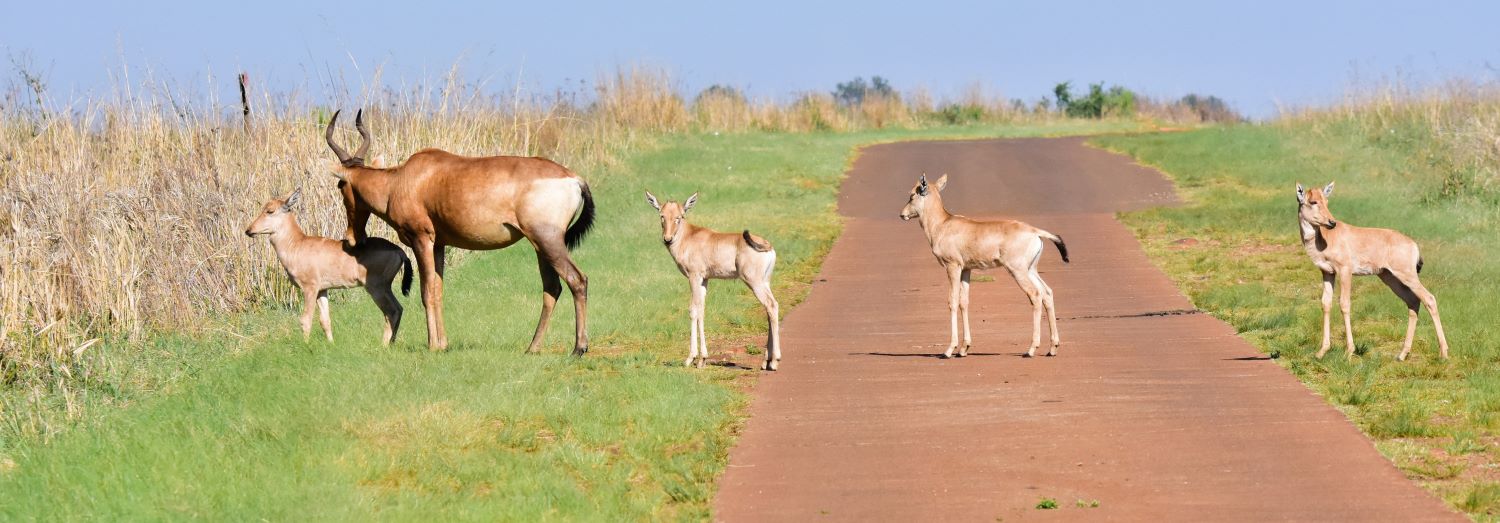
The reserve has a typical Highveld climate with dry, frosty winters and an average of 724mm rain during the summer rainy season. Temperatures reach as high as 35°C in the summer and below 0° in the winter.
We look forward to the misty and rainy days as they can provide good photographs...
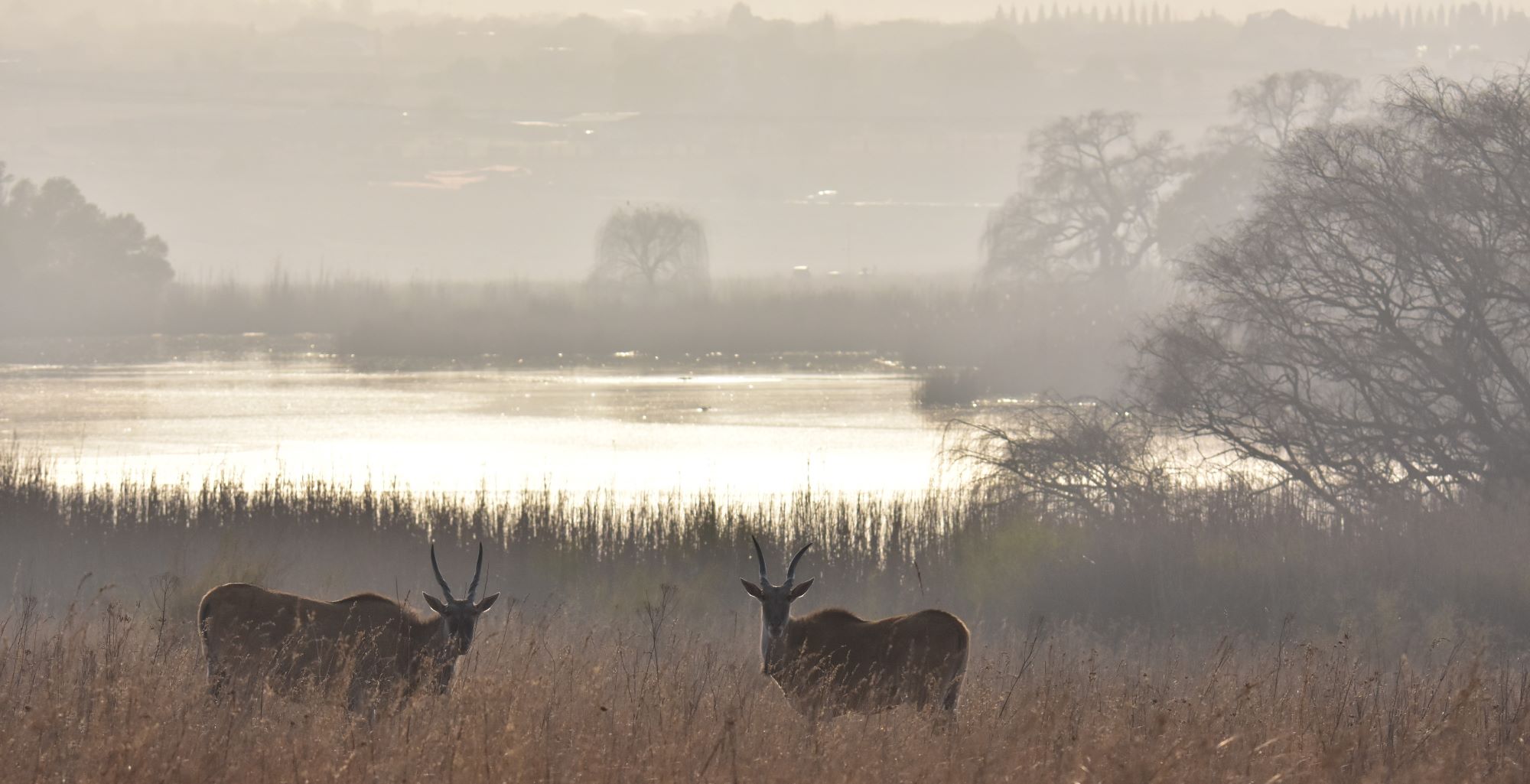
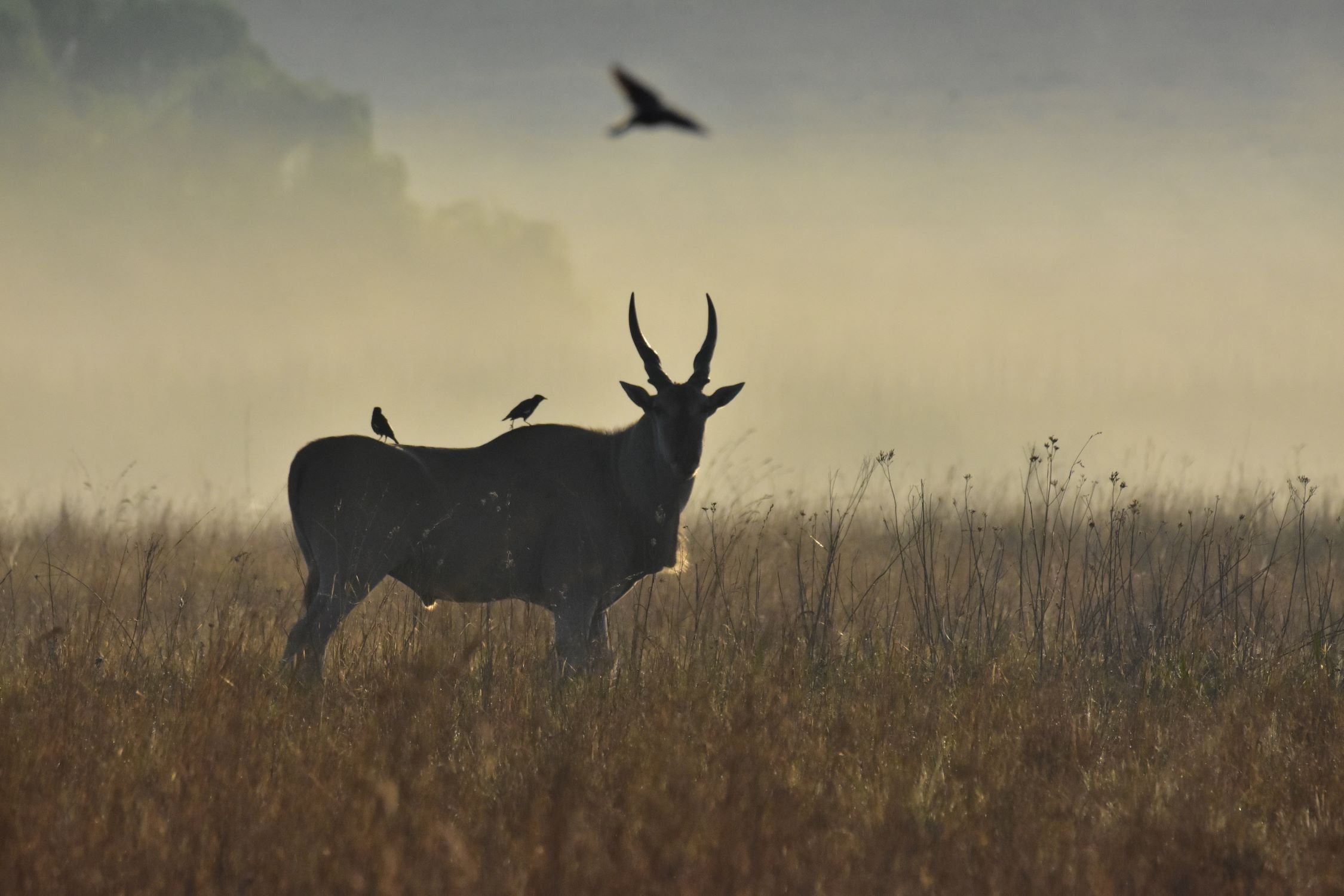
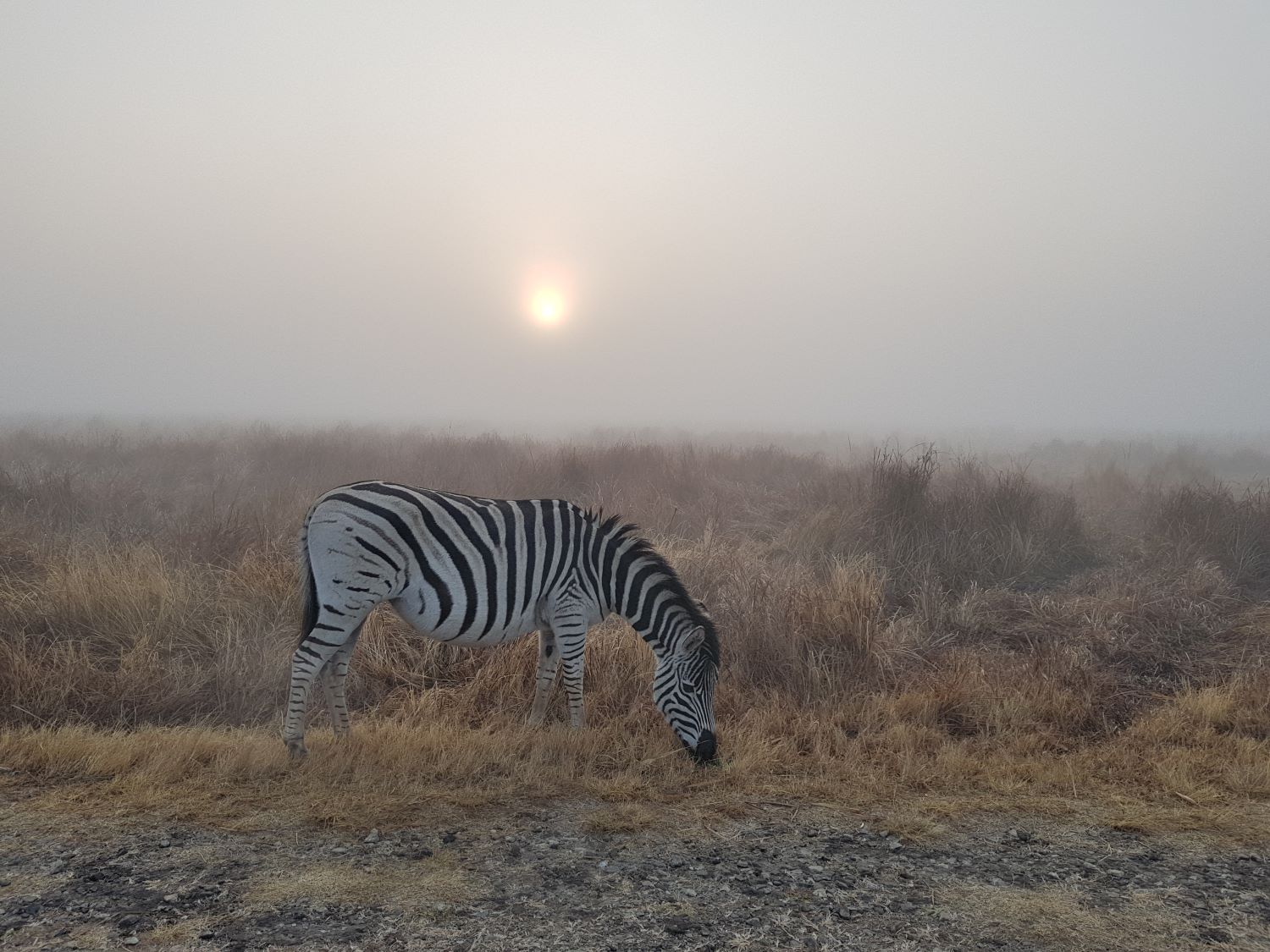
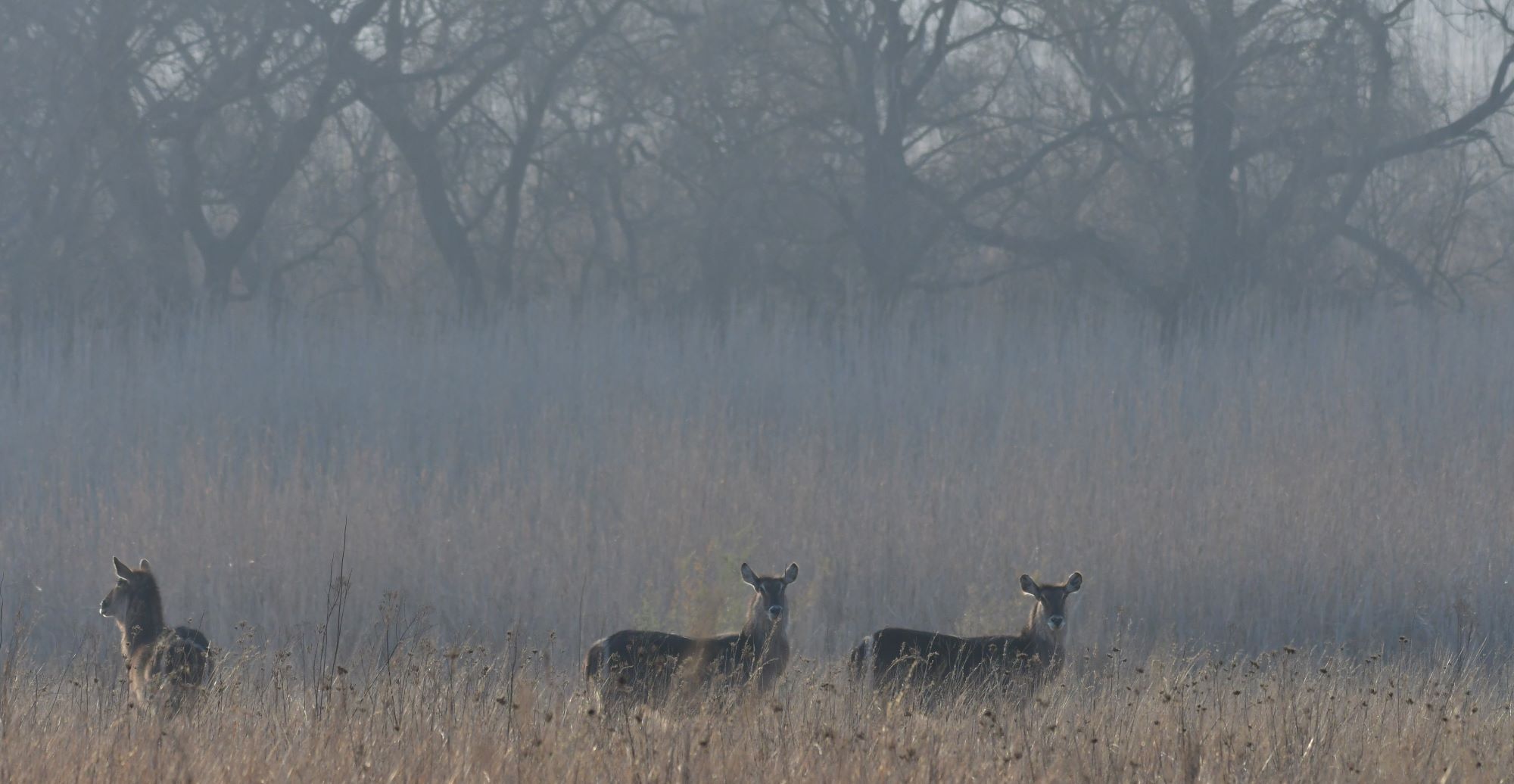
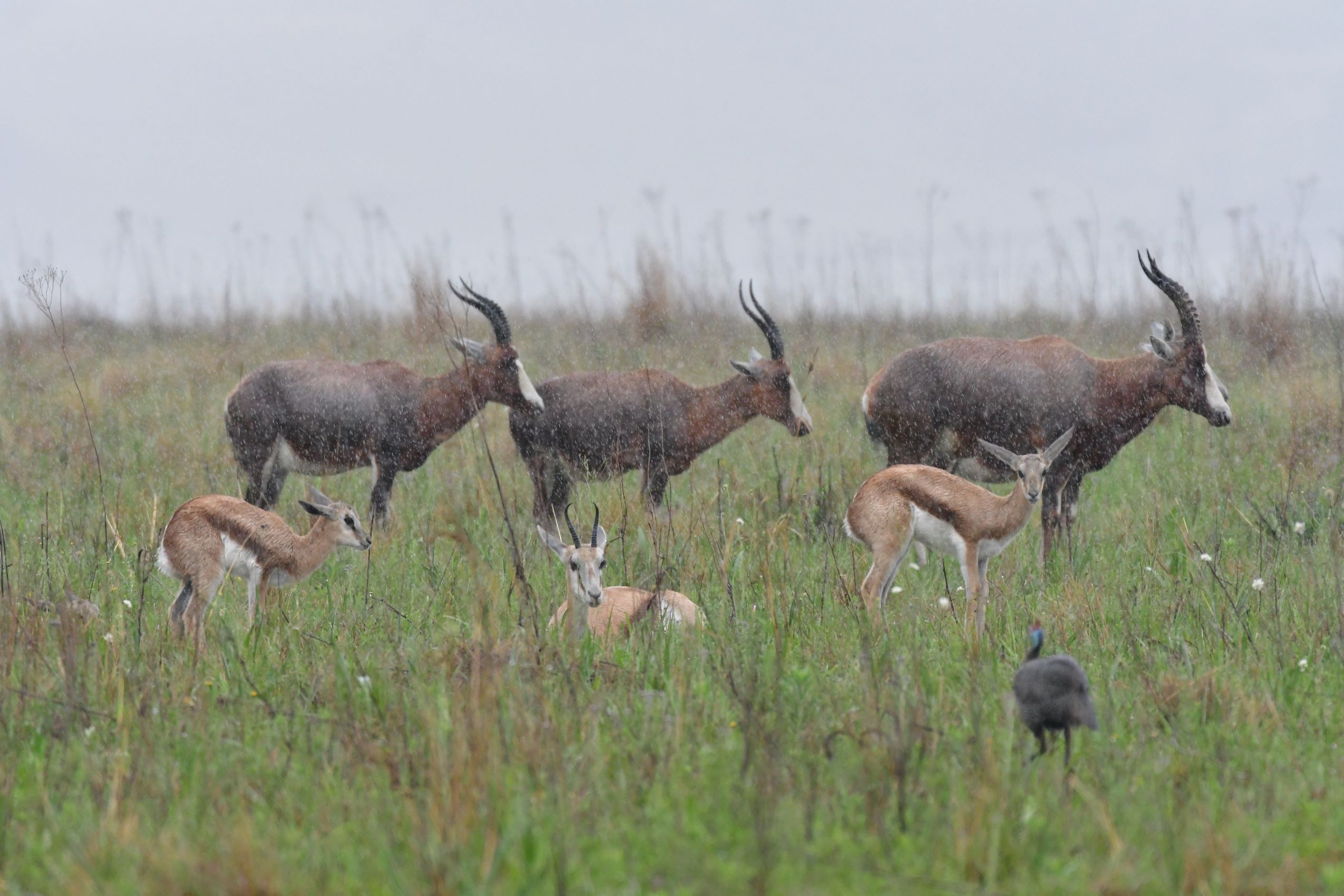
There are six bird hides in the reserve, all available on the self-drive roads.
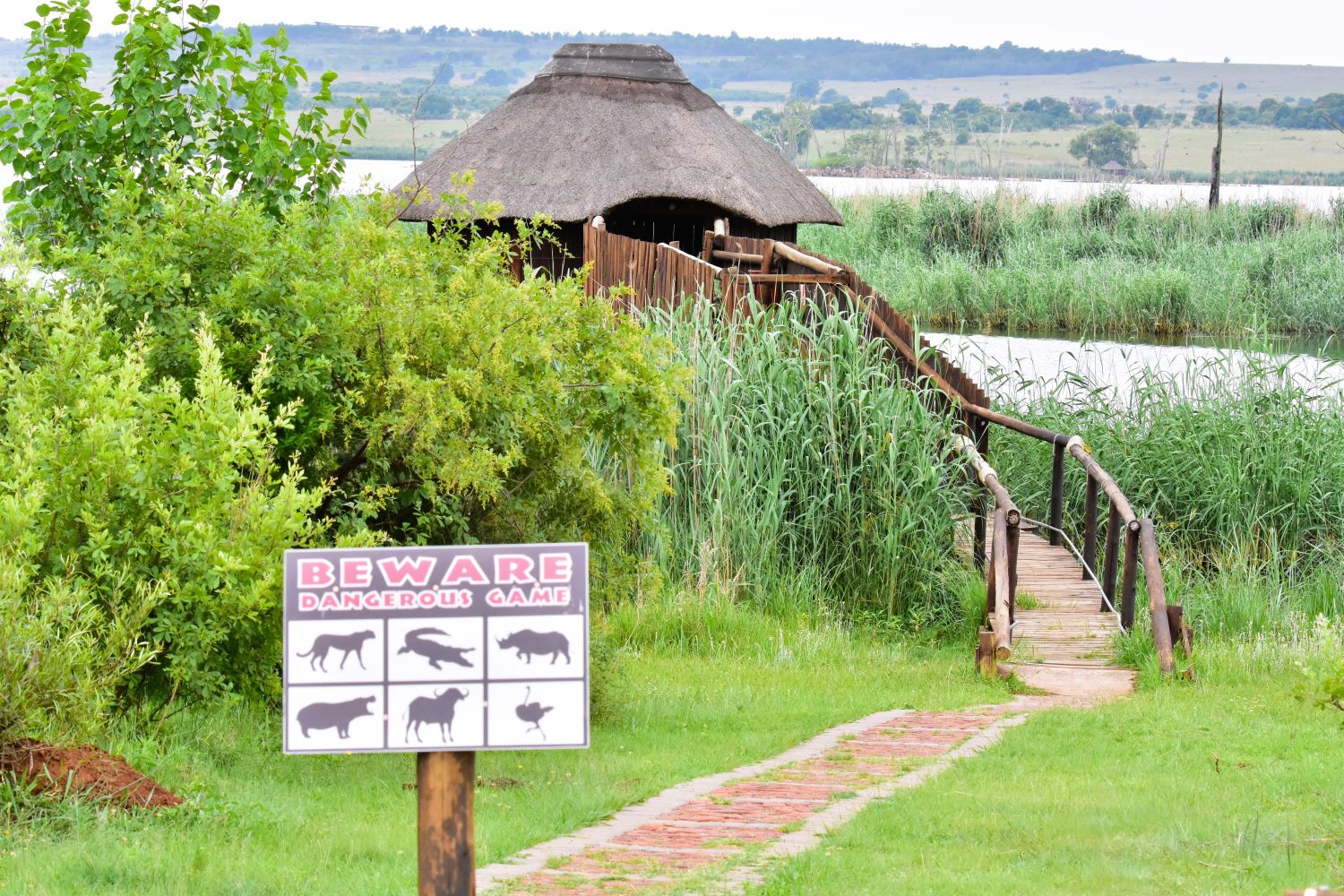
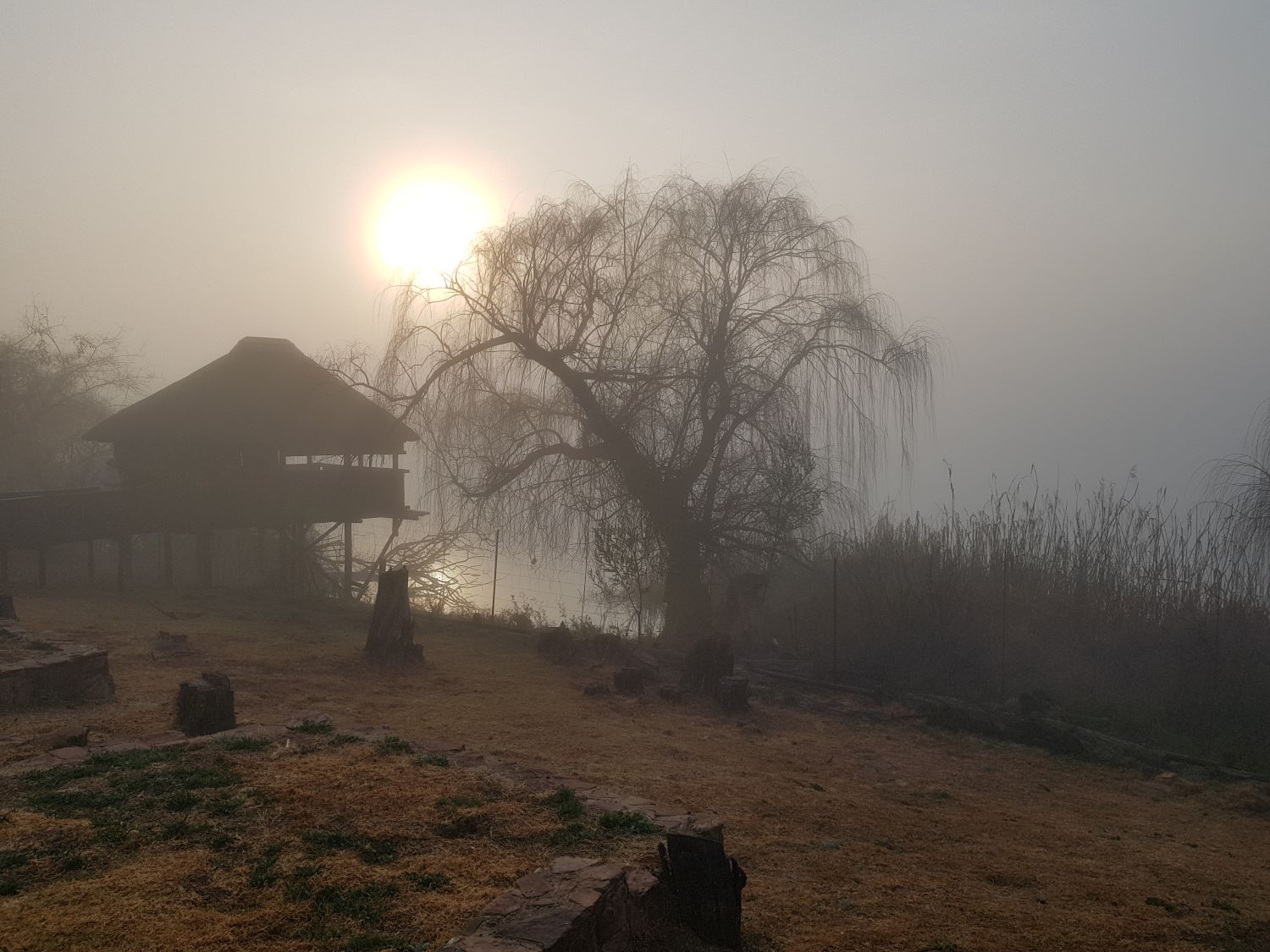
We live on the west Rand and Rietvlei is about 60 kms from us and takes us 45 minutes to drive there. We prefer the mornings so we leave home at around 04h30 and enter the reserve at 05h30 (in summer months).
Trevor Barnett, our Kruger Park Photographer's Guide co-author, lives in Bedfordview, which is about 40 kms from Rietvlei and he prefers the afternoons. So, between us, we tend to capture the essence of Rietvlei Nature Reserve from sunrise to sunset.
Rietvlei Nature Reserve animals
The reserve carries around 1,600 individual large mammals made up of eland, buffalo, white rhino, red hartebeest, Burchell’s zebra, black wildebeest, blesbok, waterbuck, hippo, and jackal. (The following images have been captured by Trevor Barnett, Jenny and myself).
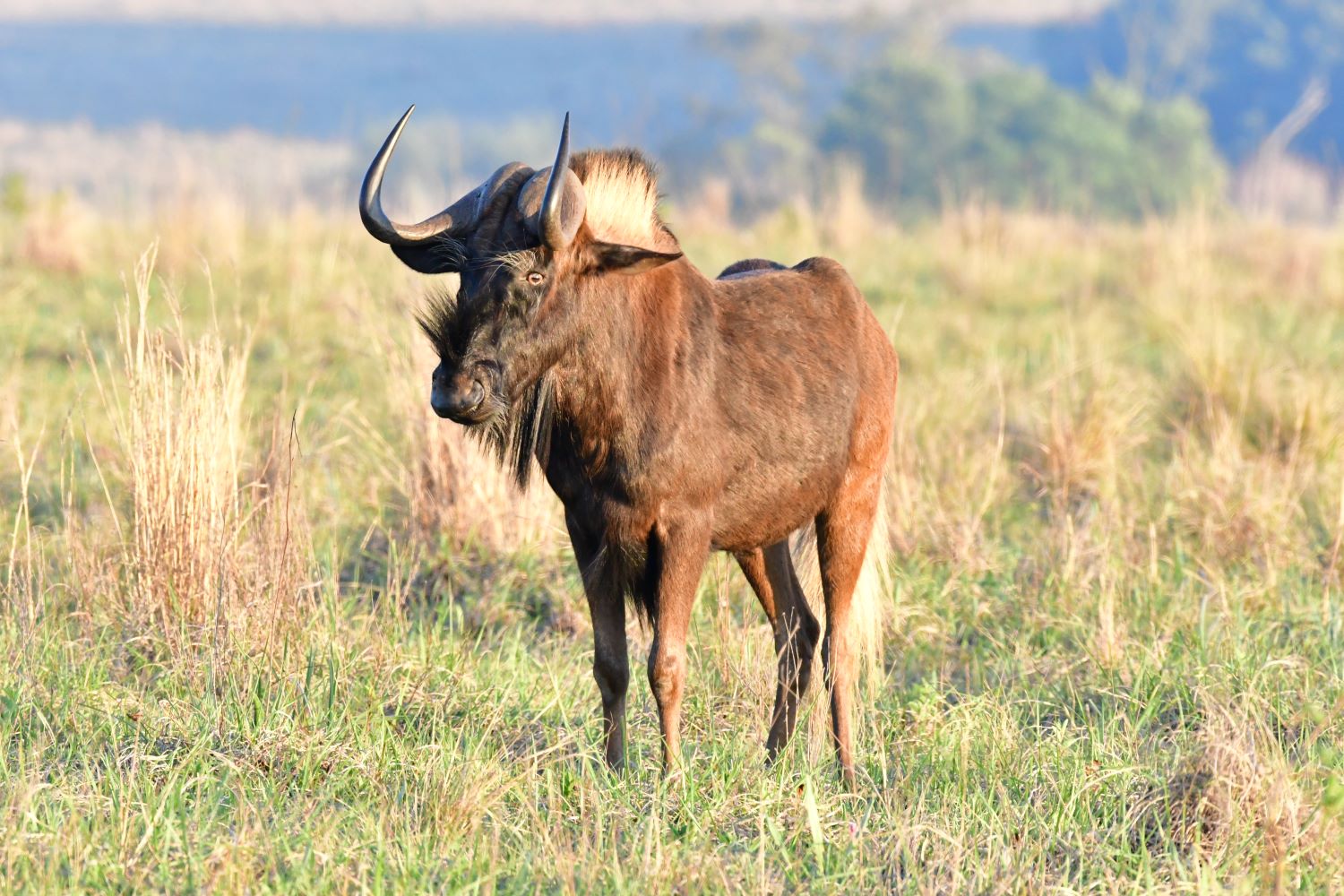 Black wildebeest on sunny day
Black wildebeest on sunny day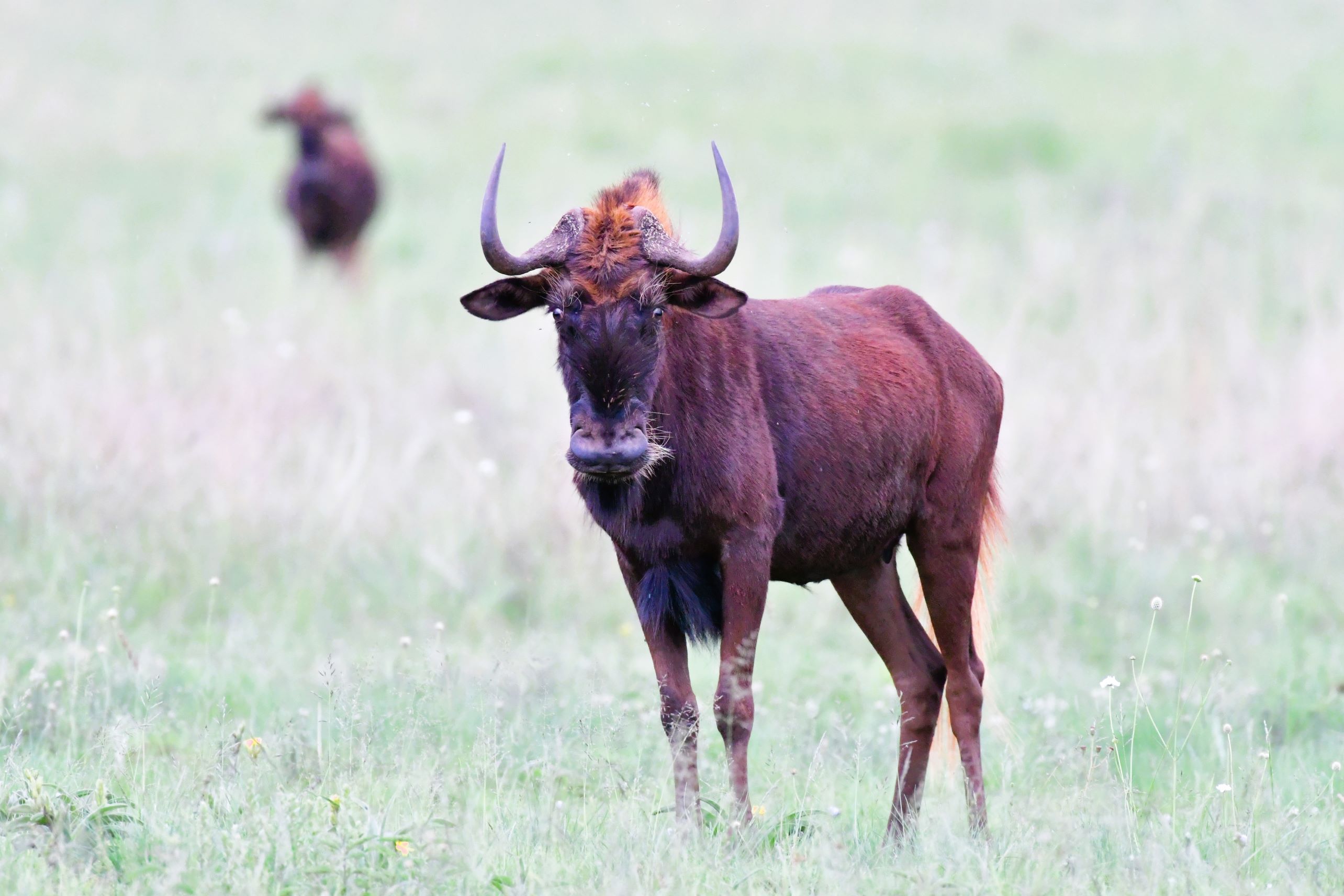 Black wildebeest on overcast day
Black wildebeest on overcast day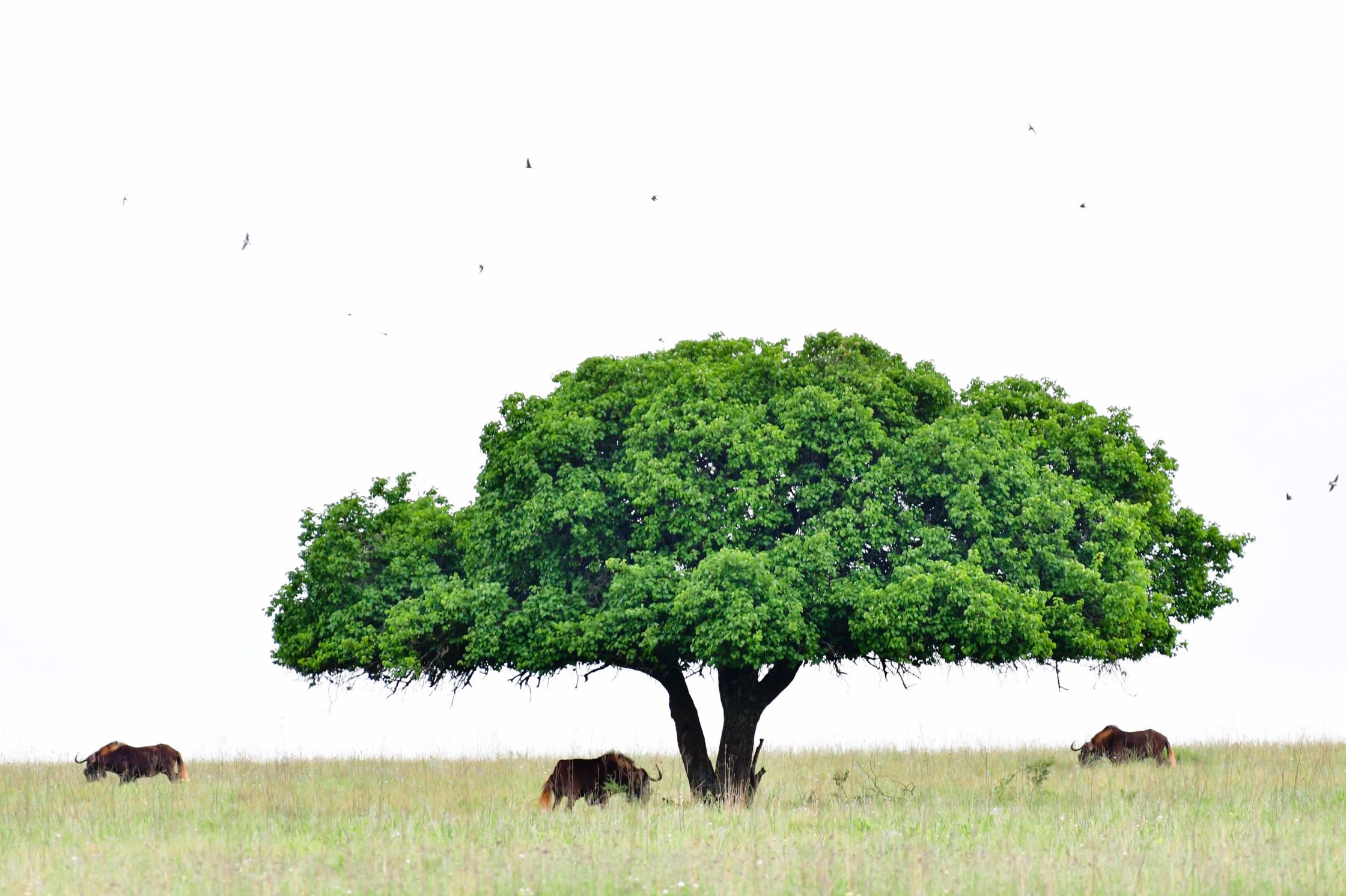 Black wildebeest and the most distinctive tree in the reserve.
Black wildebeest and the most distinctive tree in the reserve.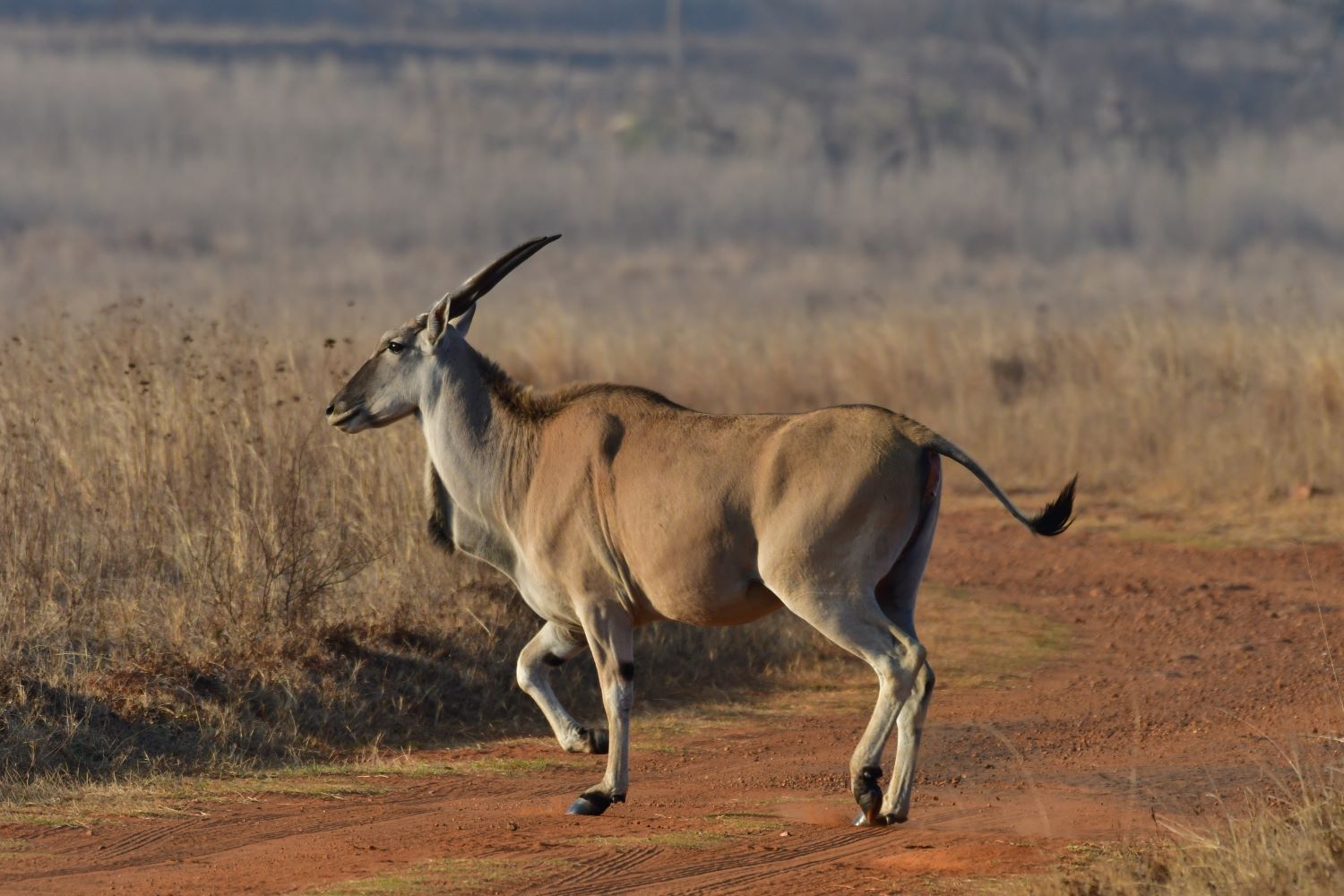
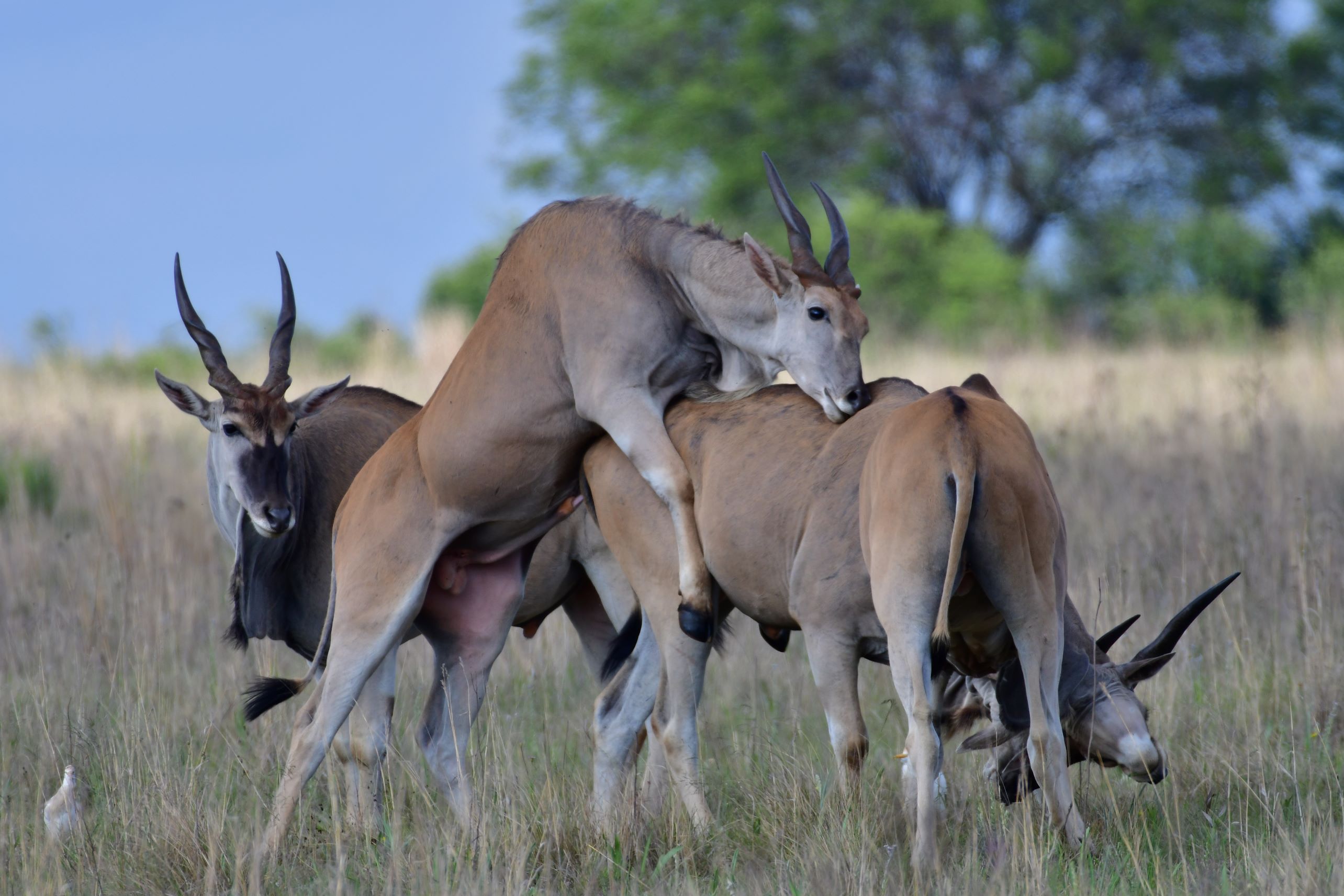
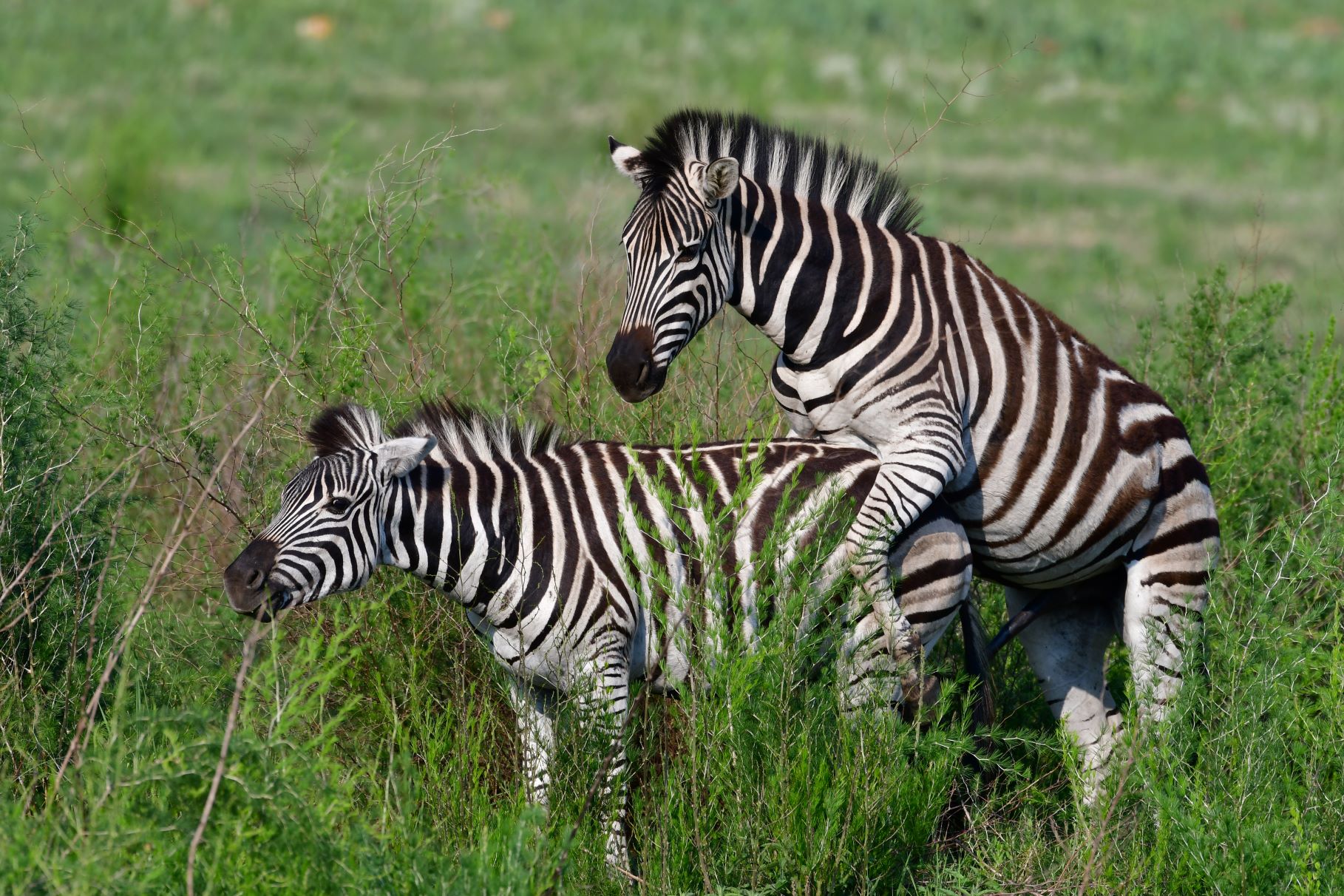
In terms of Big-five animals, the reserve has buffalo and rhino. There are lions in a separate enclosure across the road from the reserve.
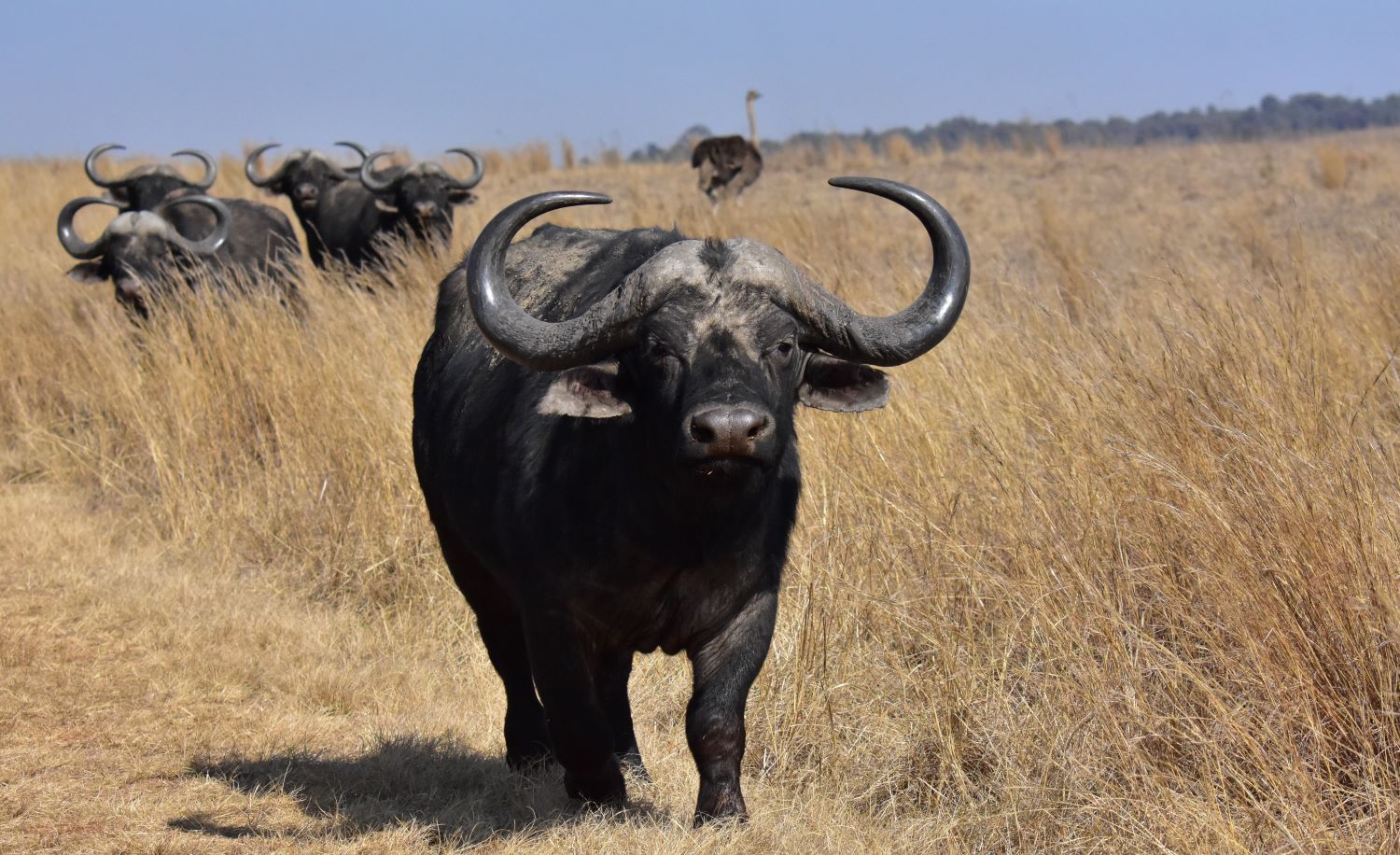
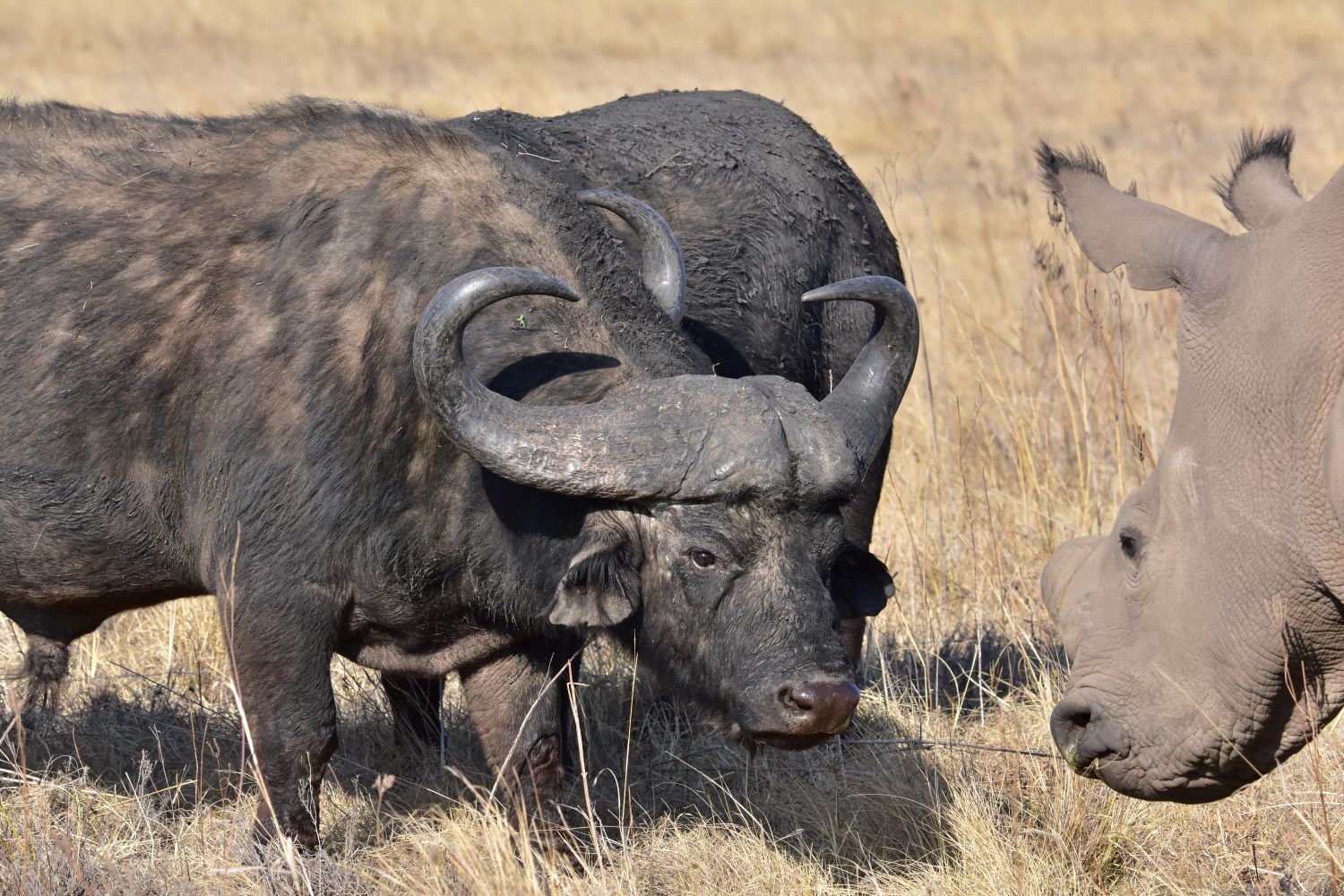
The meerkats had a den near the Marais Dam and they can be most entertaining as they forage for food and scan the skies for birds of prey.
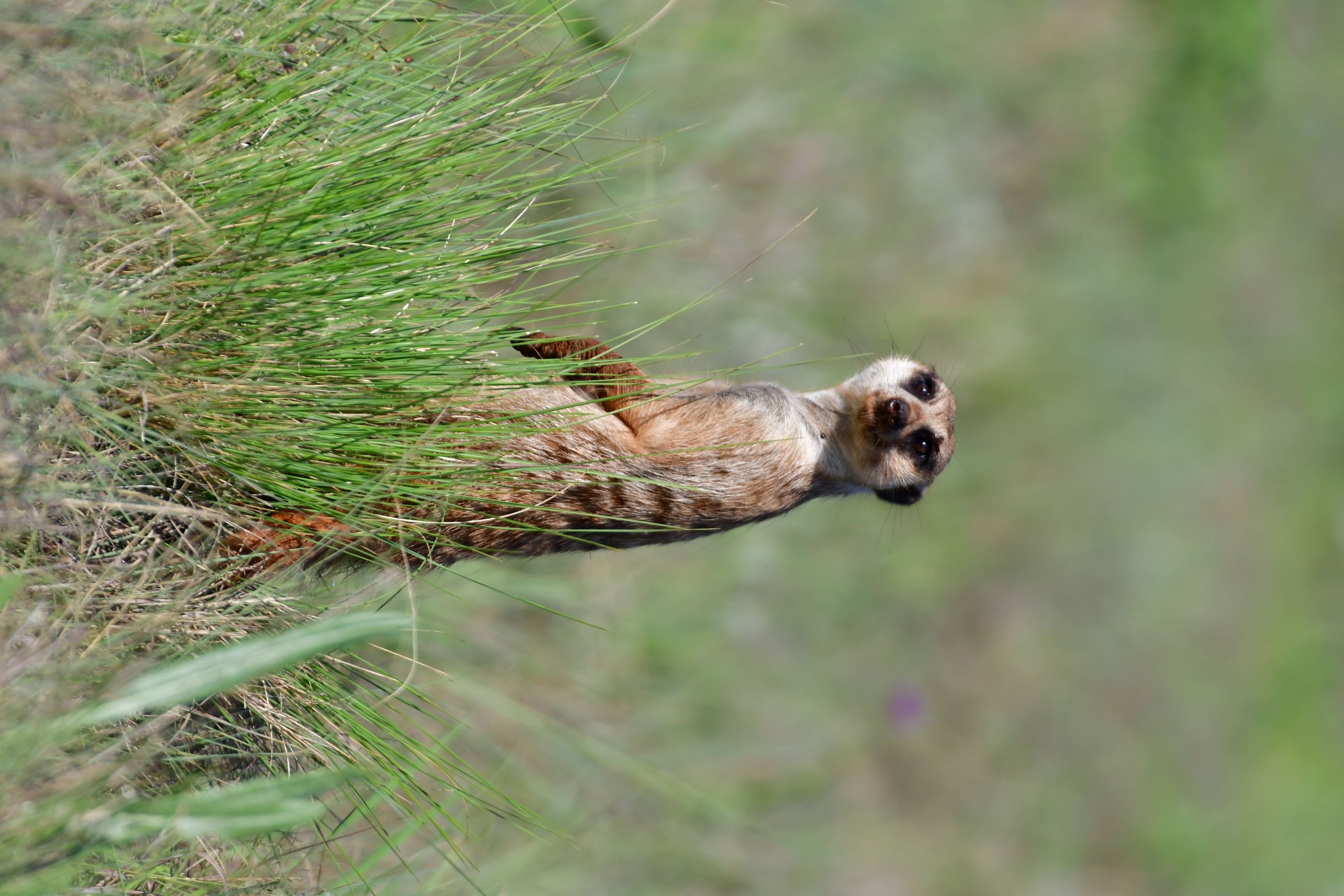 |
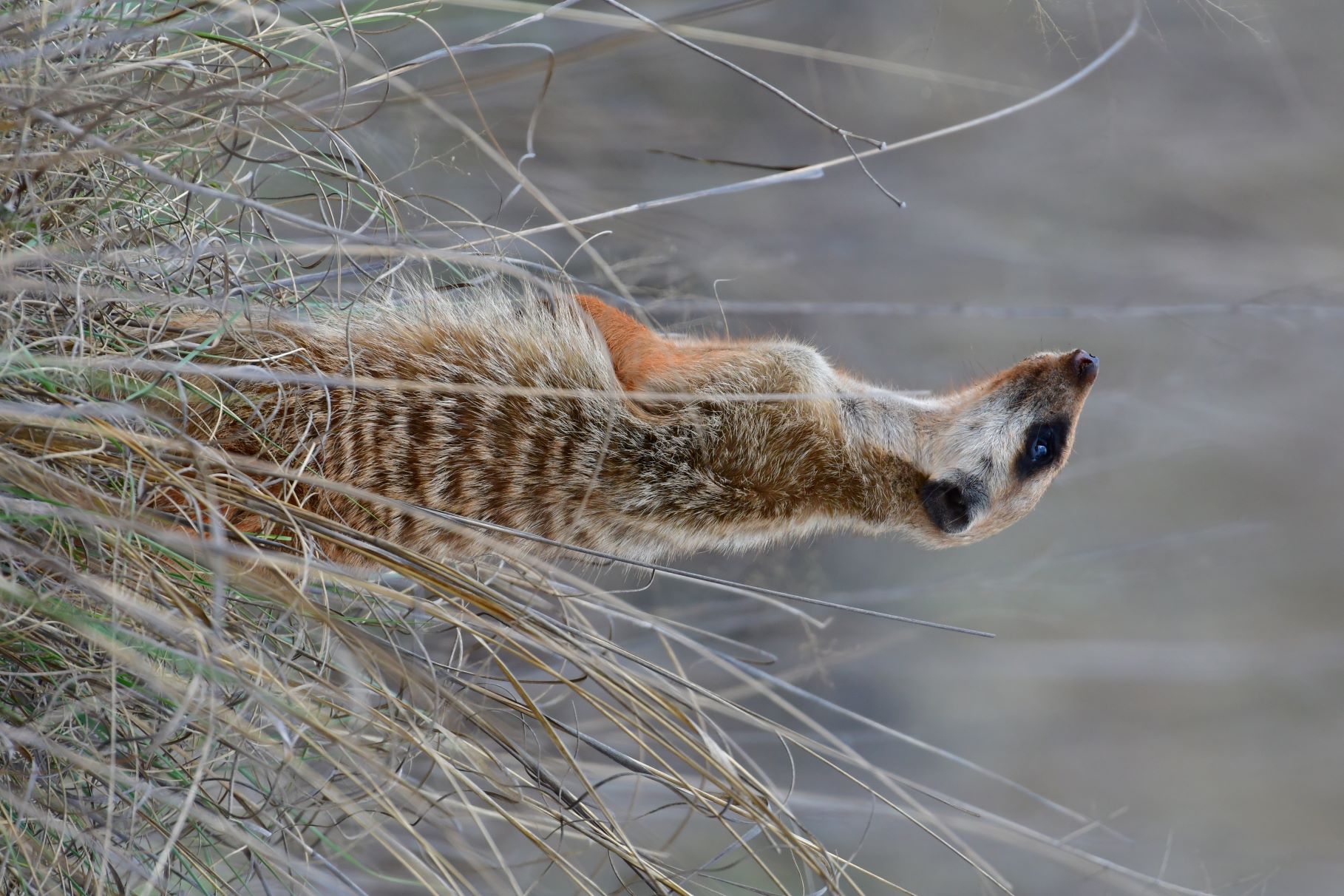 |
The largest predator is the cheetah...
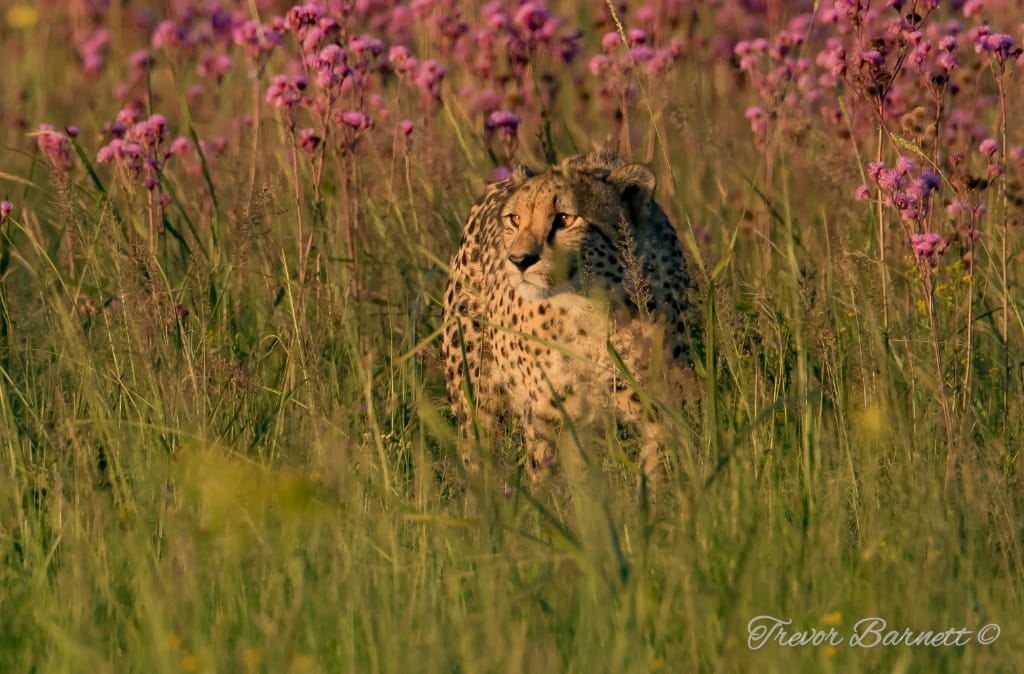
There is currently one cheetah, called Njozi, in Rietvlei Nature Reserve so she is not easy to locate! We arrived at the reserve on a rainy day and found Njozi walking across Otter Bridge.
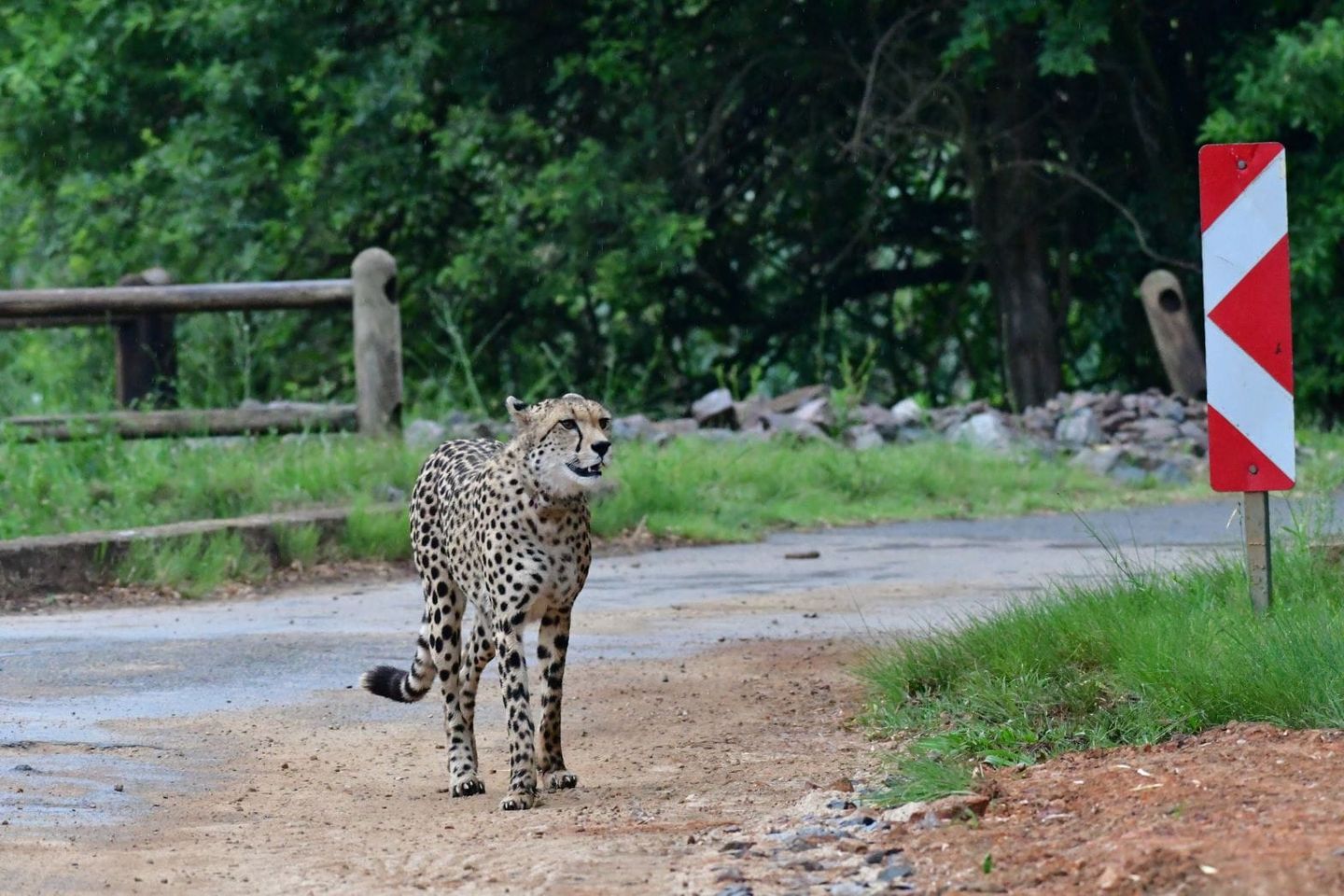
She stalked some red hartebeest and disappeared...
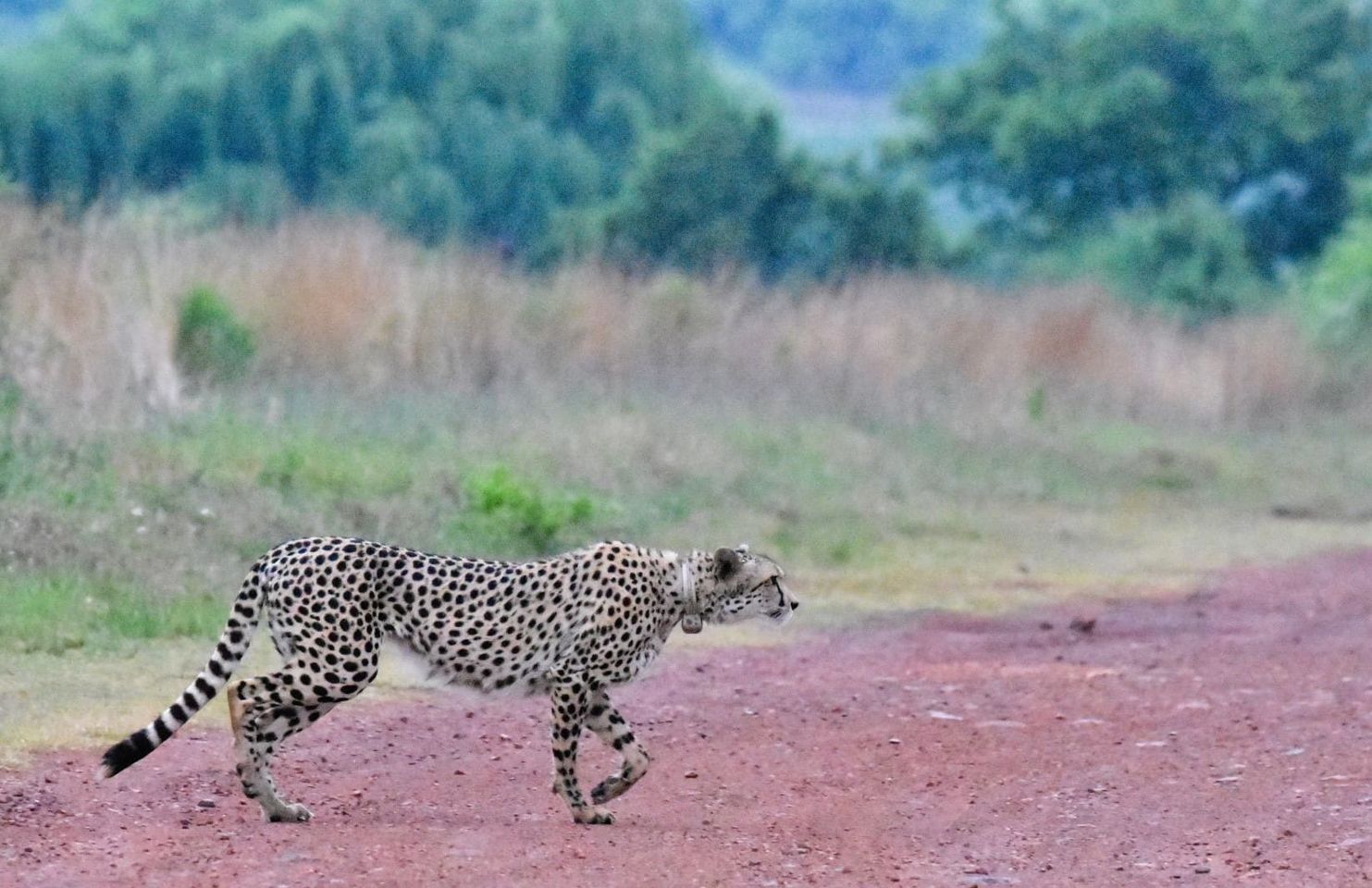
We then went at sat at Vlei Bridge to photograph swallows - guess who comes waltzing over the bridge - Njozi.
Adverse weather conditions such as rain, floods, fires etc, can provide good photo opportunities yet so many people stay away in these weather conditions.
Nocturnal animals in the reserve are hedgehog, aardvark, serval, bushpig, aardwolf and brown hyena, which may sometimes be seen early morning or late afternoon.
We spotted a porcupine quill so I guess they are there too.
We spotted this serval by watching a crow dive bombing something. The something was the serval!
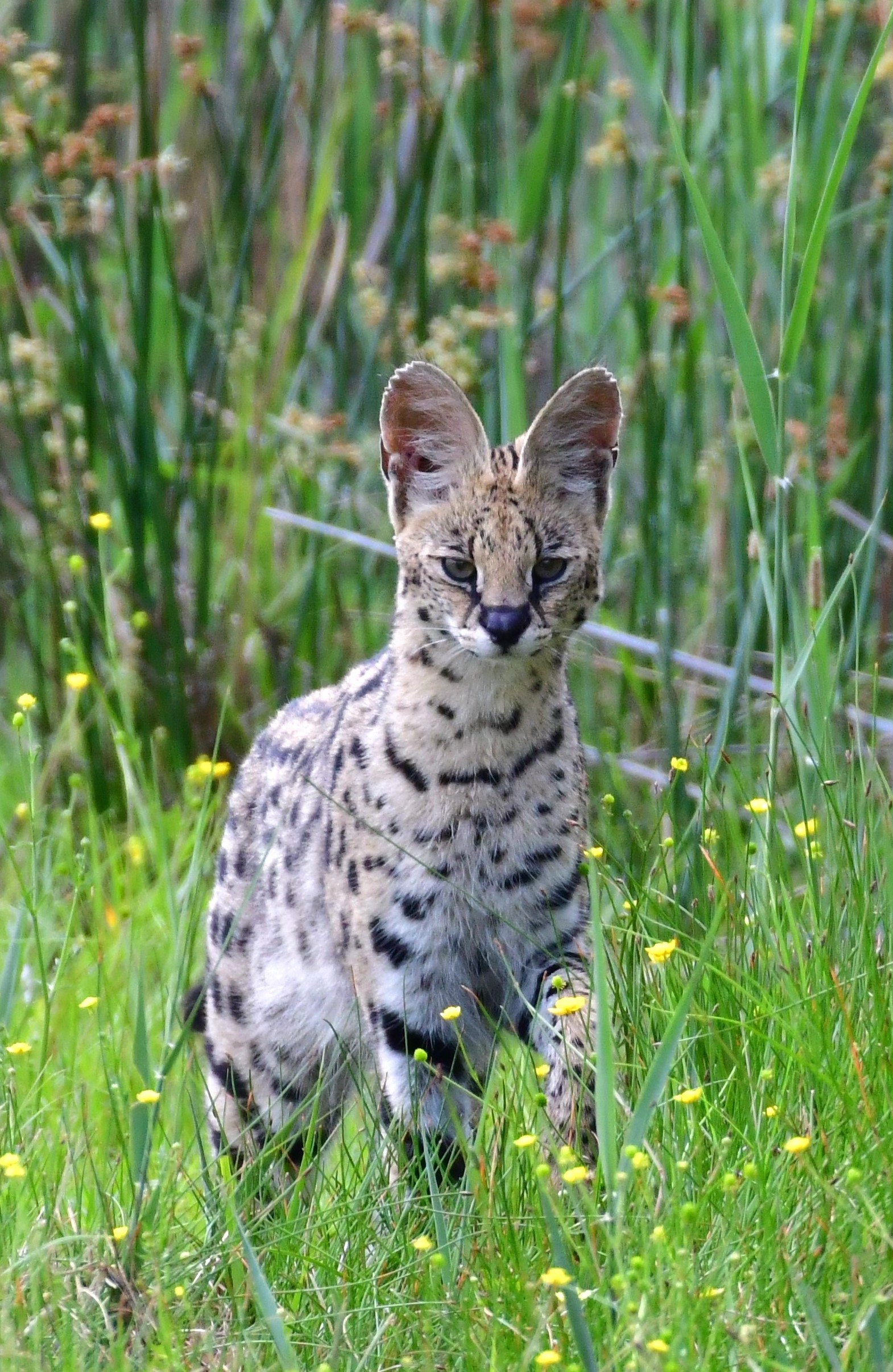 We captured this serval just after sunrise near Island View hide. Our very first serval sighting in 25 years of visiting the parks and reserves! We captured this serval just after sunrise near Island View hide. Our very first serval sighting in 25 years of visiting the parks and reserves! |
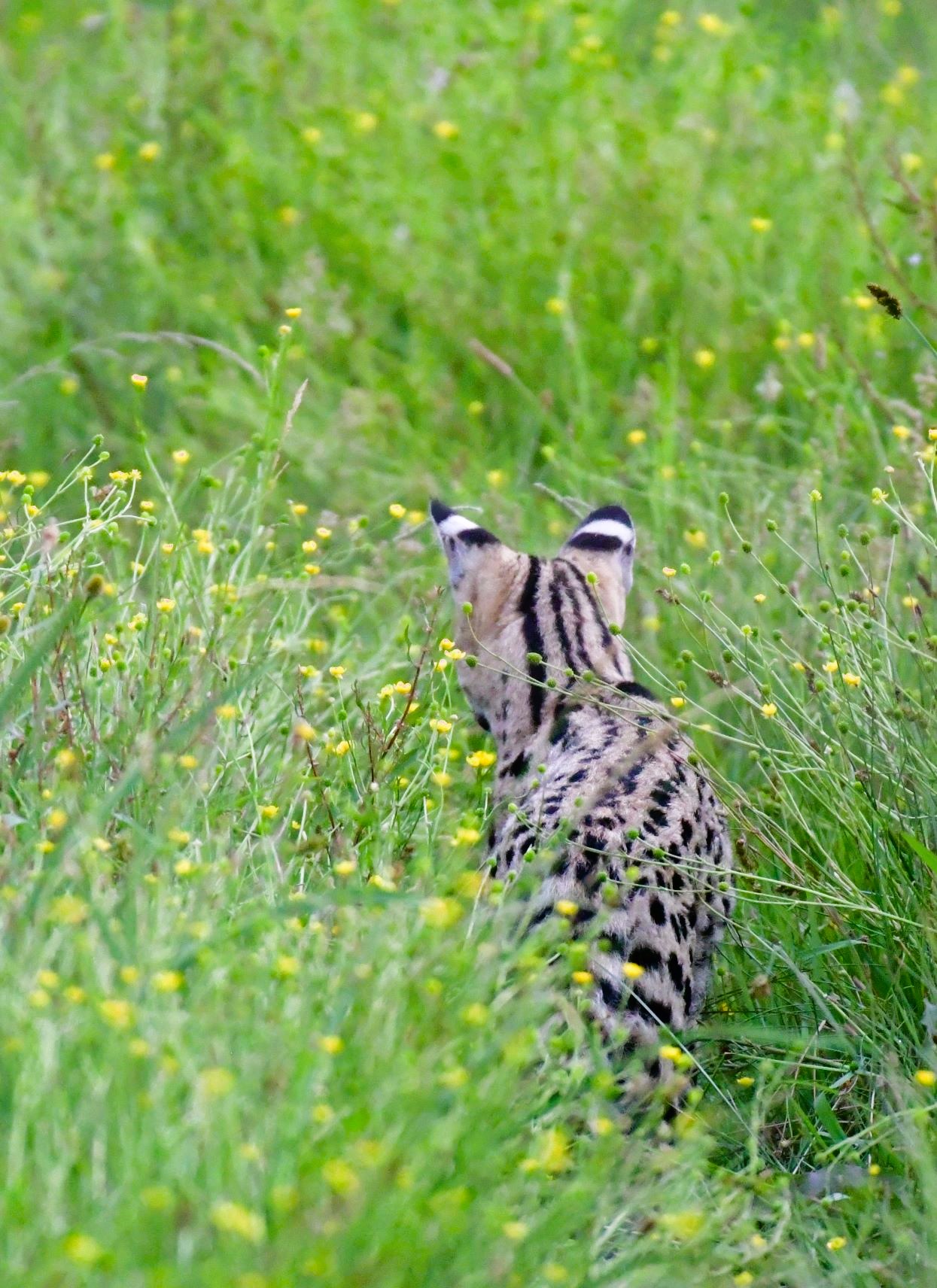 We captured this serval just after sunrise near Vlei Bridge. Our 2nd serval sighting in 25 years! We had stopped to let another cross the bridge when we looked to our right and saw the cat walking in the grass. We captured this serval just after sunrise near Vlei Bridge. Our 2nd serval sighting in 25 years! We had stopped to let another cross the bridge when we looked to our right and saw the cat walking in the grass. |
Rietvlei Nature Reserve Birds
About 404 bird species utilise the reserve, from the LBJs to eagles and ostriches.
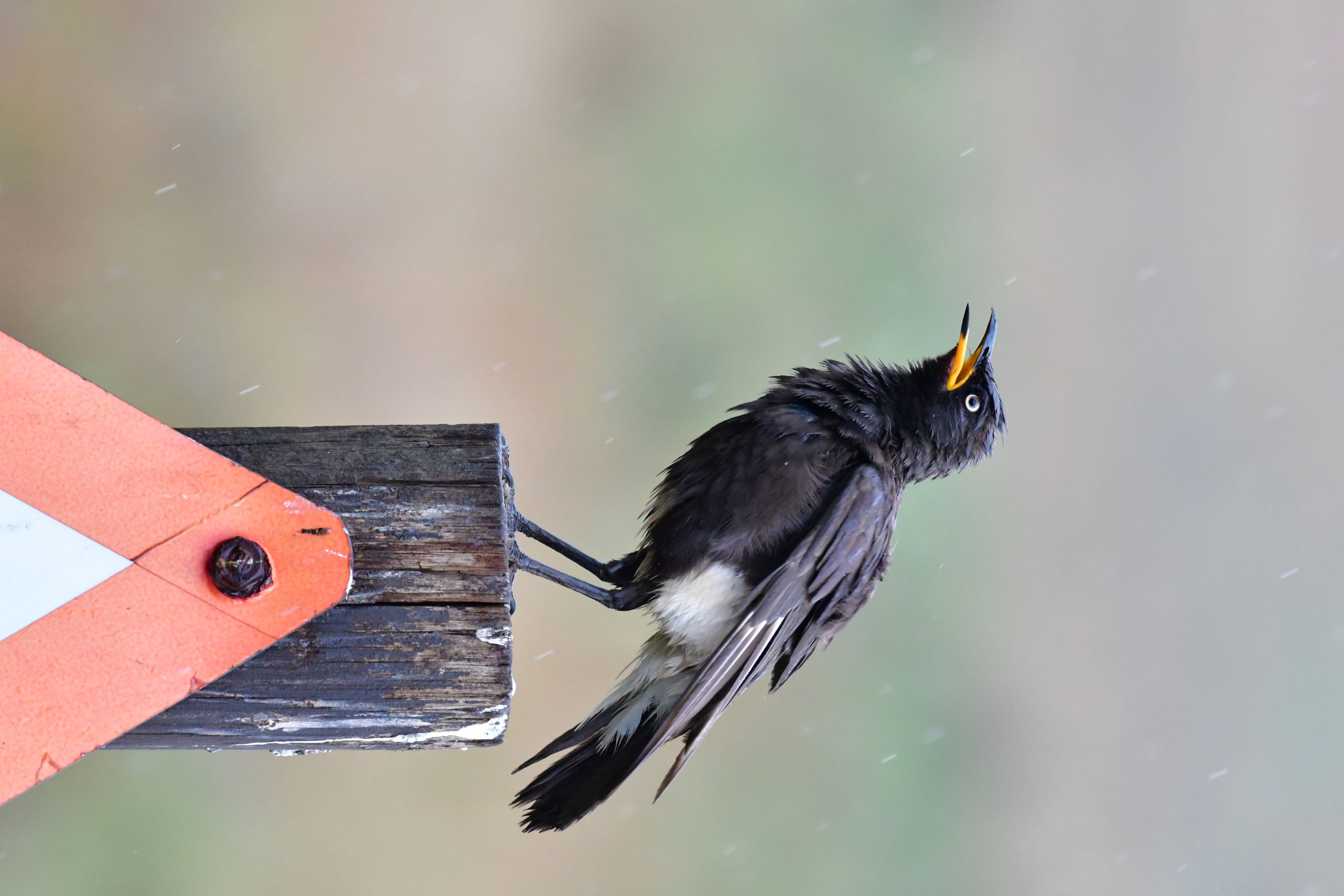 African pied starling African pied starling |
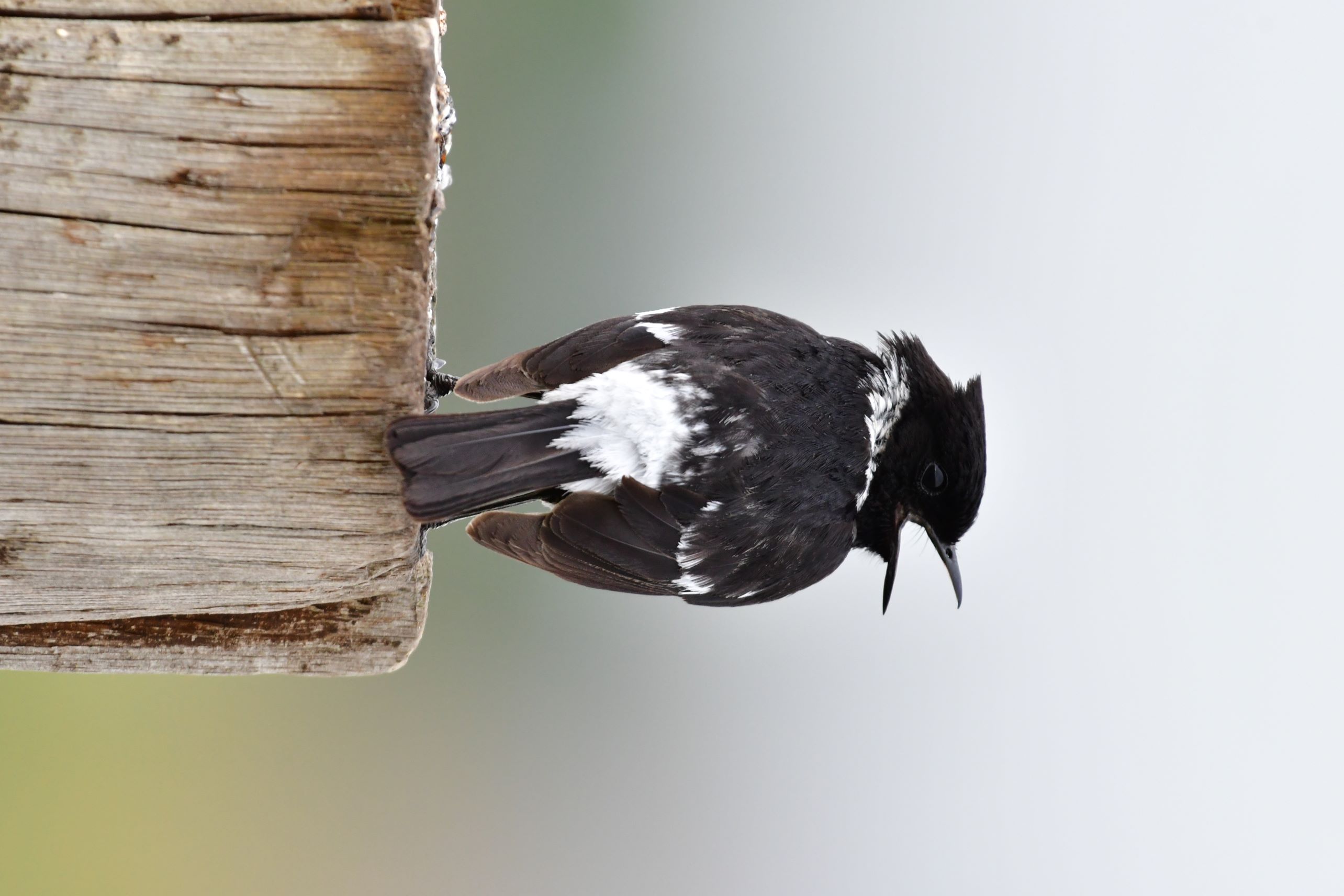 Stonechat Stonechat |
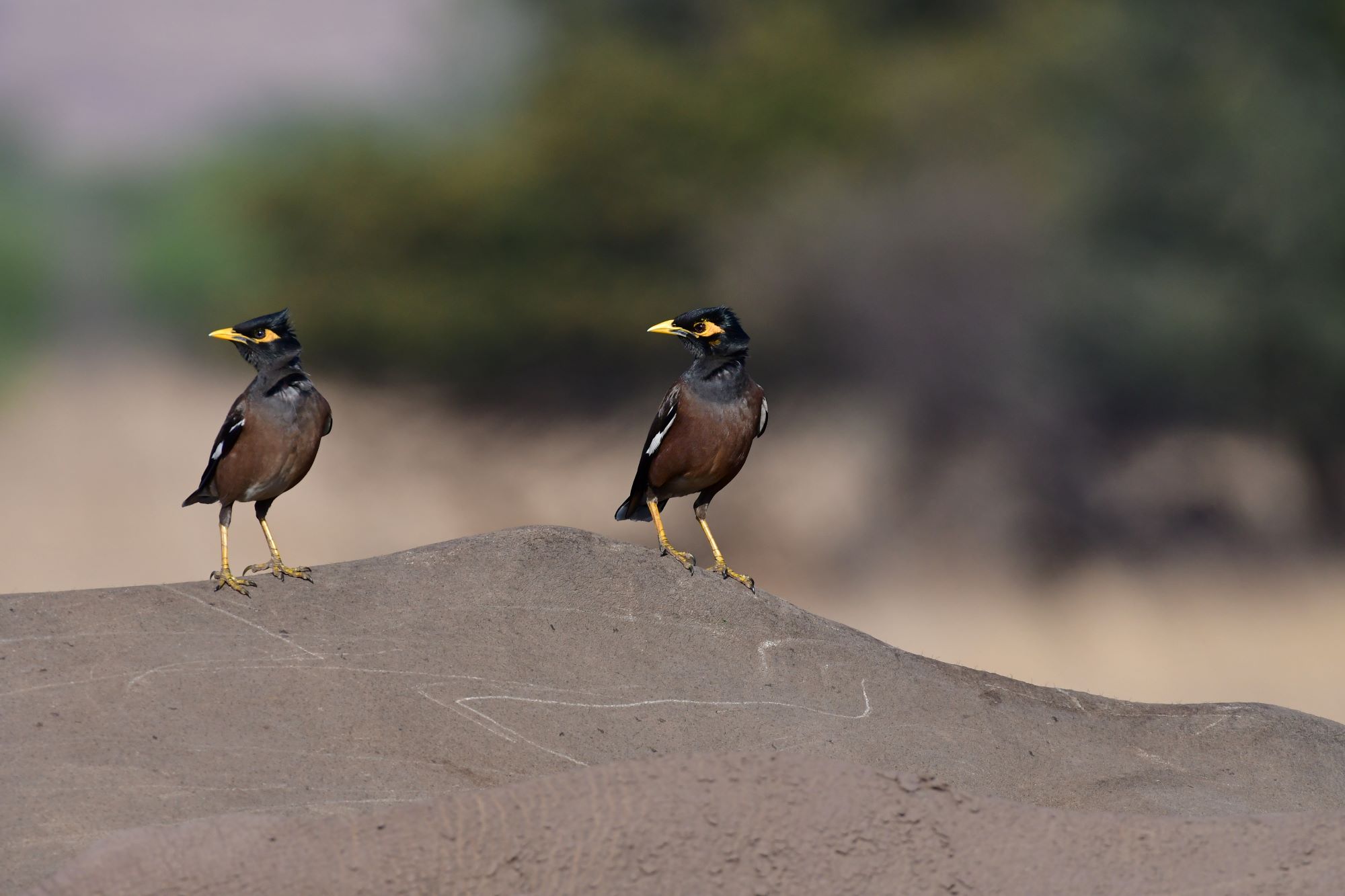 Indian myna birds on a white rhino - not your usual African safari sighting! We have never seen oxpeckers in rietvlei.
Indian myna birds on a white rhino - not your usual African safari sighting! We have never seen oxpeckers in rietvlei.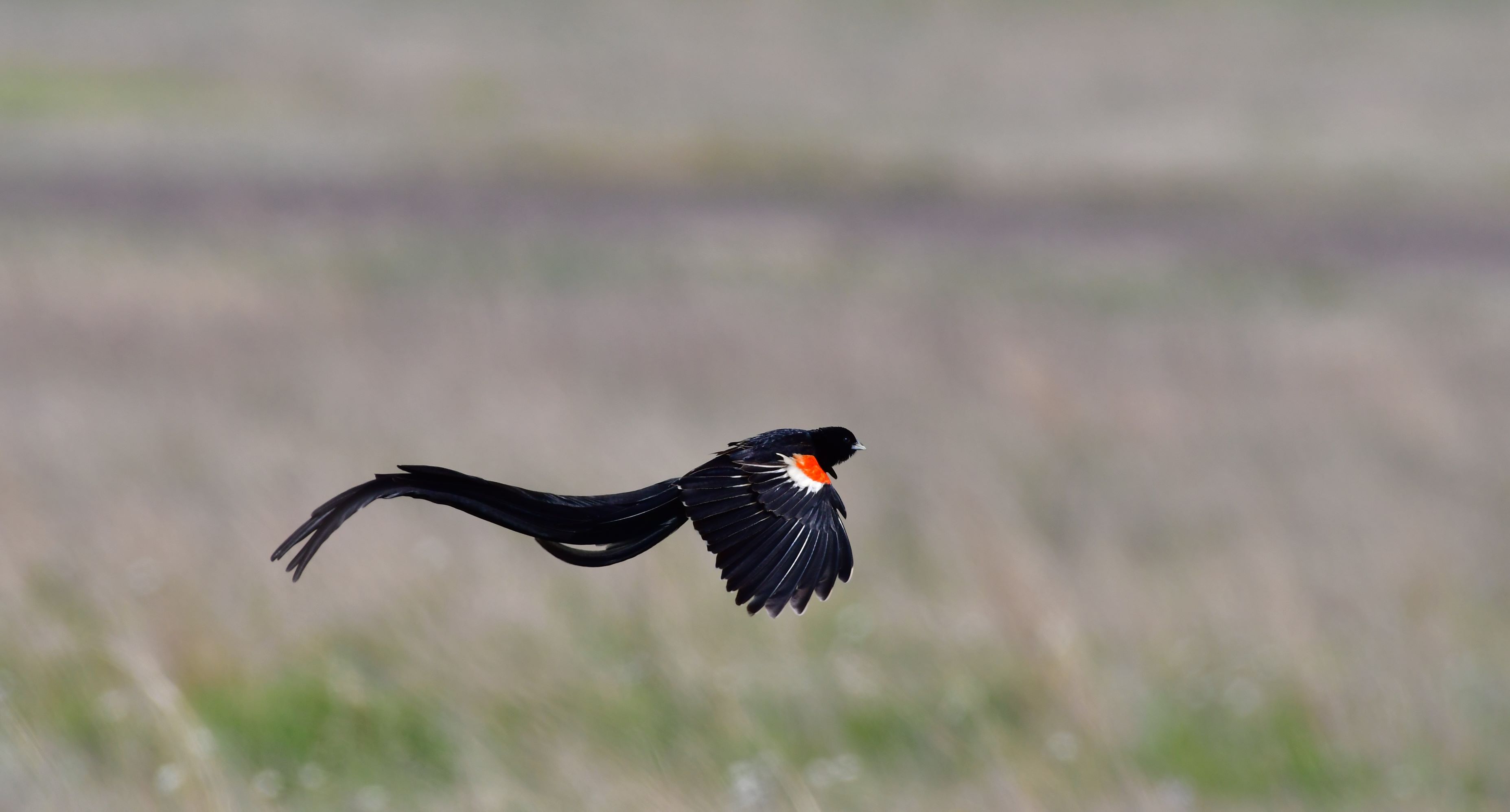 Long-tailed widowbird
Long-tailed widowbird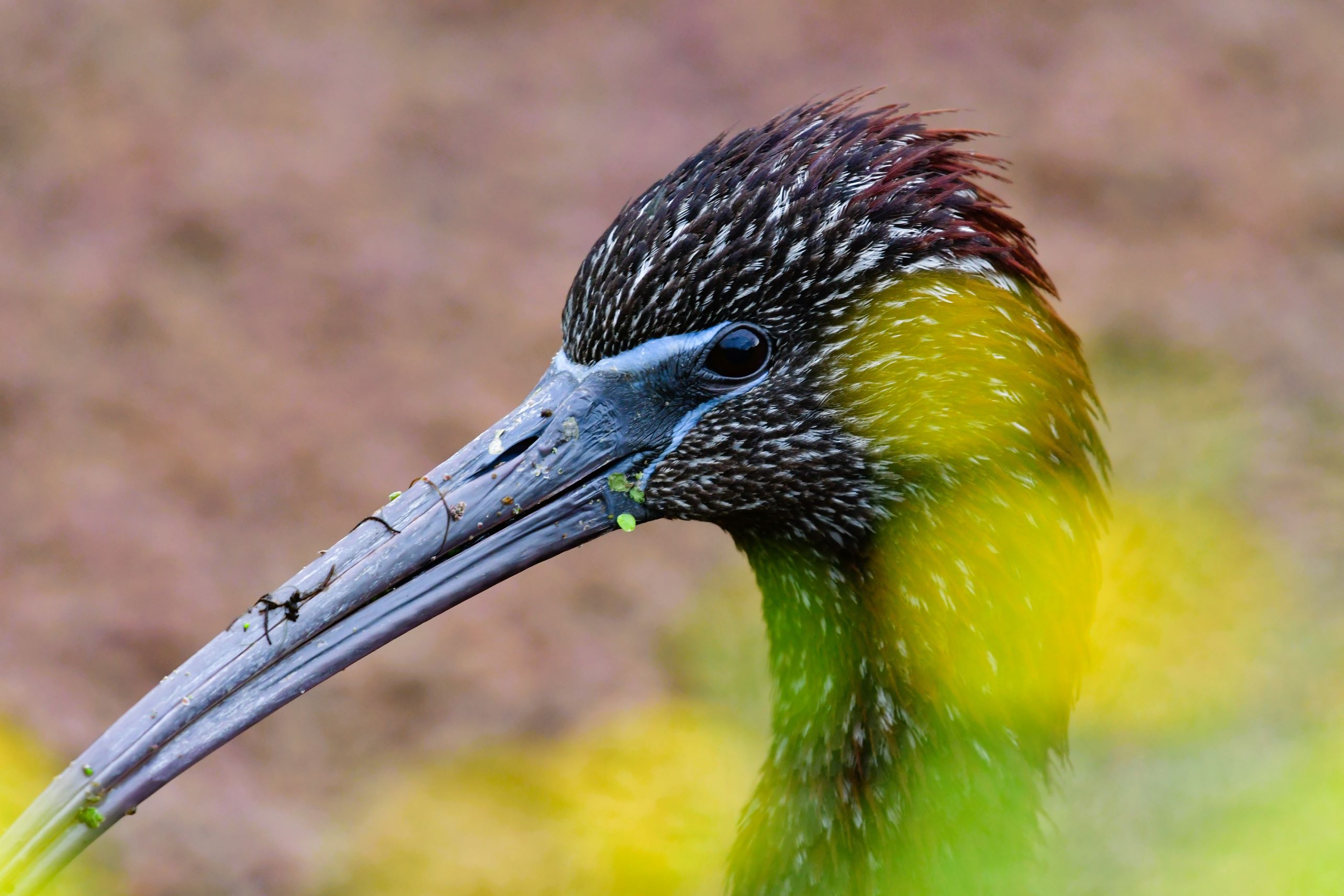 Hadeda ibis at Otter bridge
Hadeda ibis at Otter bridge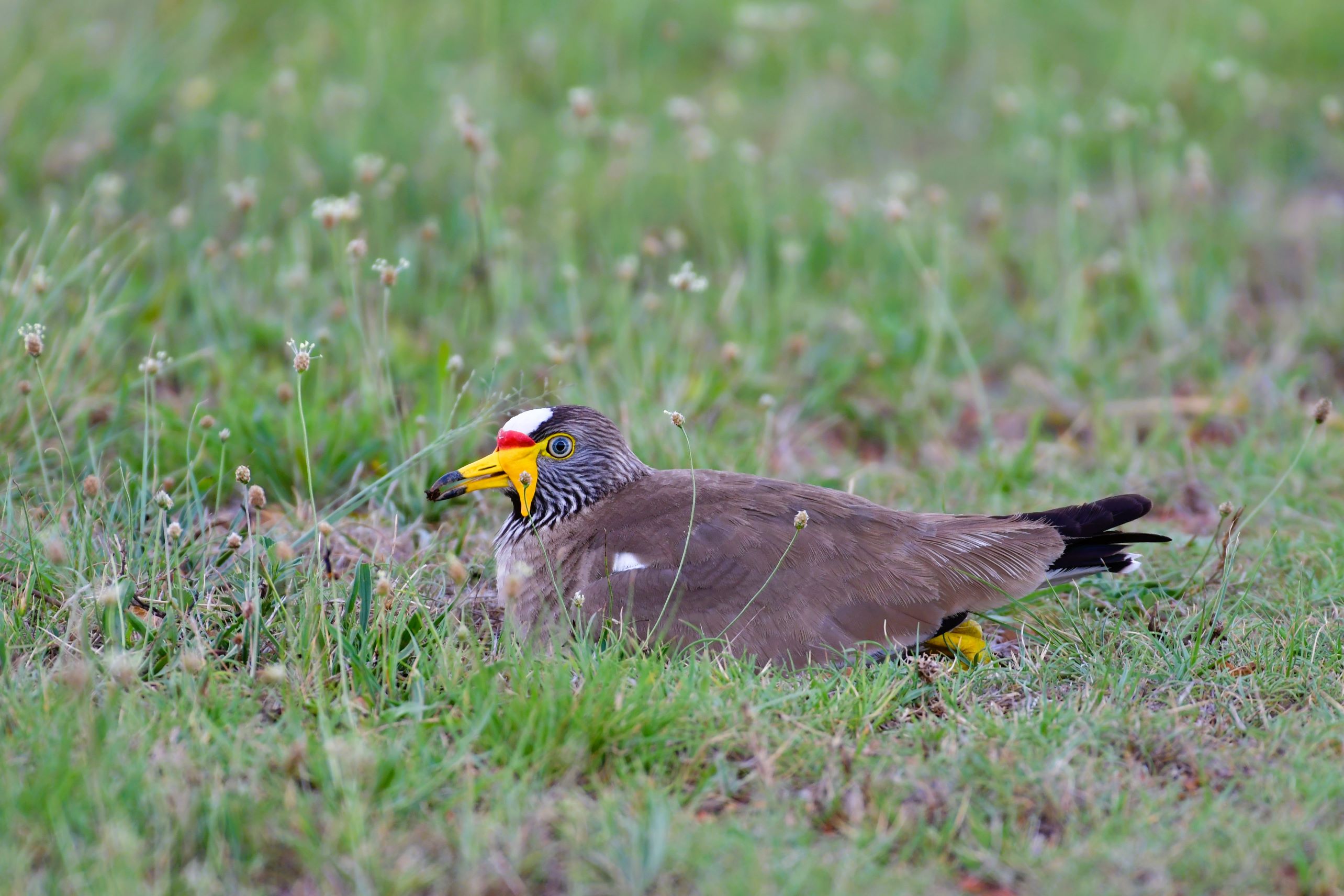 wattled plover sitting on eggs
wattled plover sitting on eggs
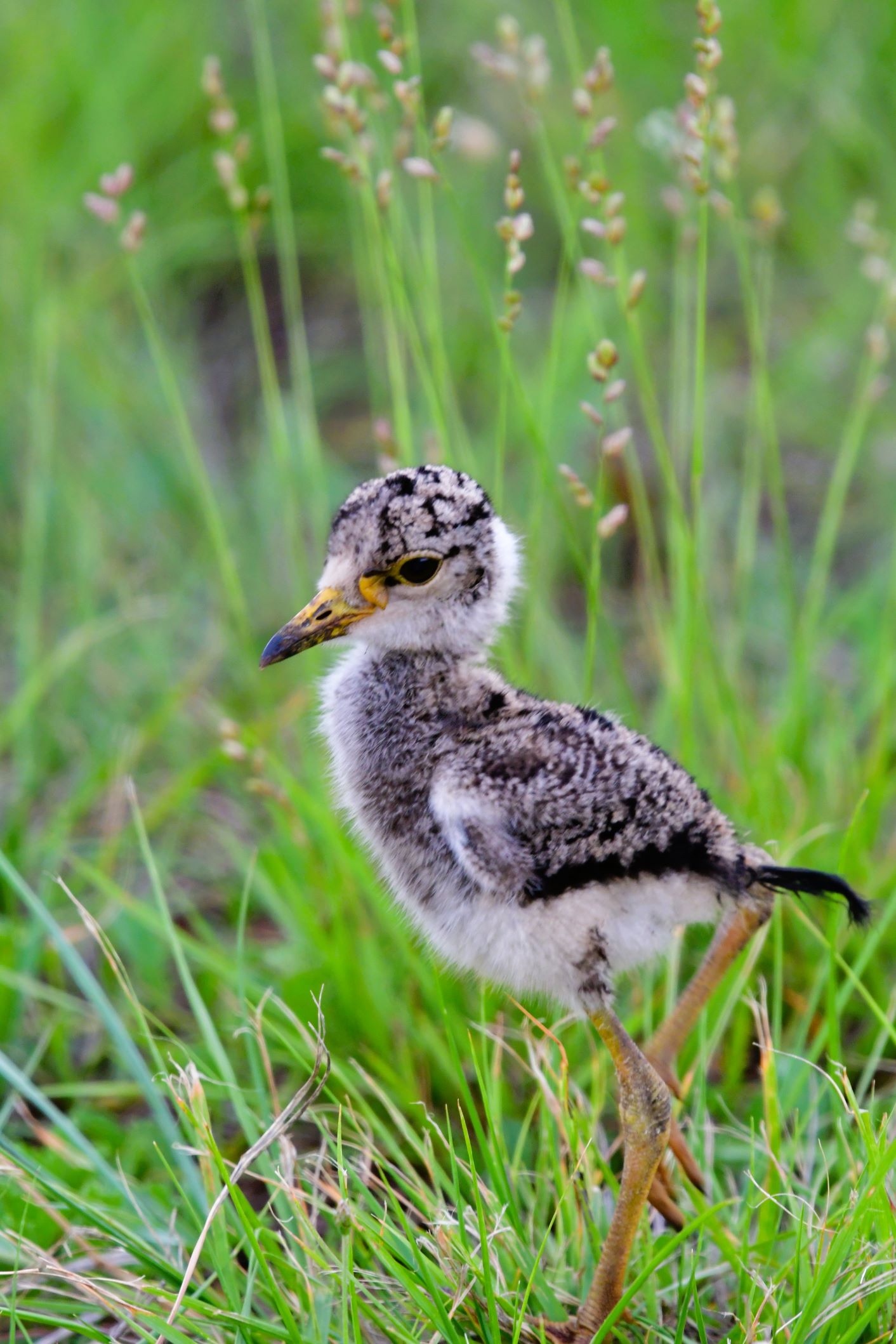 wattled plover chick wattled plover chick |
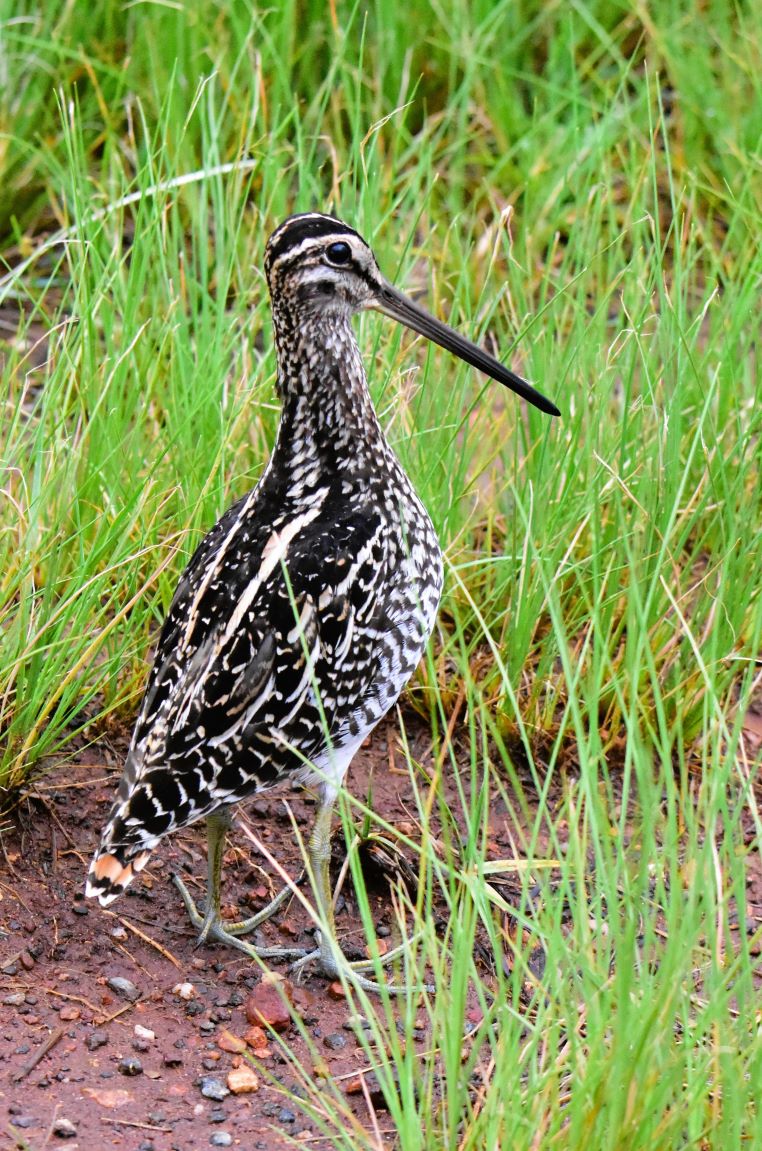 Snipe Snipe |
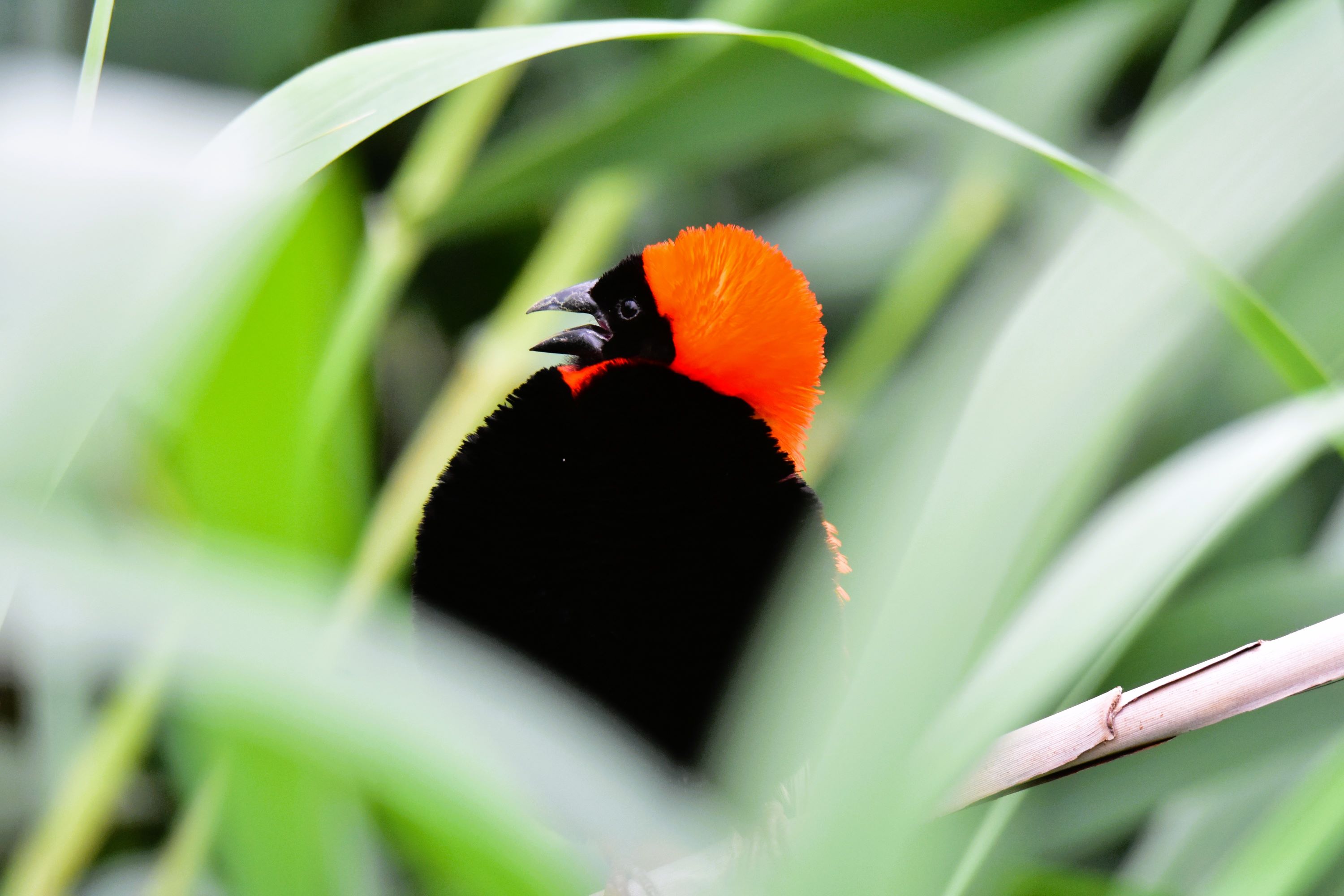 red bishop in the reeds at one of the hides
red bishop in the reeds at one of the hides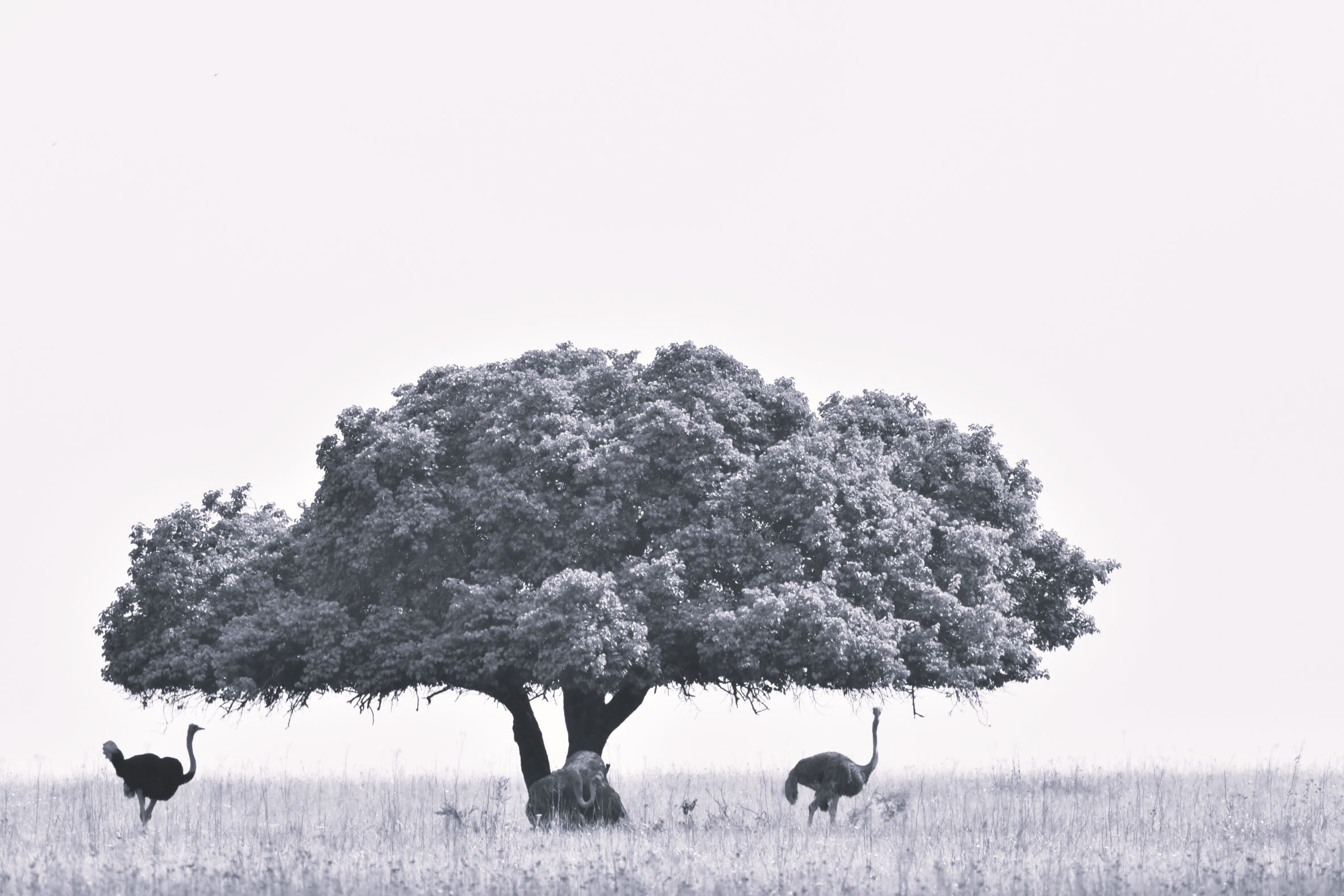 ostriches under our favourite Rietvlei tree
ostriches under our favourite Rietvlei tree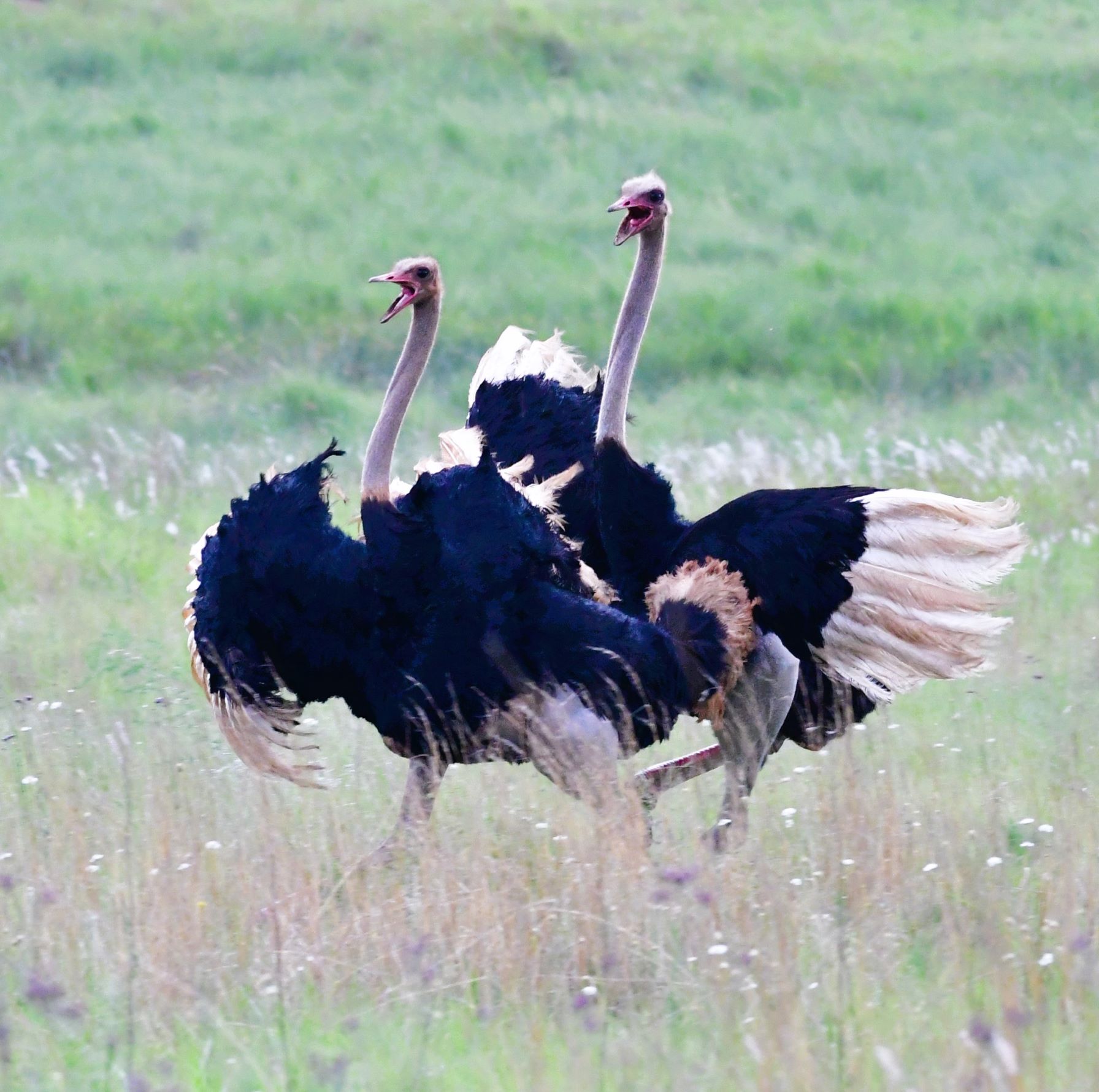 Two males having a dispute
Two males having a disputeTrevor Barnett has captured some amazing images of the black breasted snake eagles feeding their baby...
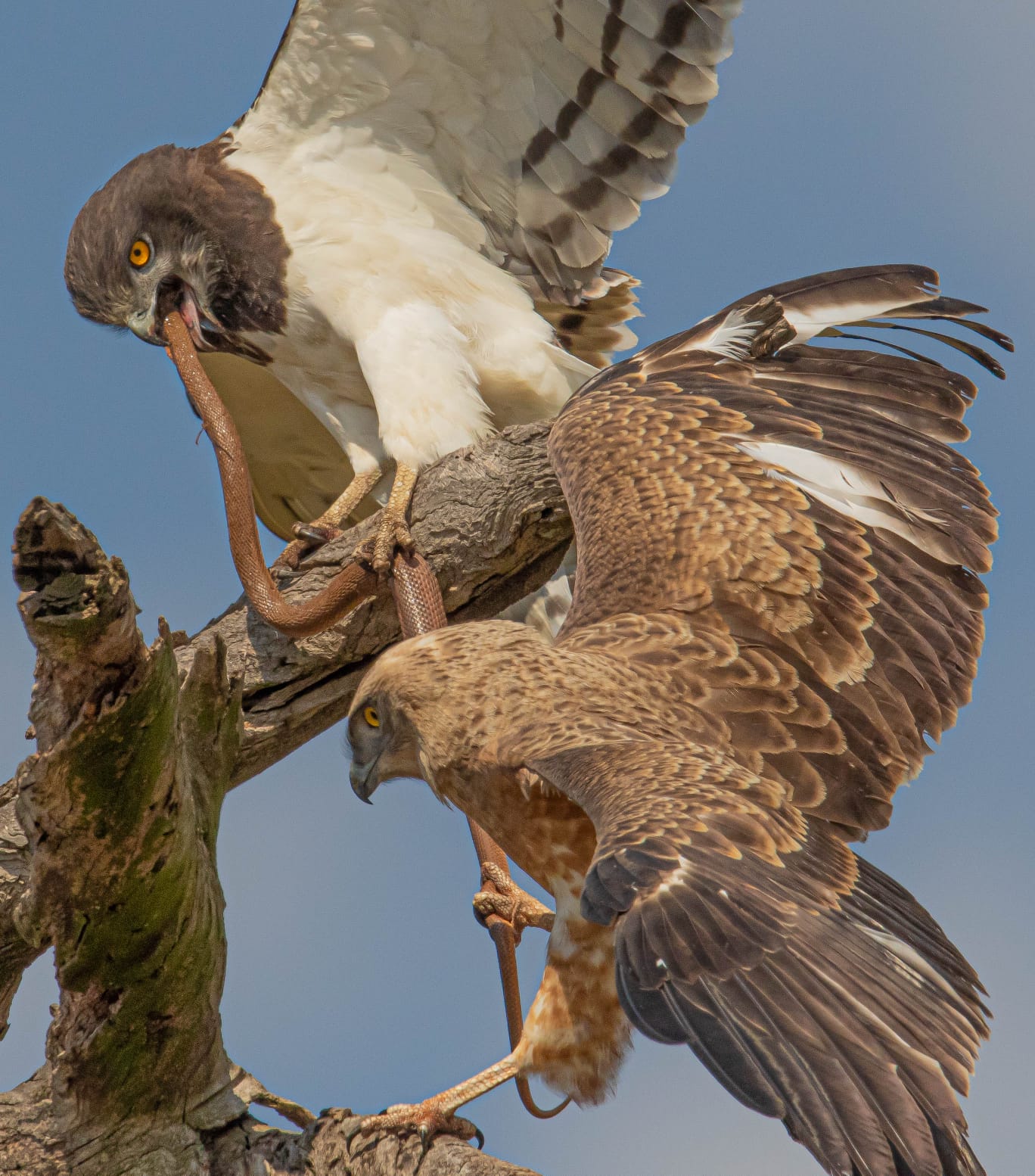 |
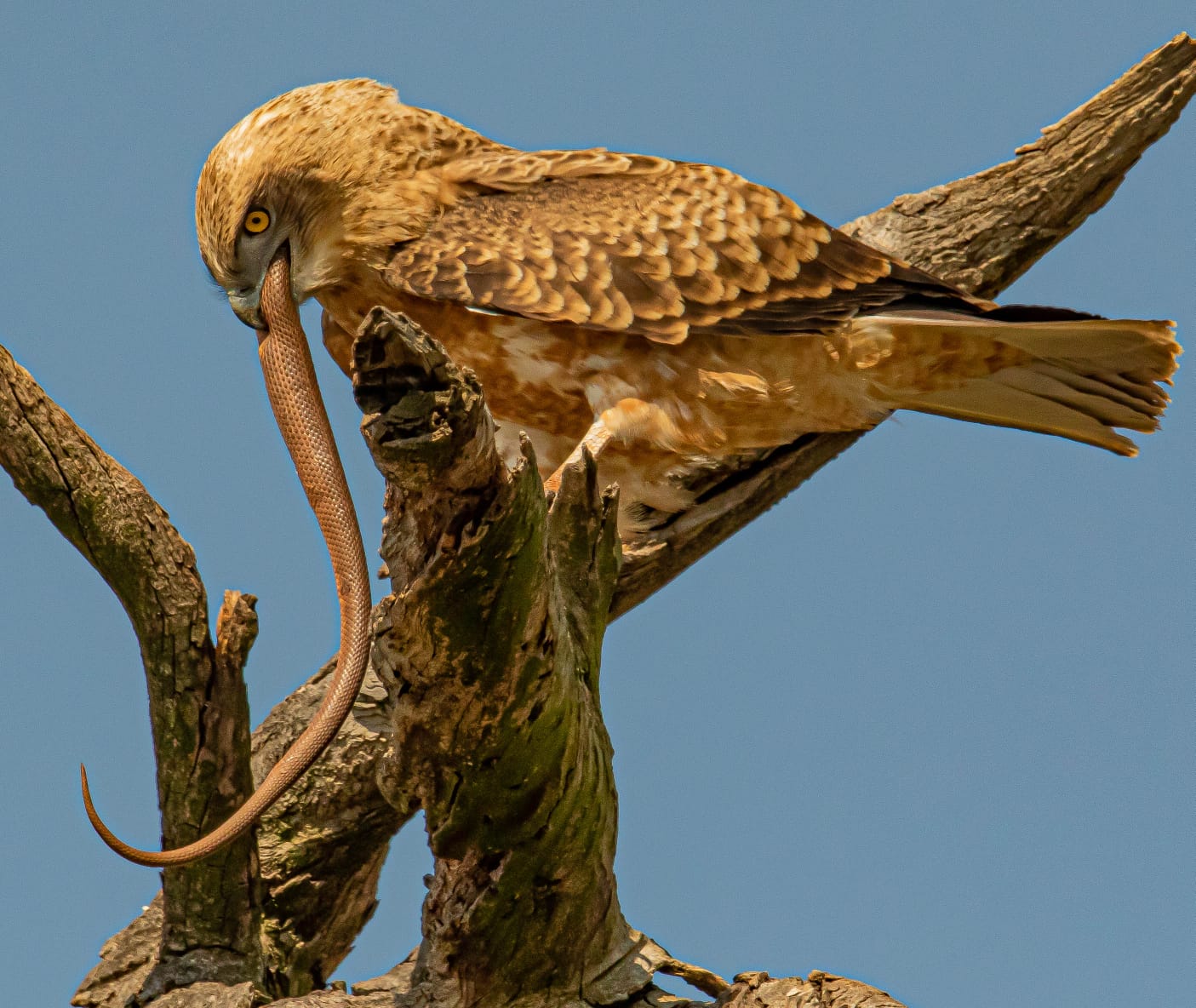 |
The Citizen was impressed with the photos and published one of his images...
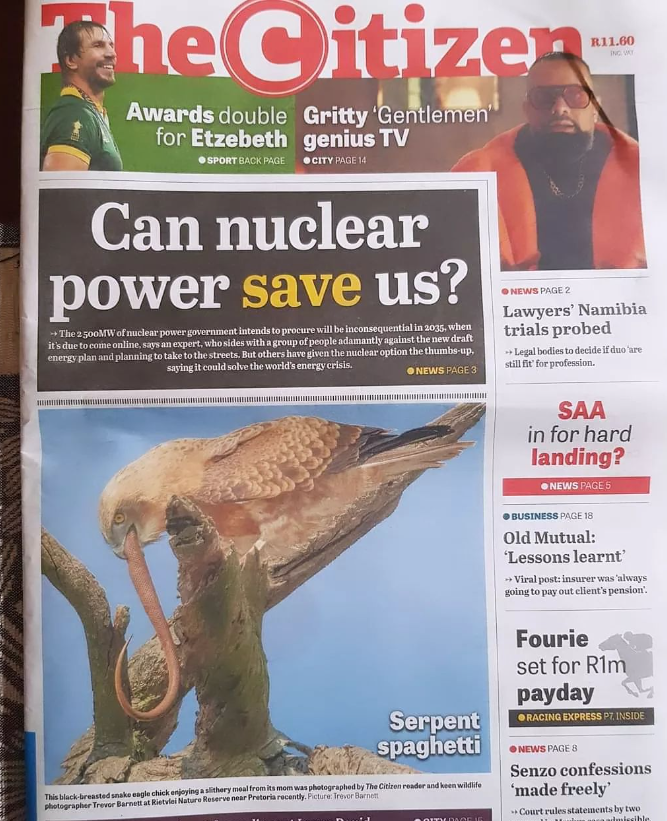
The juvenile is now fending for himself and is catching some large snakes...!
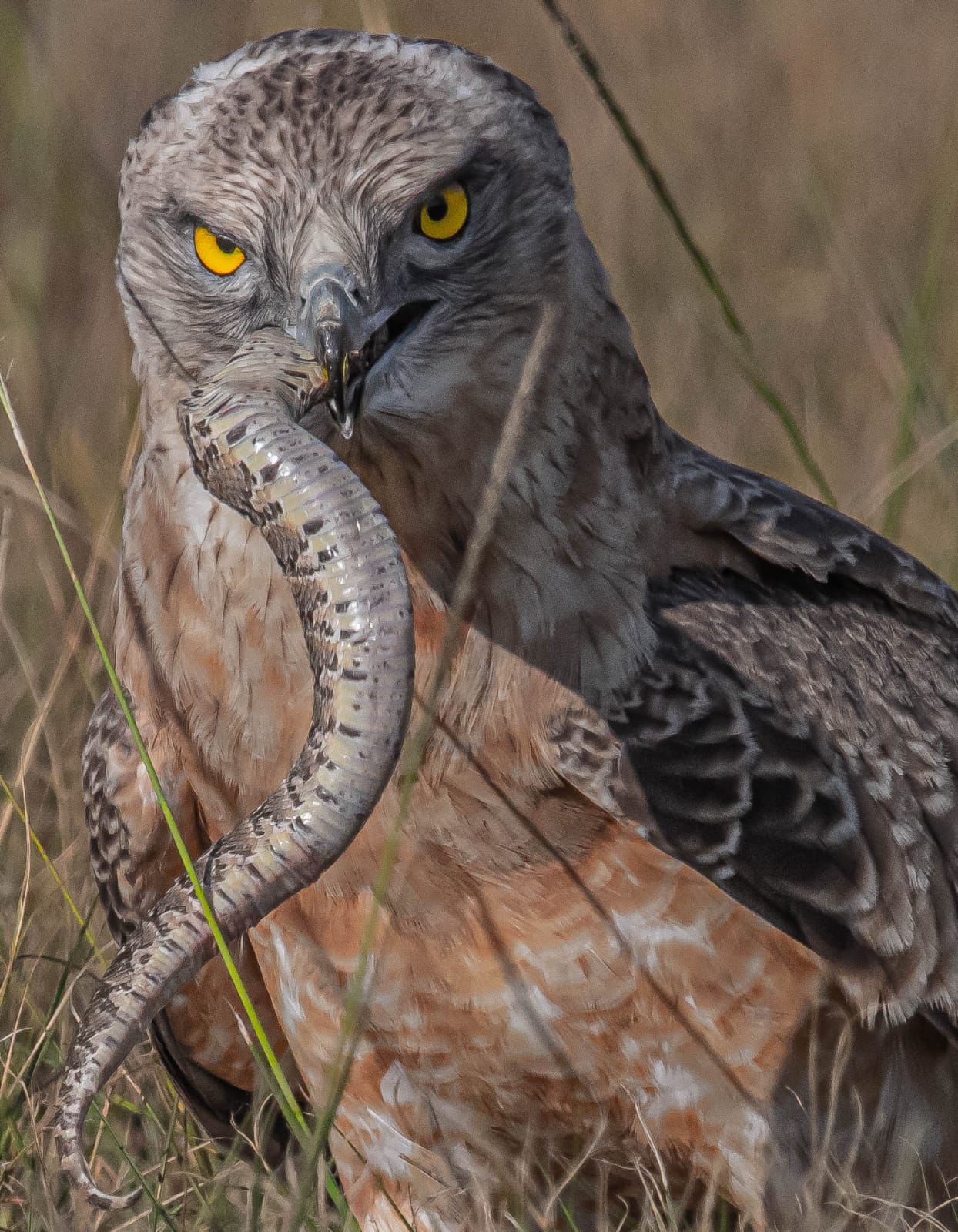 Black breasted snake eagle juveinile with large puff adder
Black breasted snake eagle juveinile with large puff adderPhoto tips - winter
In the early mornings and late afternoons, look out for subjects on the crest of hills so that you can photograph silhouettes. In winter, the sun rises about 30 minutes after you enter the park while in summer the sun tends to already be up when the gates open.
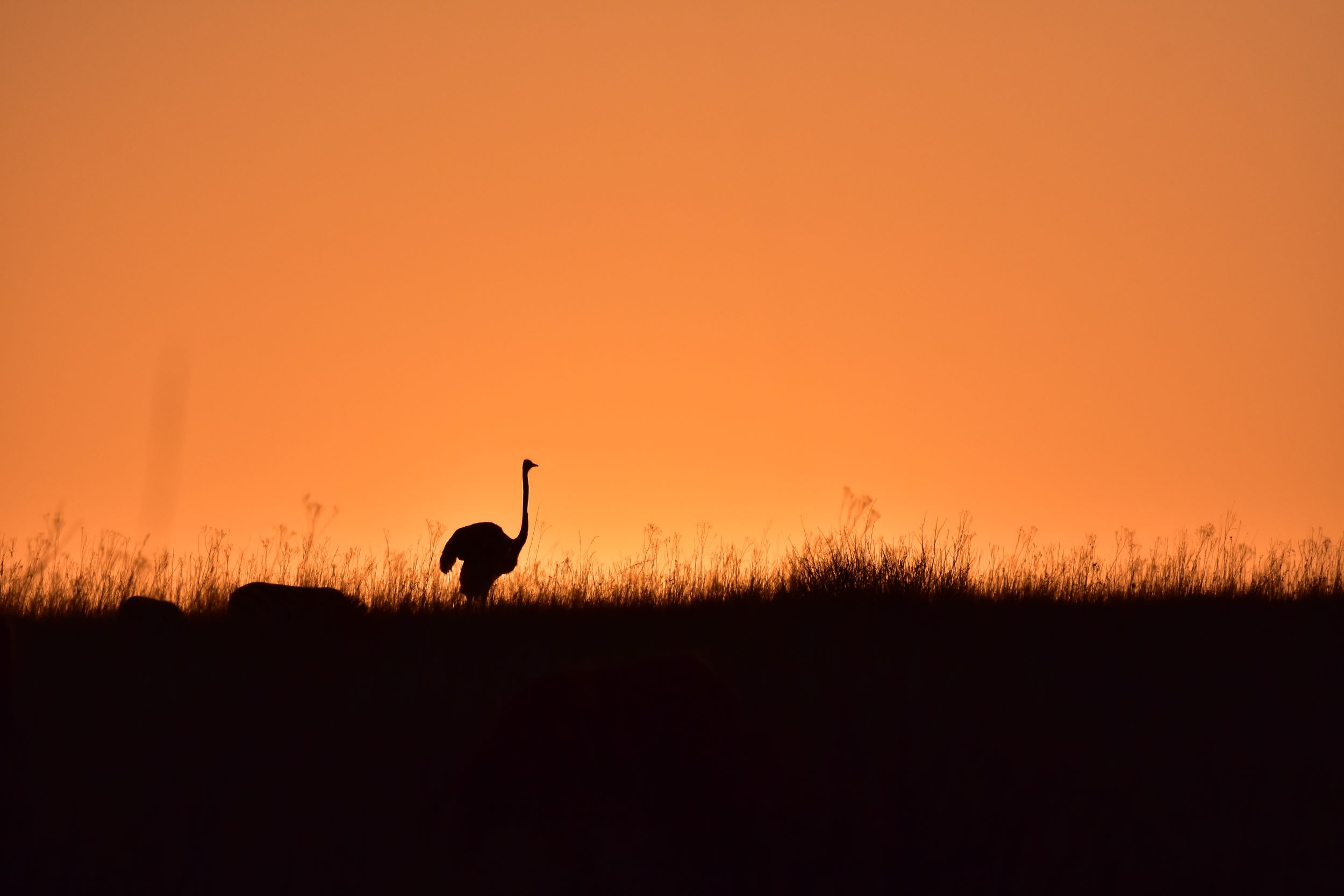
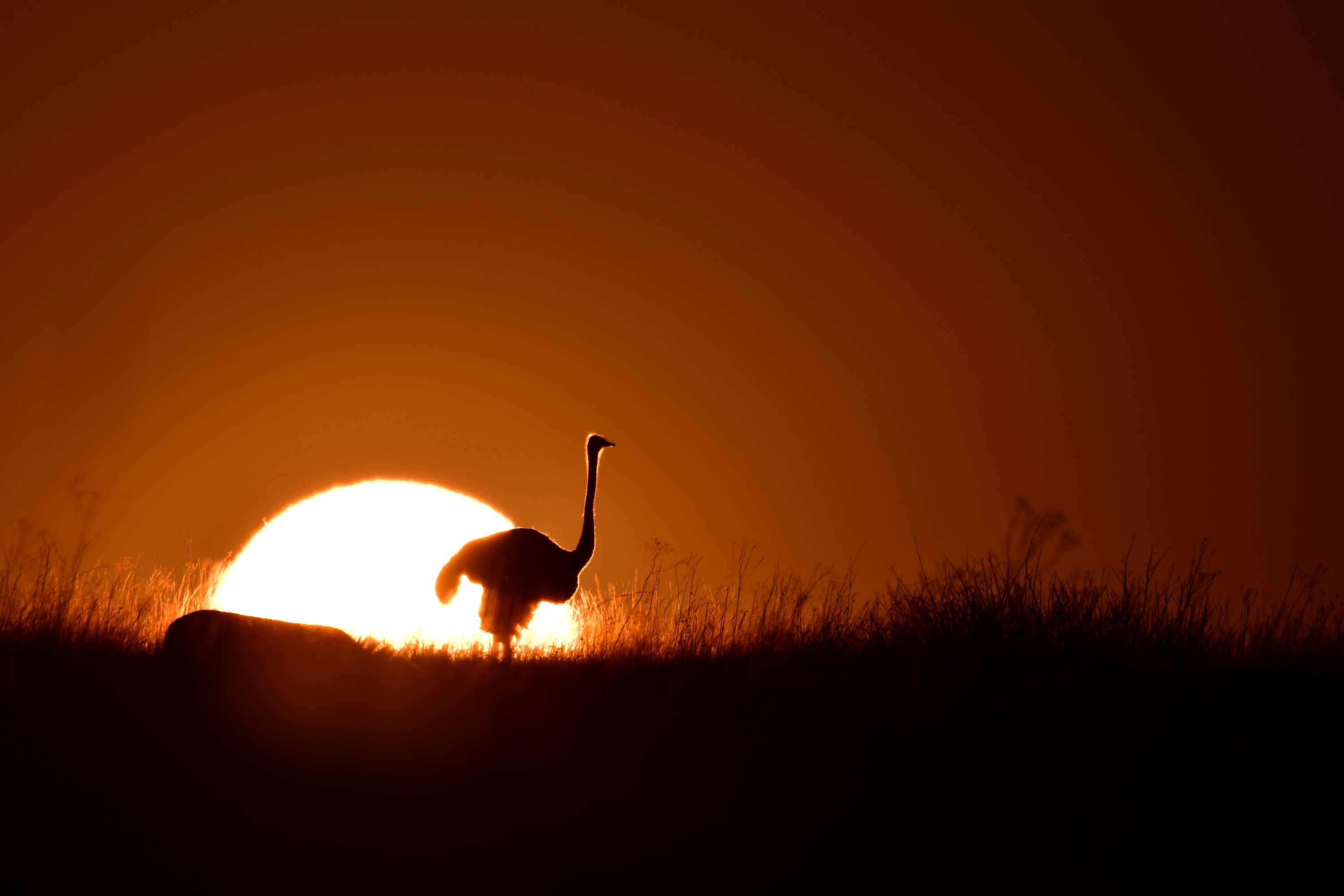
Just remember to expose for the bright sky - spot meter off the sky - otherwise your camera will expose for the dark parts and your image will be over-exposed like this one...
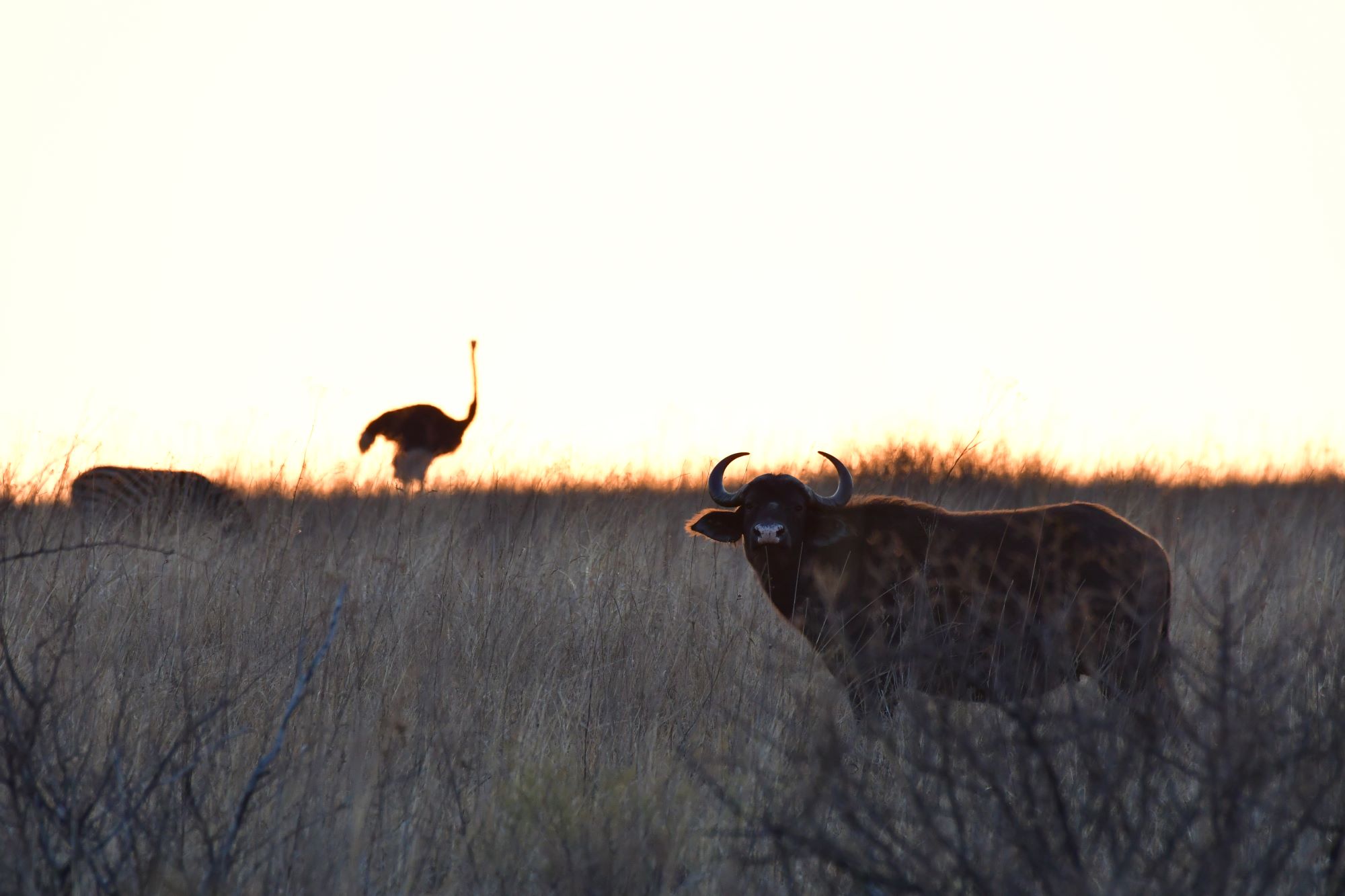
Once the sun has risen, you should look for subjects that are back-lit and you can get rim-lit effects. Rim lighting brings out shapes, textures, and contours that make an image appear more lively, like the rim-lit ostrich below...
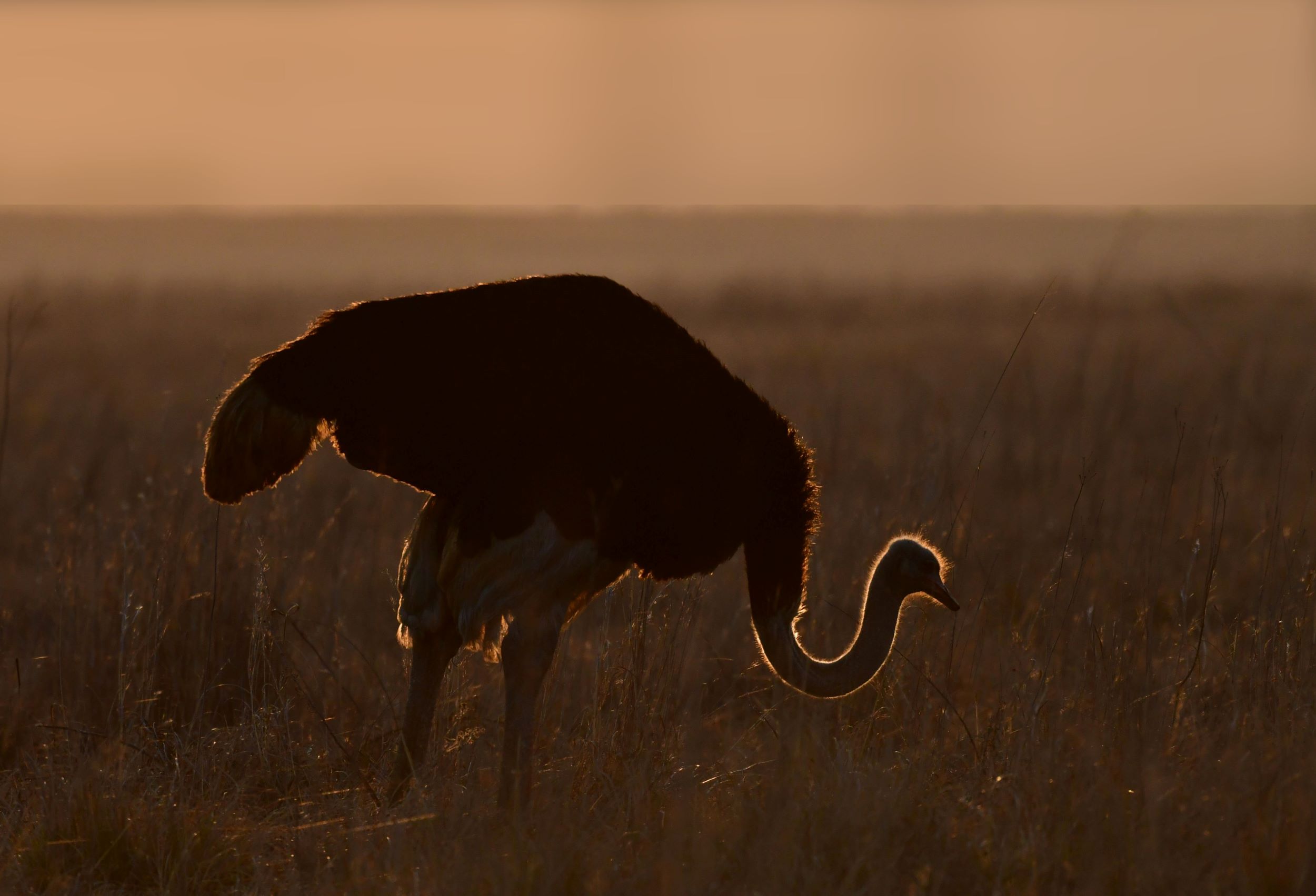
There is always something to photograph in the reserve. We were looking for the serval and came across this blesbok and blackbacked jackal standoff...
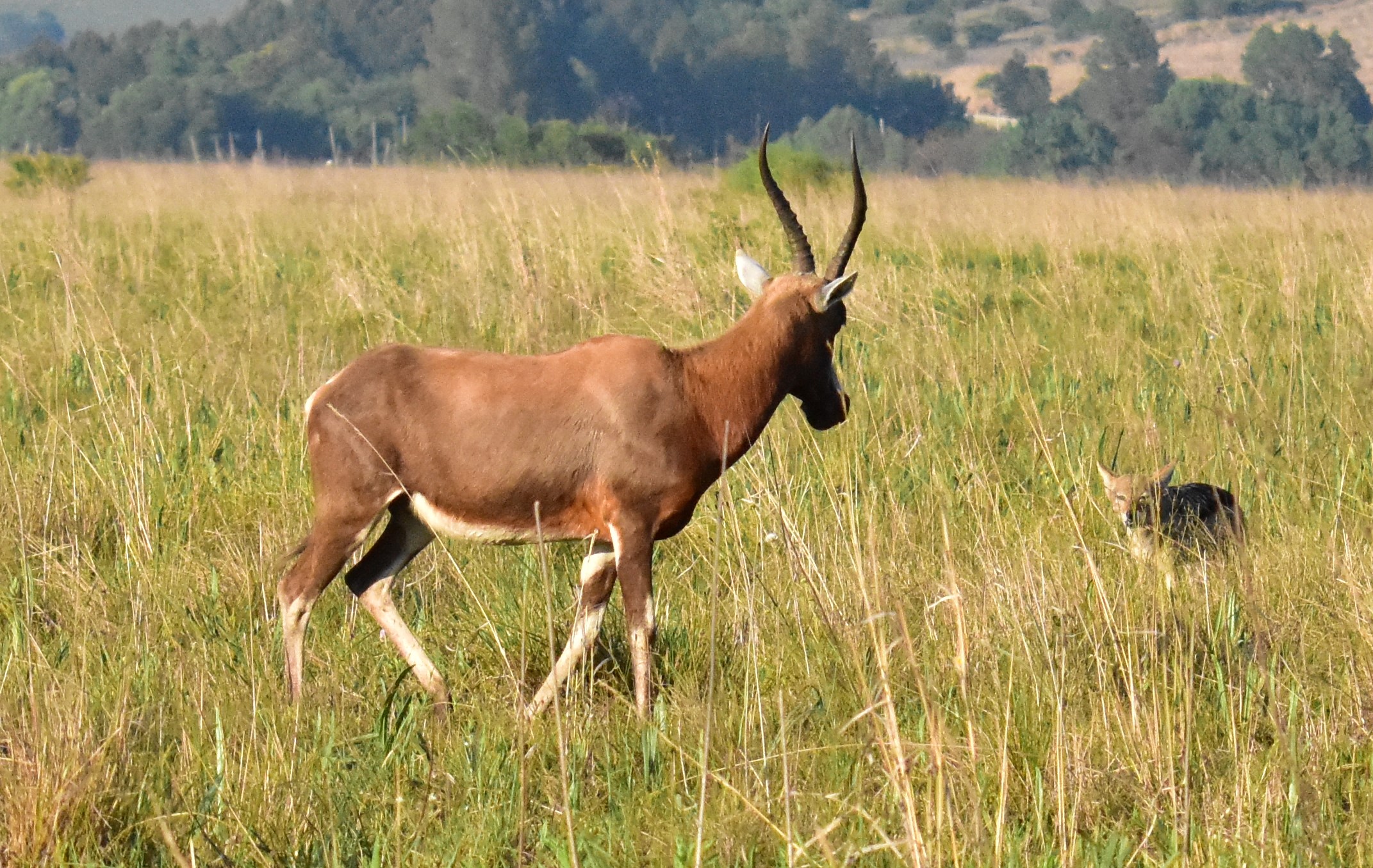
The next minute, the blesbok was chasing the jackal...

and then the jackal was chasing the blesbok...!
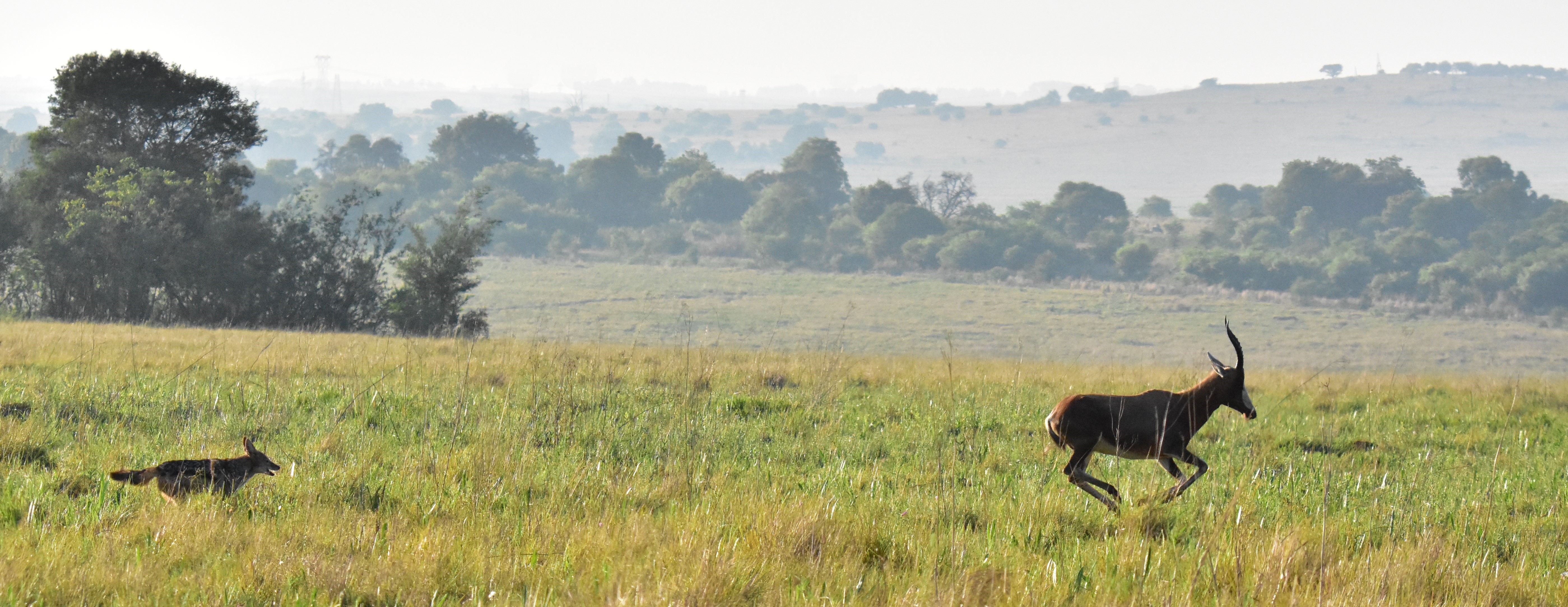
Otter bridge and Vlei bridge are good places to look for birds. The only problem is that there is not much space to park and wait. Unlike the Kruger bridges that are wide or that have extensions for cars to pull over.
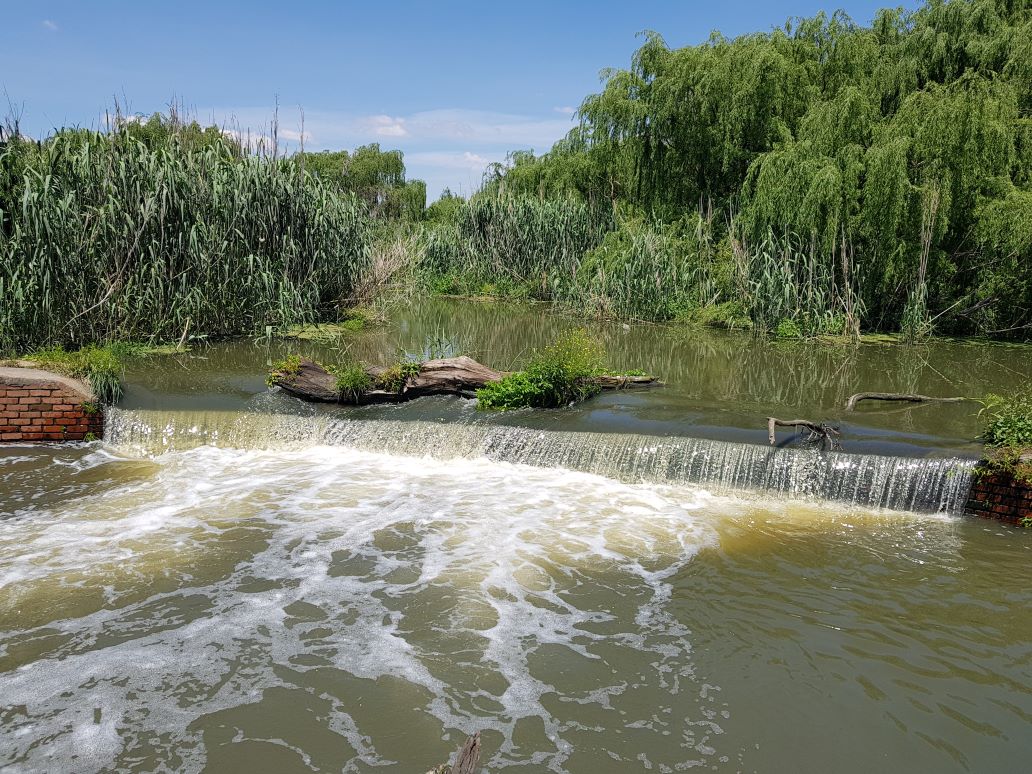
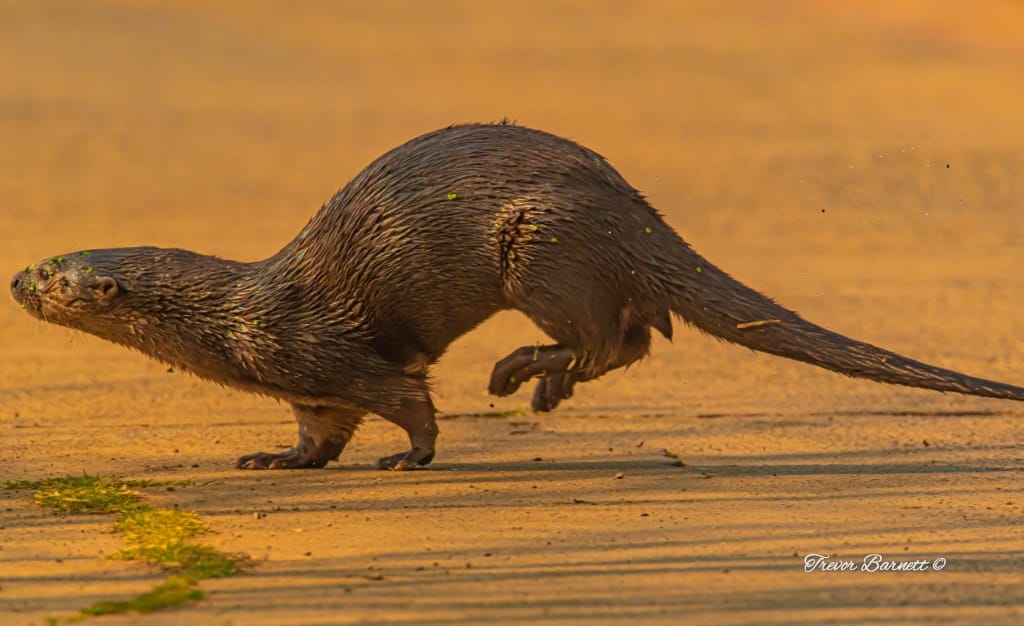 otter running across otter bridge
otter running across otter bridge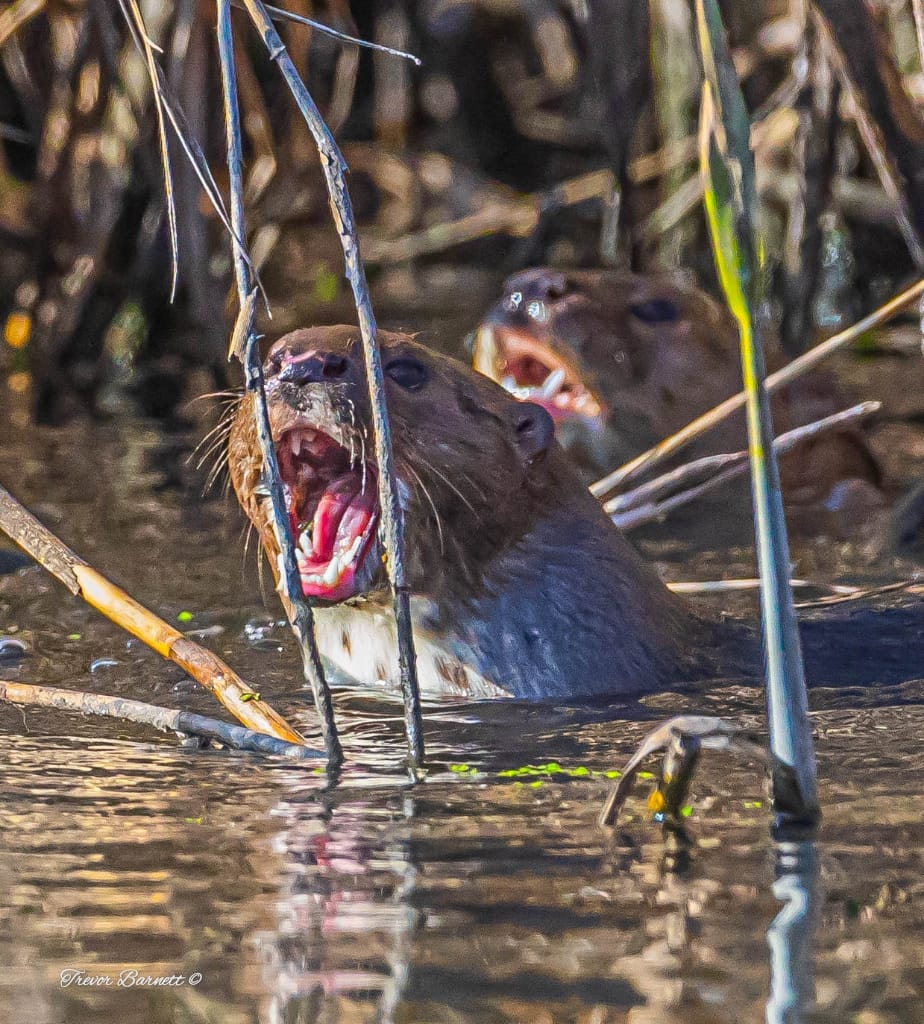 otters move fast and are very difficult to photograph
otters move fast and are very difficult to photograph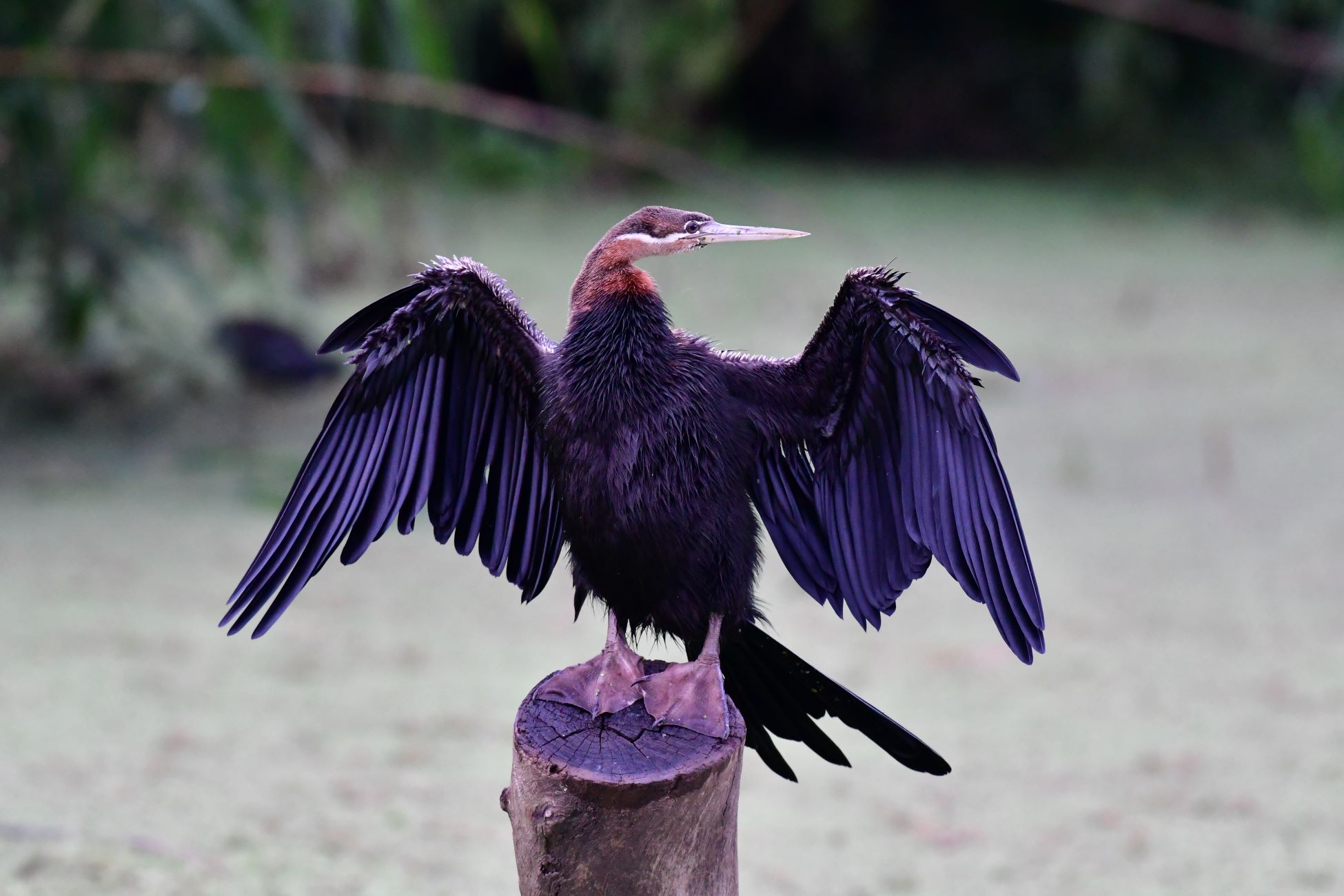
Photo tips - summer
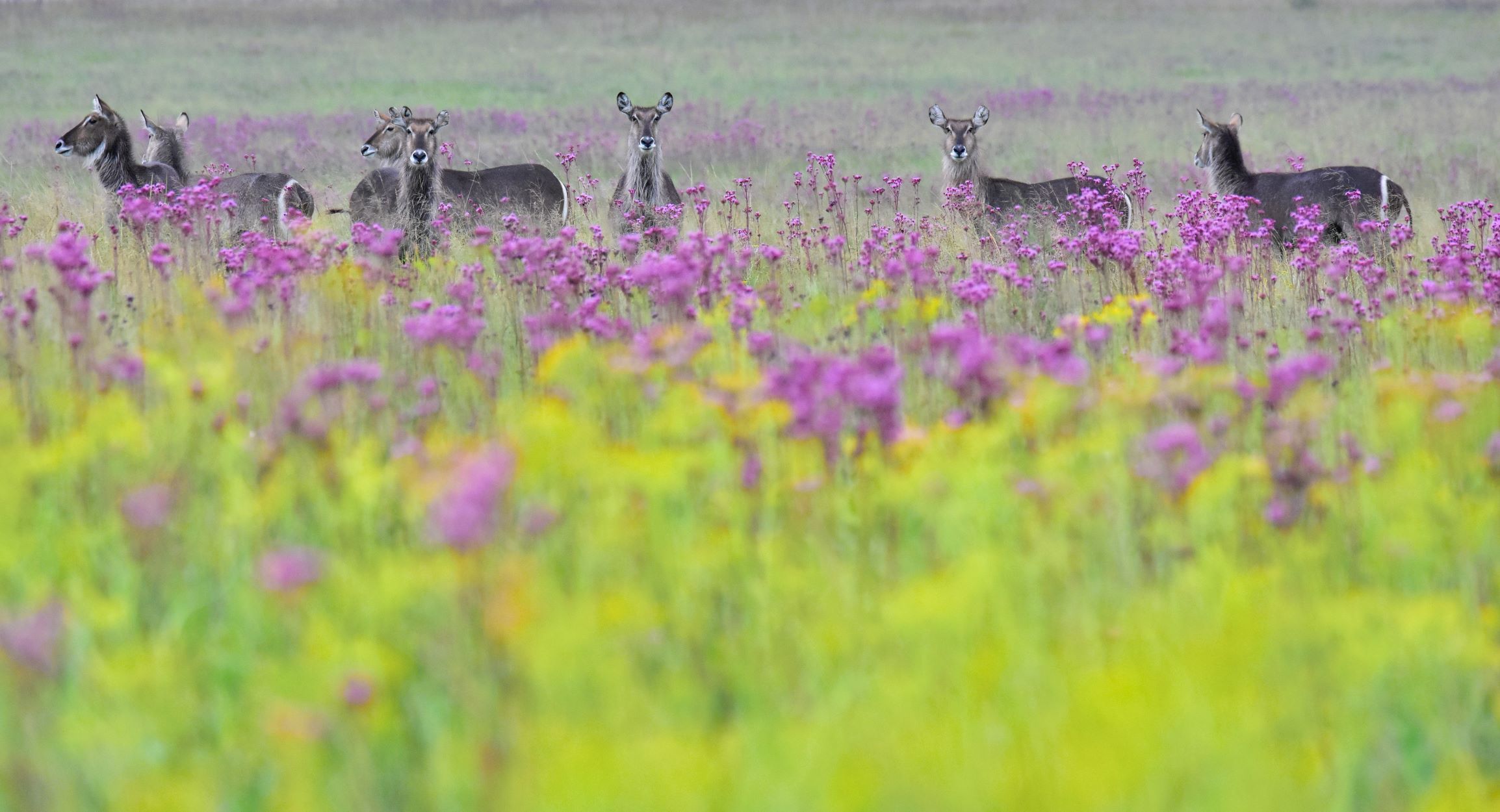
The pompom weed or Campuloclinium macrocephalum has a beautiful pink flower that appears all over Rietvlei from December to March.
However, it is also an alien or invasive plant, native to South America and belongs to the daisy family, Asteraceae.
(Alien refers to the species' having been introduced outside its natural distribution (exotic, non-native and non-indigenous are synonyms for alien). Invasive means tending to expand into and modify ecosystems to which it has been introduced. The pompom weed is an alien from South America and can be invasive if not controlled).
It was introduced on the African continent as an ornamental flower in gardens and, due to the absence of natural enemies, the weed started to invade the land, outcompeting indigenous species. Pompom weeds then rapidly became the most serious threat to the conservation of the grasslands of South Africa, according to the Agricultural Research Council.
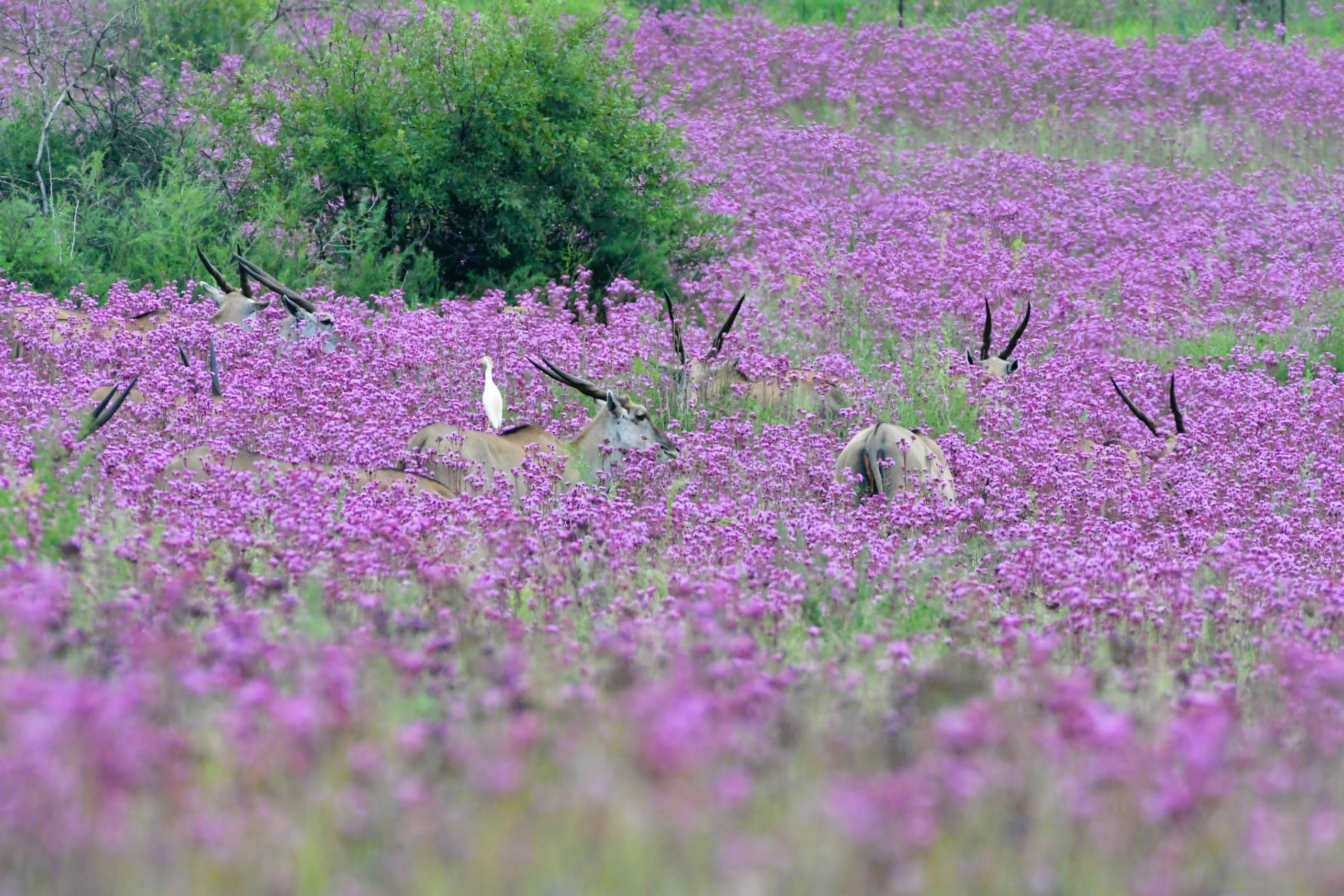 Herd of eland in the pink pom pom flowers
Herd of eland in the pink pom pom flowersThis pretty pink flower is a perennial plant that grows 1.5m high. Because it retreats underground during winter, the weed survives fires and frost.
The plant is difficult to pull out as it breaks off just above the soil and the roots remain after burning and herbicides have been proven to be largely ineffective. Hence, bio-control scientists recently released a tiny insect known as the pompom thrips (Liothrips tractabilis) into the fields of pink-flowering pompom weed at Rietvlei Nature Reserve.
Scientists warn that it will take several seasons for entomologists to build up large enough populations of Liothrips to halt the spread of the pompom weed.
Until then, make the most of your visit to Rietvlei, especially from the end of December to the middle of March, when the flowers are at their peak. You can get amazing images of ordinary animals…!
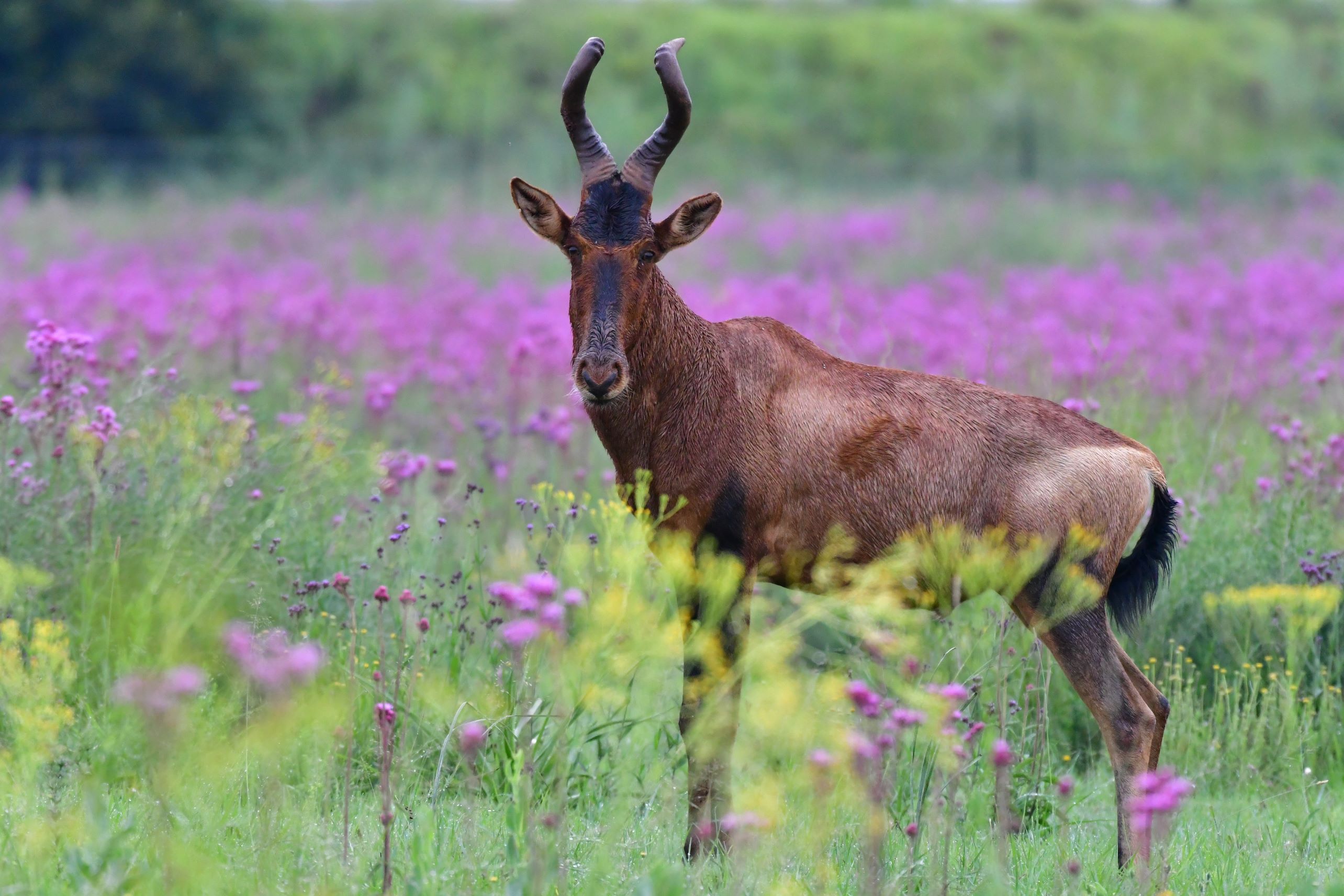
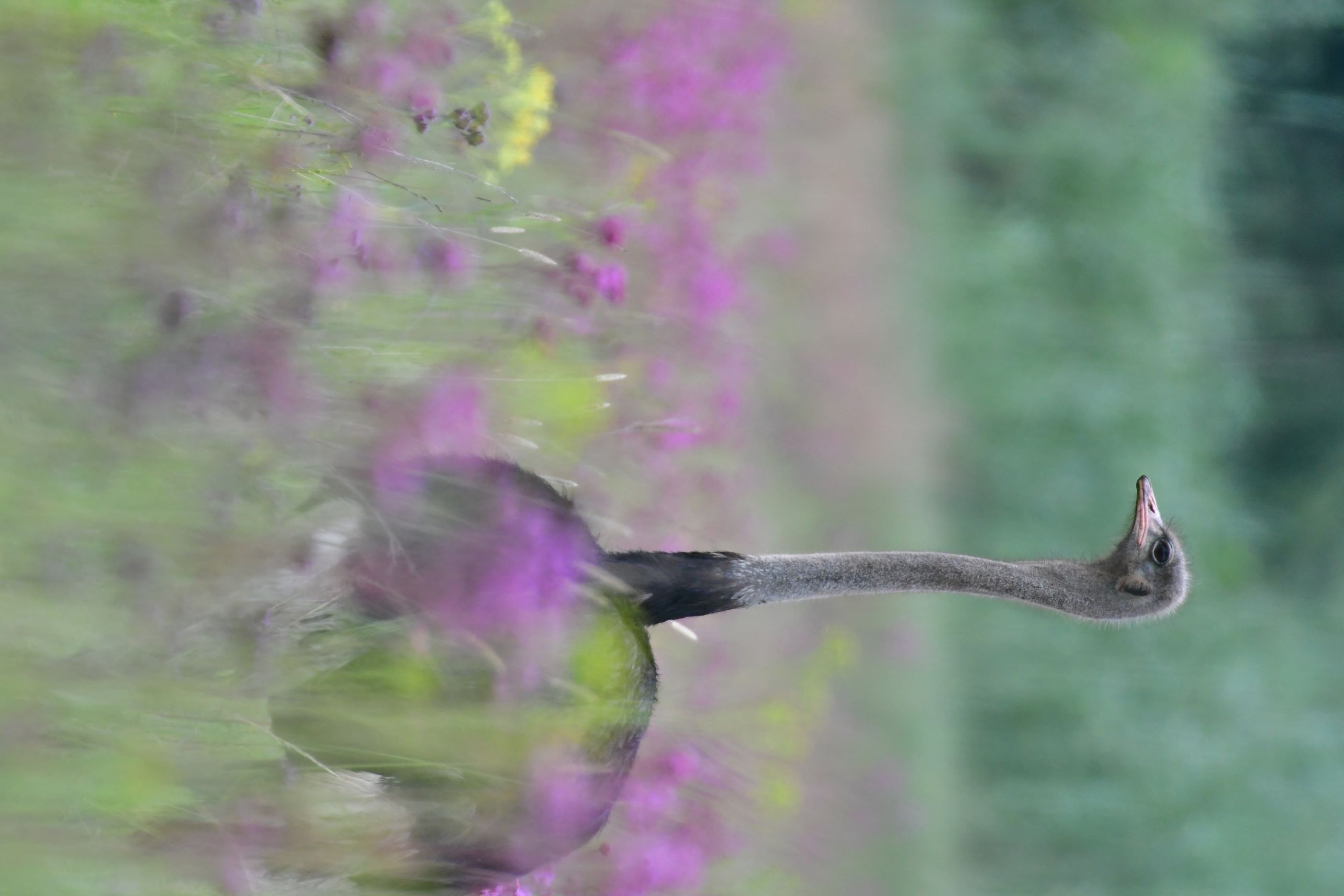 |
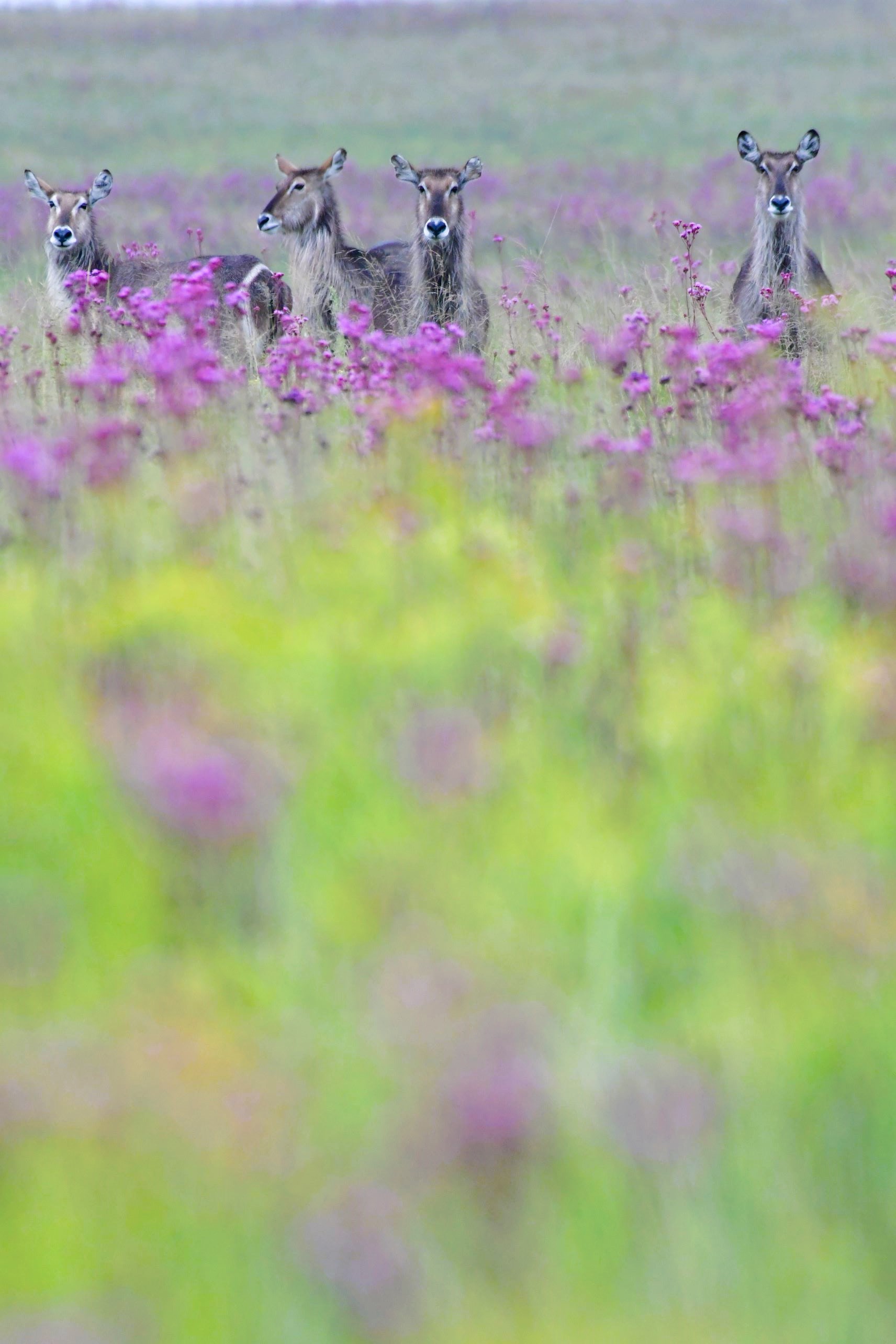 |
The best days to photograph wild flowers are overcast days because the colours will then pop.
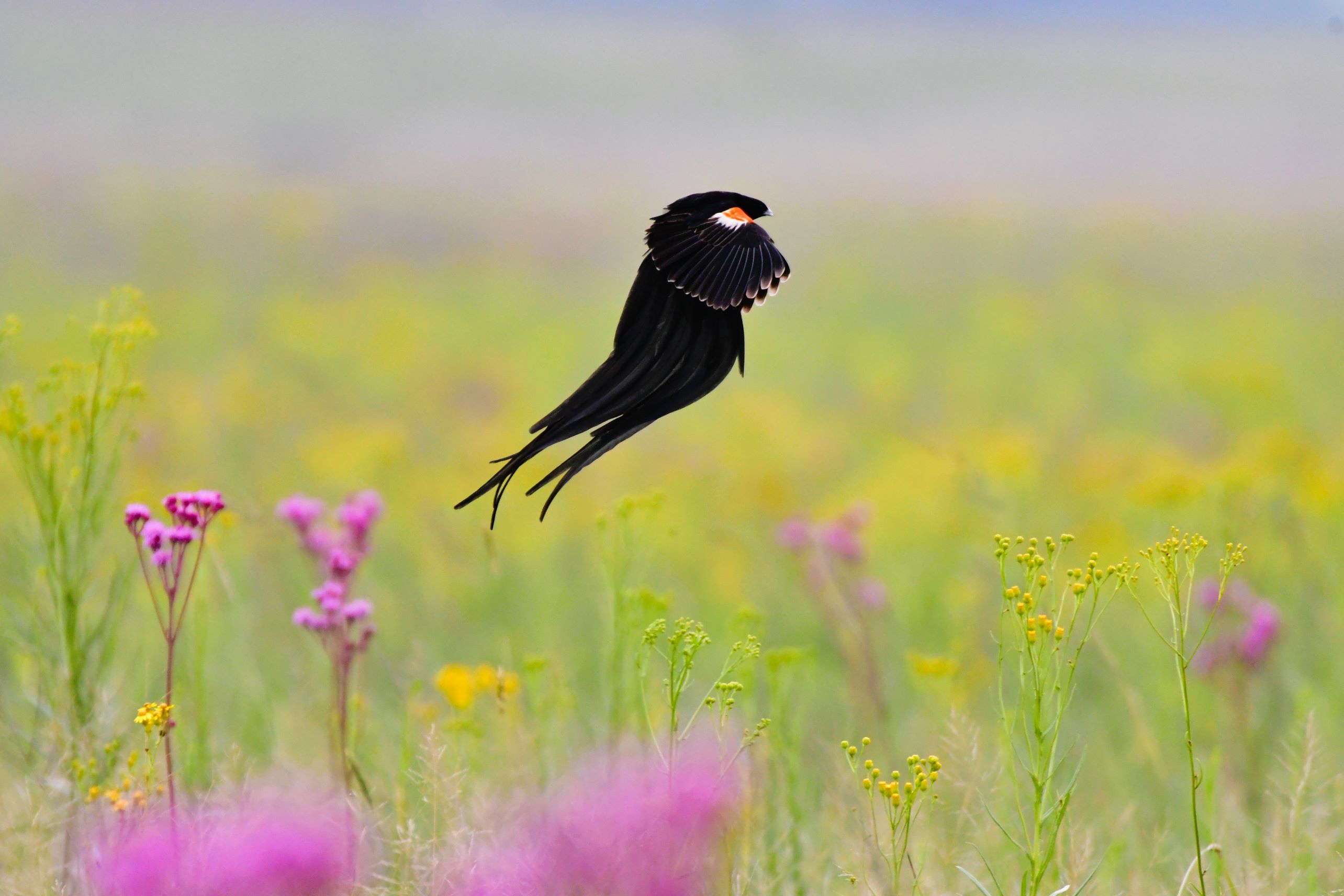
We posted these images on a Rietvlei Facebook page and most people appreciated their beauty but some did not. Here are three of the comments with our responses...
“wish people would realize just how awful this plant is!!”
- Yes, we realise the plant is an invasive alien from South America but that doesn’t detract from its beauty. It was originally brought into South Africa in bales of horse feed during the Anglo-Boer War (1899-1902). Because of its beauty, people planted it in their gardens. The flowers make impressive photographs.
“I chose to take photos with natural background with none of this weeds visible!”
- So the pompom weed isn’t natural? Or, should we pretend it's not there because it's invasive and photograph only subjects that are away from the weeds?
“We visited the reserve on 26th December and (in ignorance) we thought these stretches of pink were just too pretty. Reminded us of the flower season on the West Coast.”
- You were not ignorant to think the pink pompom weed is pretty. Just because something is bad doesn’t mean it is ugly. The park staff are doing what they can to get rid of the weed but until then, the pretty pompom flowers make for great photographs!
There is also the voice of sanity amongst all the strange comments...
"I went to Rietvlei to get some photos with these flowers as they make such a beautiful addition to the photos. It’s not their fault that they are invasive and why bash someone who finds them pretty?"
"Yes, and taking a photo of them doesn't act as fertilizer for growth. It's just pretty".
So, keep alert for these types of photo opportunities - the reserve has much more to offer than just cheetahs.
Photography Challenges
The reserve is small and 100 cars are allowed in per day. We usually visit on weekdays so there are maybe 10 cars max. Saturdays there could be around 50 cars but the majority head for Marais Dam and they enjoy a picnic so the roads are not conjested like the southern Kruger.
The reserve can get busy on Sundays and holidays.
The biggest challenge is to keep buildings that surround the reserve and the powerlines out of your photos...!
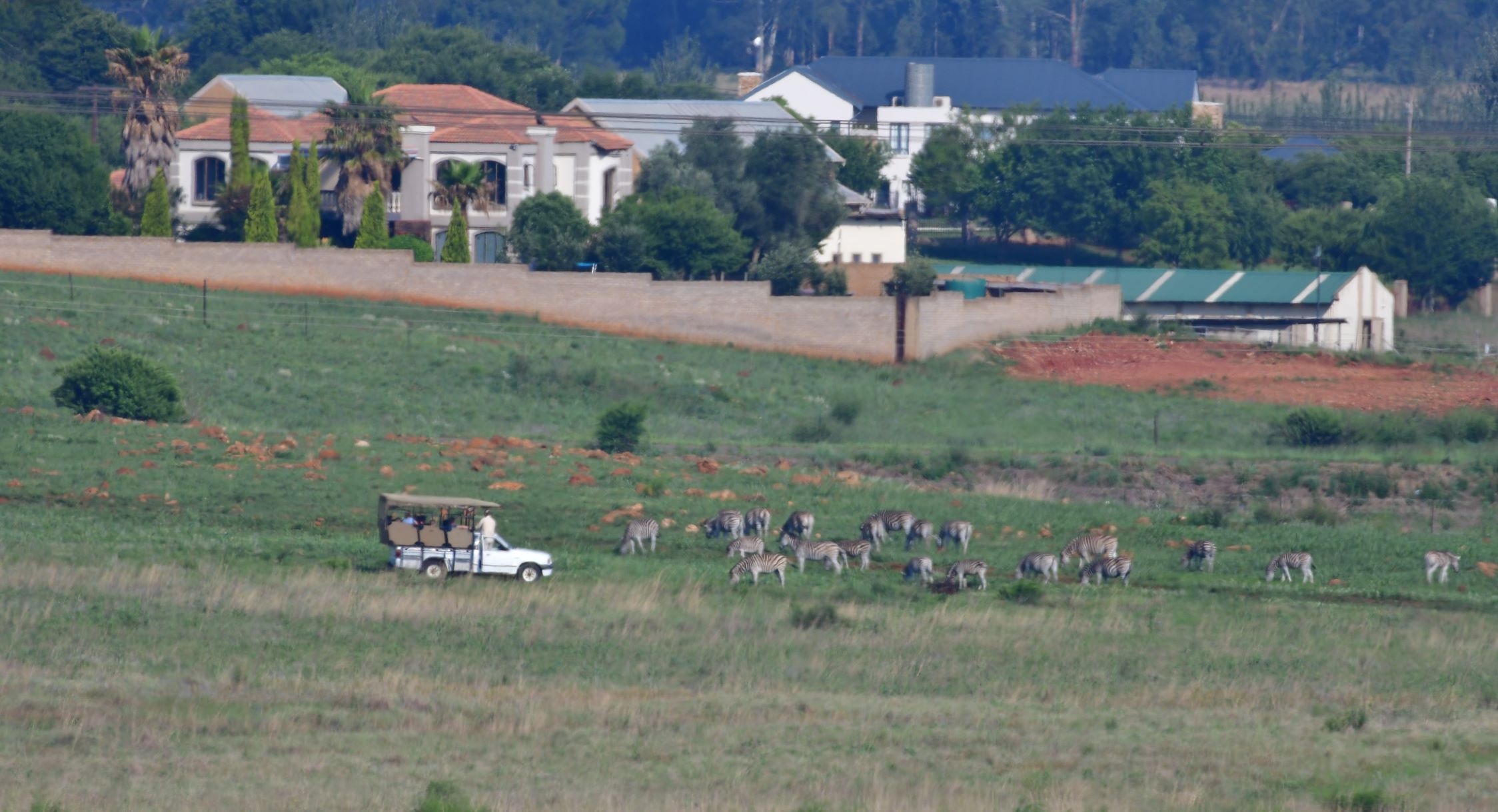
Rietvlei Nature Reserve Food
There is a coffee shop and picnic area in an enclosed area. The coffee shop used to serve good food but recently the food and service quality have plummeted so we will be bringing our own food.
You can sit outside or inside the old historical homestead that was built by Stephanus Petrus “Swart lawaai” Erasmus and his wife Anna Catharina, between 1875 and 1904.
The Rietvlei Coffee Shop was established in January 2010.
The homestead then...
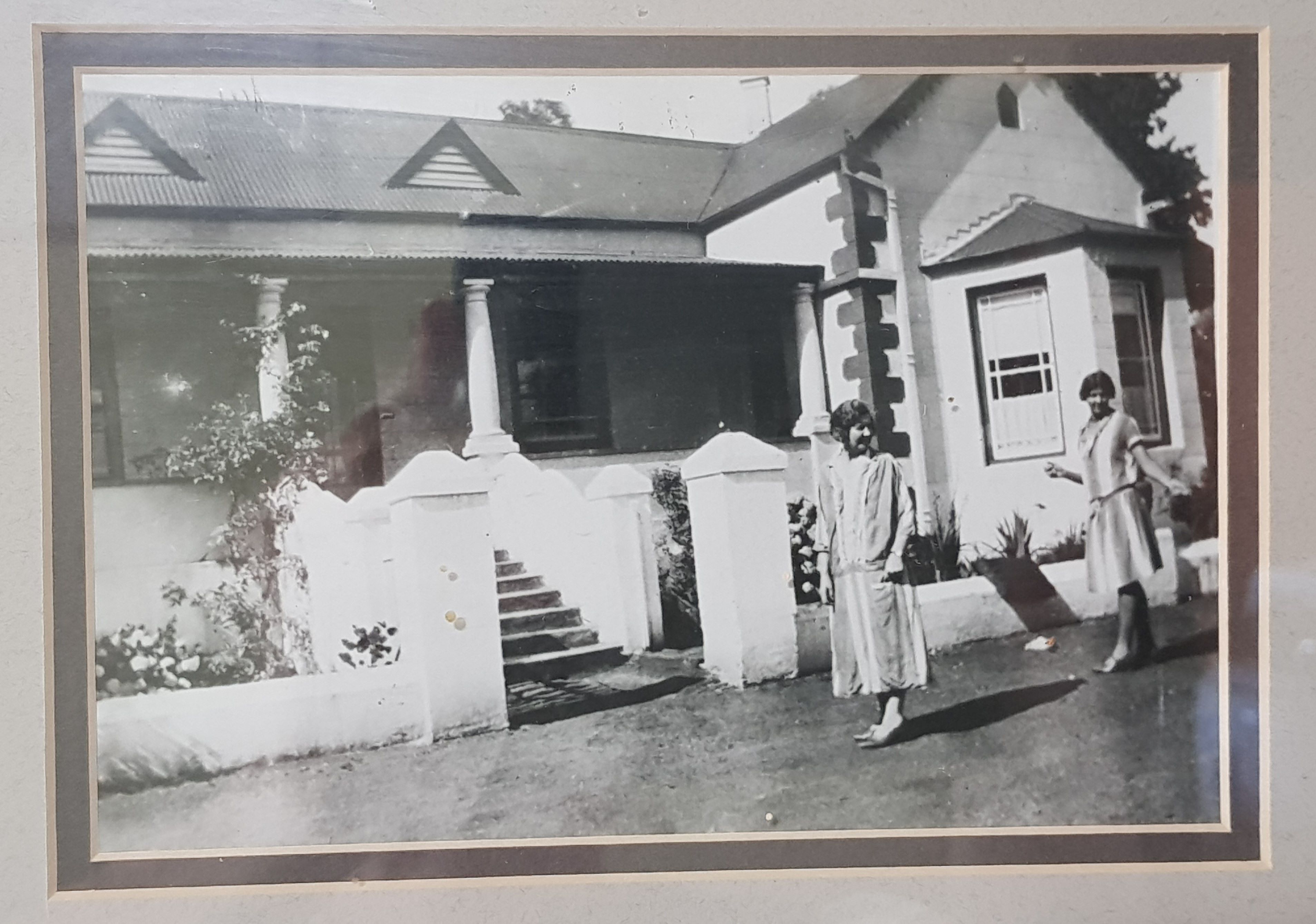
and today...
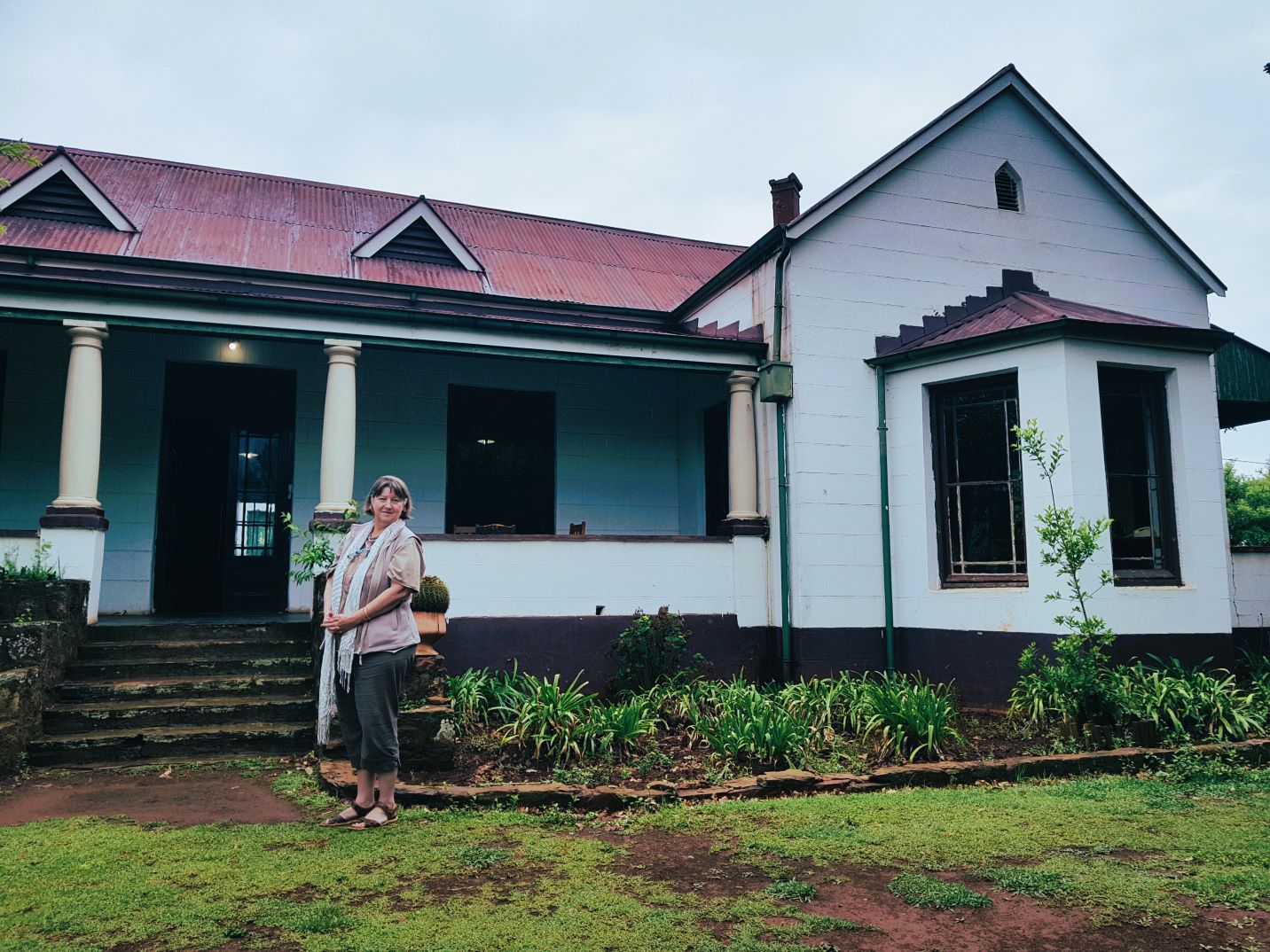
There are four pieces of black wildebeest artwork next to the ablutions...
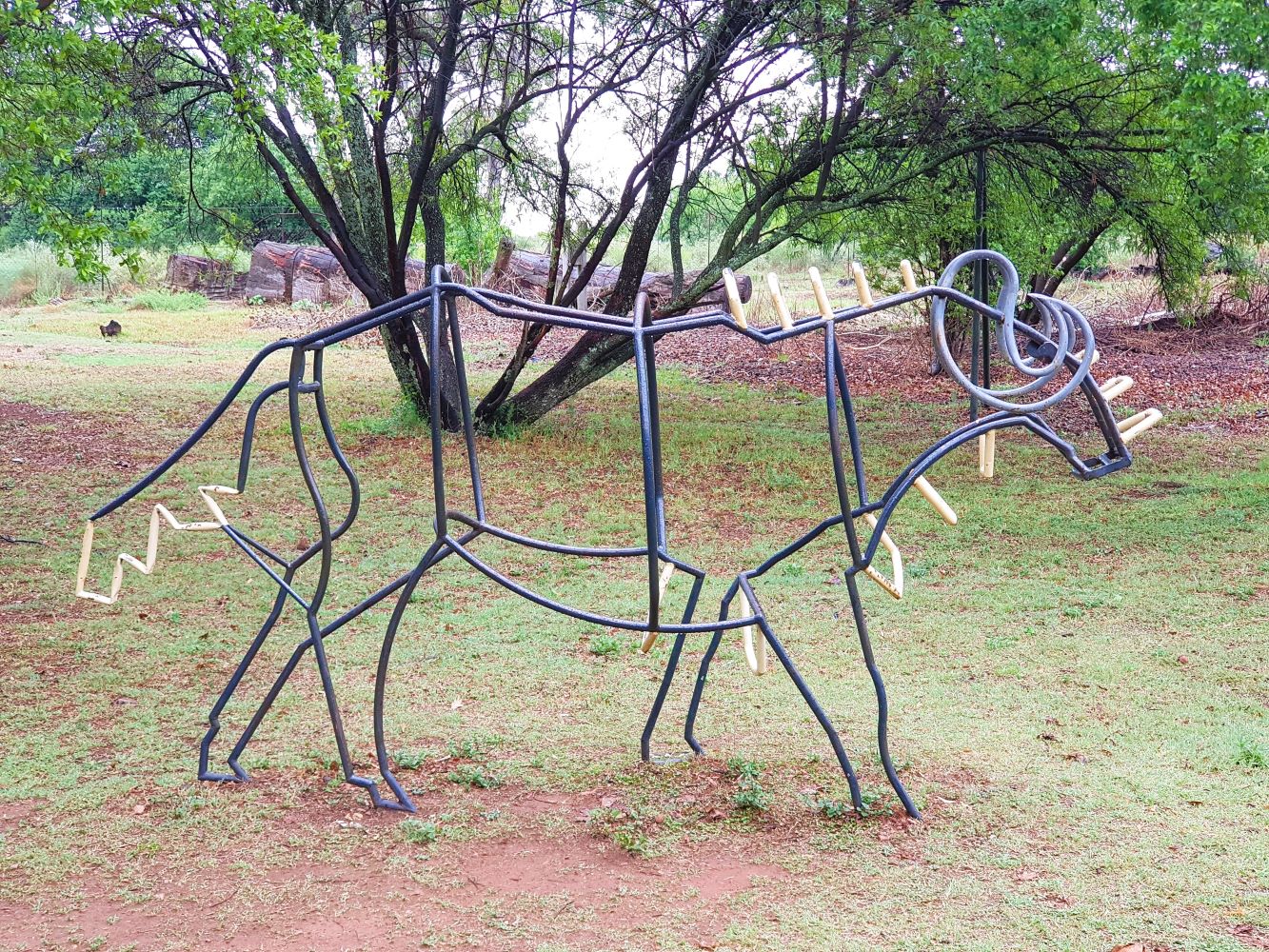
There are three grave sites in the reserve (the Erasmus family being one of them)...
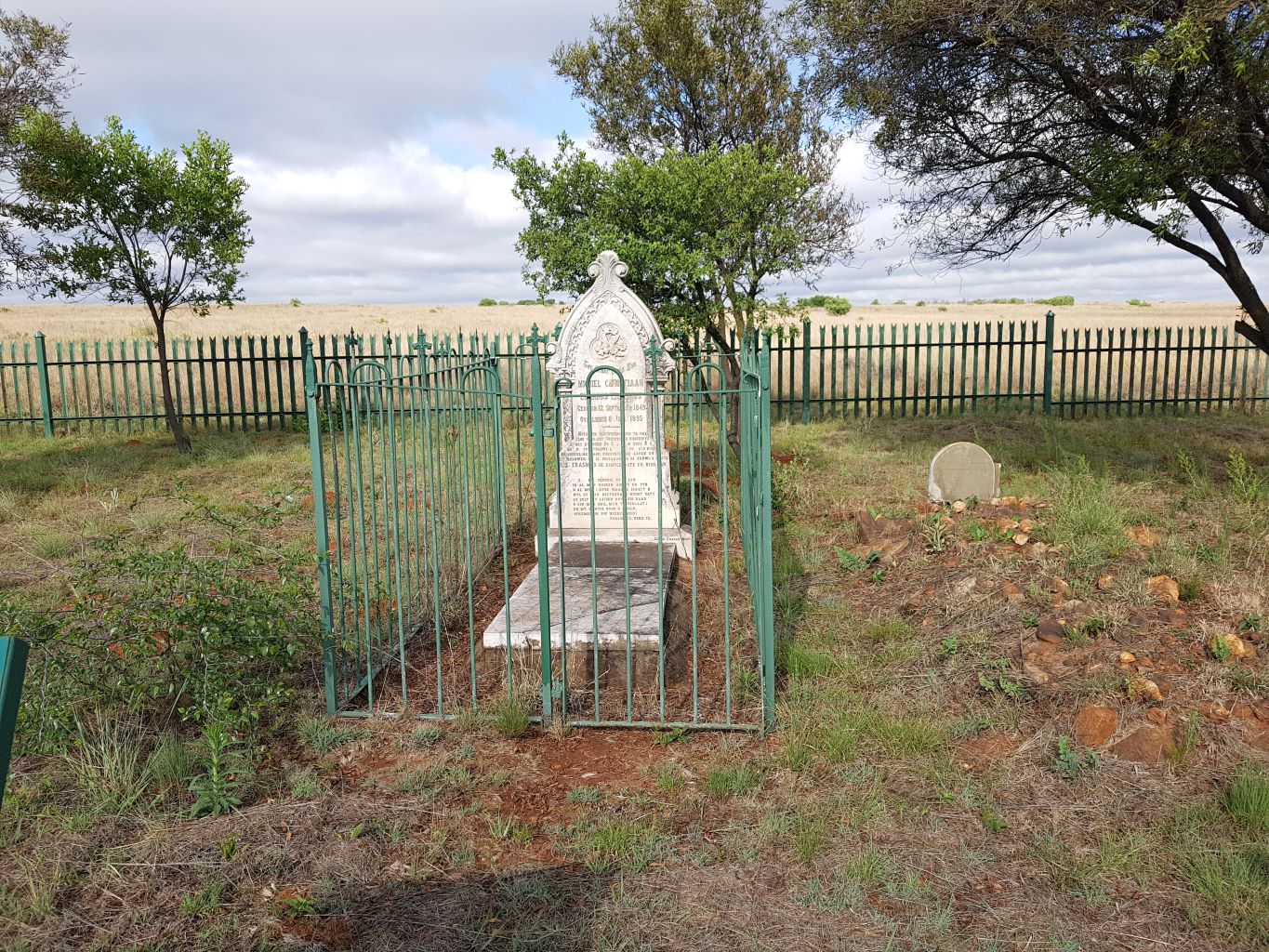
and you can also see the remains of a defensive wall constructed by the British army in 1900.
Marais Dam also has a popular picnic area with a bird hide and toilets.
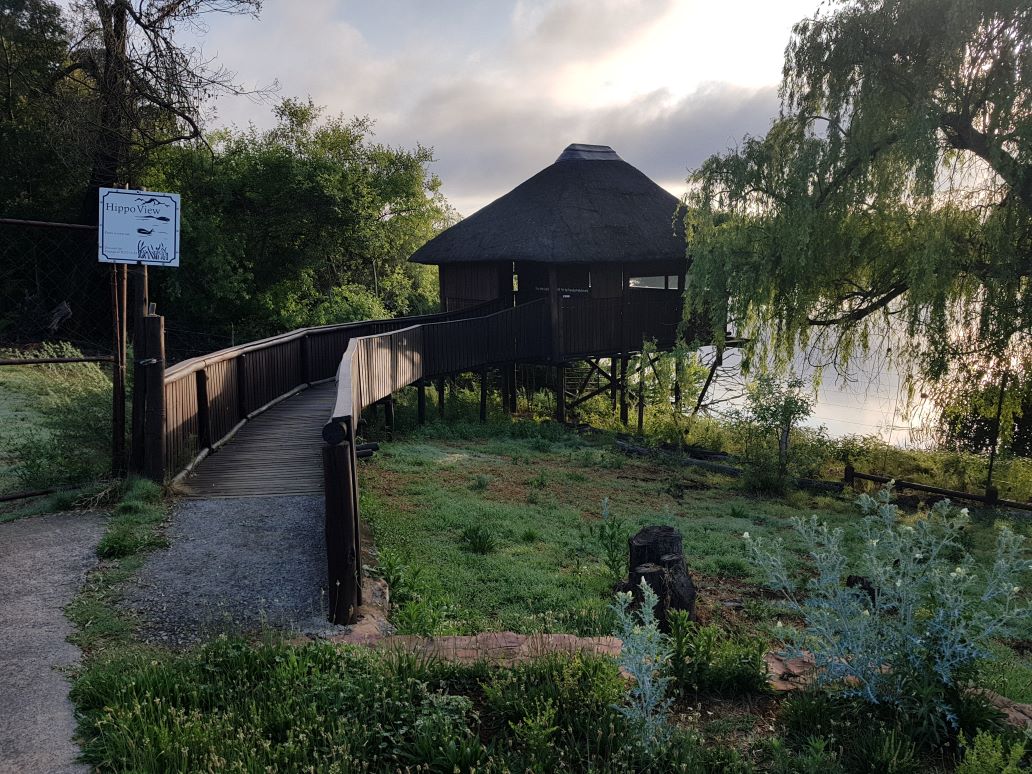
Even though the depraved, woke people say there are over 100 genders, there are just two toilets - one for Oompies and the other for Anties! Even kids know that there are only two genders!
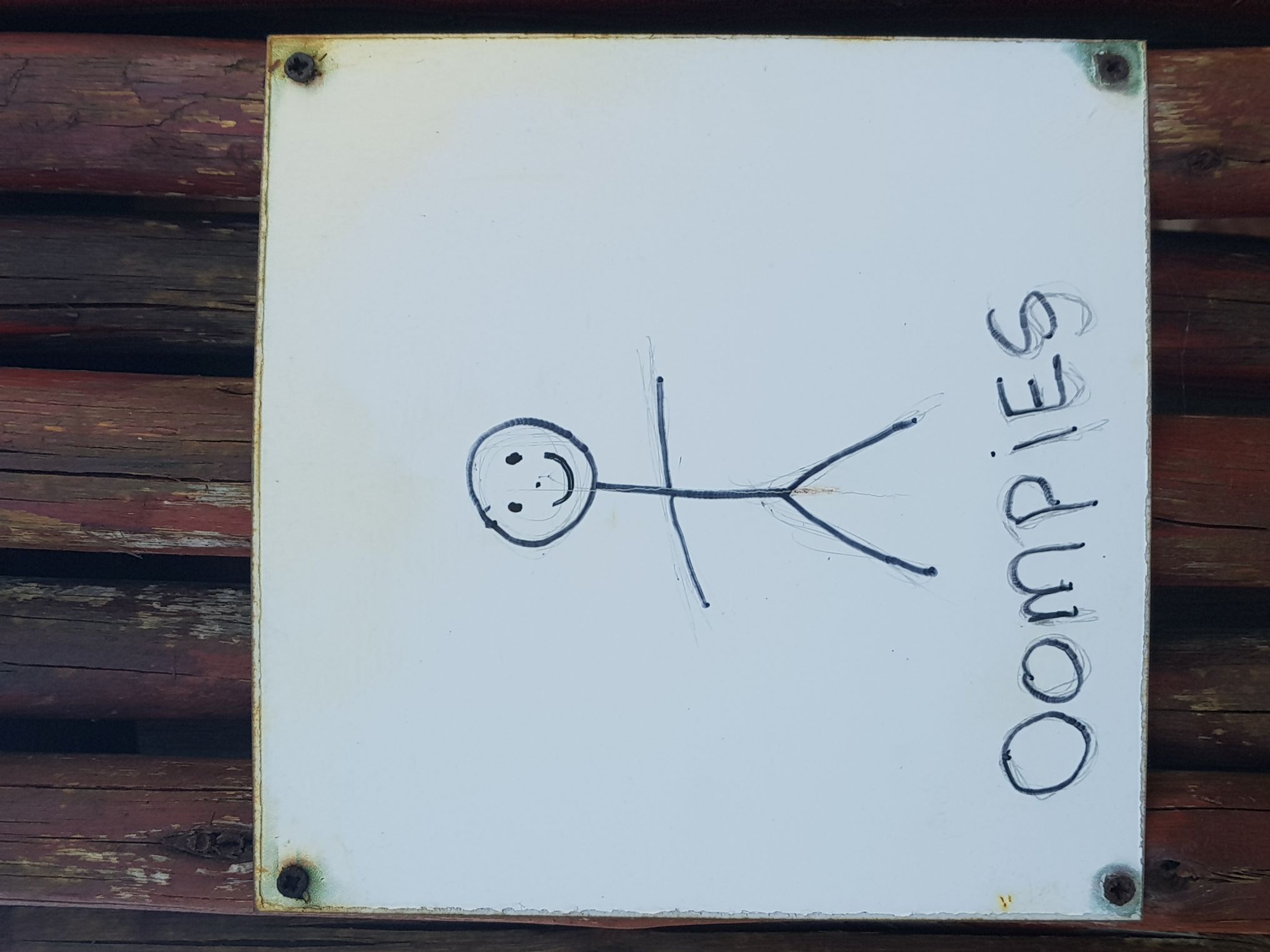 |
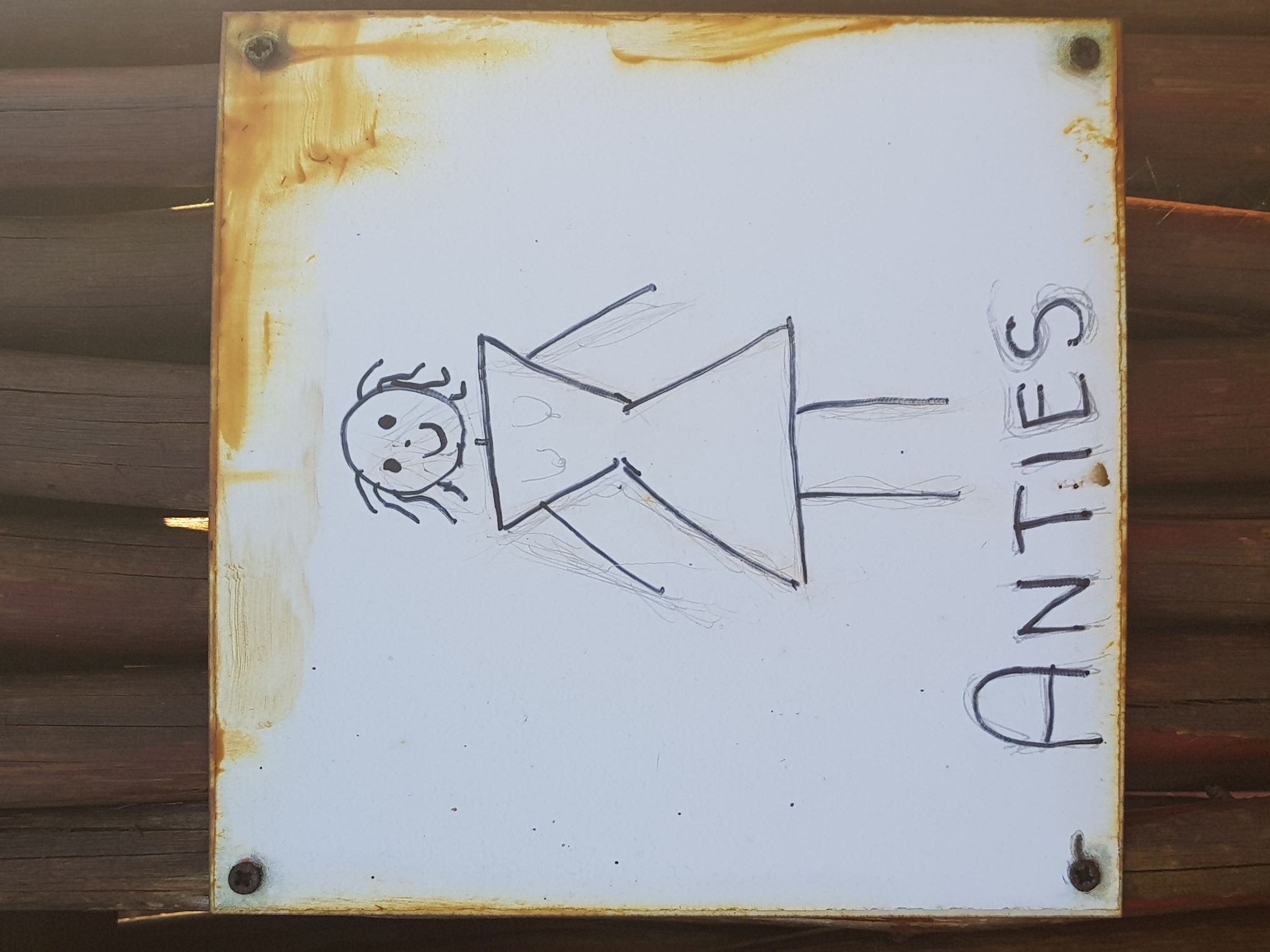 |
God created them male and female, and blessed them and called them Mankind in the day they were created. Genesis 5:2.
As Christians, we are not surprised by this deparavity, as God tells us in the Bible that His patience will run out and He will curse the people who have rejected Him and His Son, Jesus Christ...
And since they did not see fit to acknowledge God, God gave them up to a debased mind to do what ought not to be done. Romans 1:28
For more information on Bible prophecy and the end times, see this page.
Return from Rietvlei Nature Reserve to K2K Home Page
To make a safari rental booking in South Africa, Botswana or Namibia click here
"It's 768 pages of the most amazing information. It consists of, well, everything really. Photography info...area info...hidden roads..special places....what they have seen almost road by road. Where to stay just outside the Park...camp information. It takes quite a lot to impress me but I really feel that this book, which was 7 years in the making, is exceptional." - Janey Coetzee, founder of CAROK (Camps and Roads of Kruger) South Africa
"Having a passion for the region itself and having to know about all dynamics, water holes and ideal roads for a period of 6 years - I wish I had this guide on my first trip already!" - Morkel Erasmus, Secunda, South Africa
"Mario and Jenny take you to places that are not always visited, and their descriptions of the more remote camps will allow you to make an informed decision without wasting time and money" - Bob & Sherry Shepardson, DeBary, Florida, USA
"Your time and money are valuable and the information in this book will help you save both." - Don Stilton, Florida, USA
"I highly recommend the book to anyone visiting Etosha National Park to photograph the animals - or anyone considering an African photography safari in the future." - Anne Darling, Cognac, France
"As a photographer and someone who has visited and taken photographs in the Pilanesberg National Park, I can safely say that with the knowledge gained from this eBook, your experiences and photographs will be much more memorable." - Alastair Stewart, BC, Canada
"This work is so much more than an eBook, because it is also a guide, a tutorial, an inspiration and a must-have for anyone interested in wildlife photography" - Findtripinfo.com, USA
Photo Safaris on a Private Vehicle - just You, the guide & the animals!
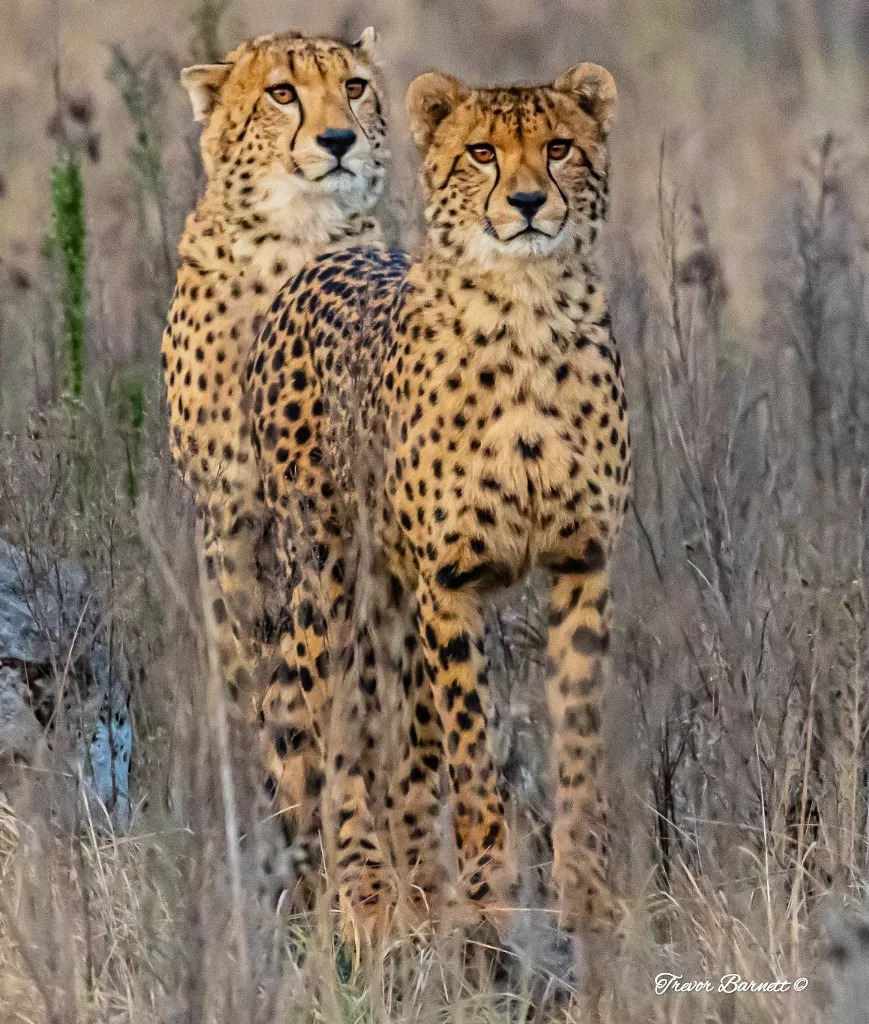
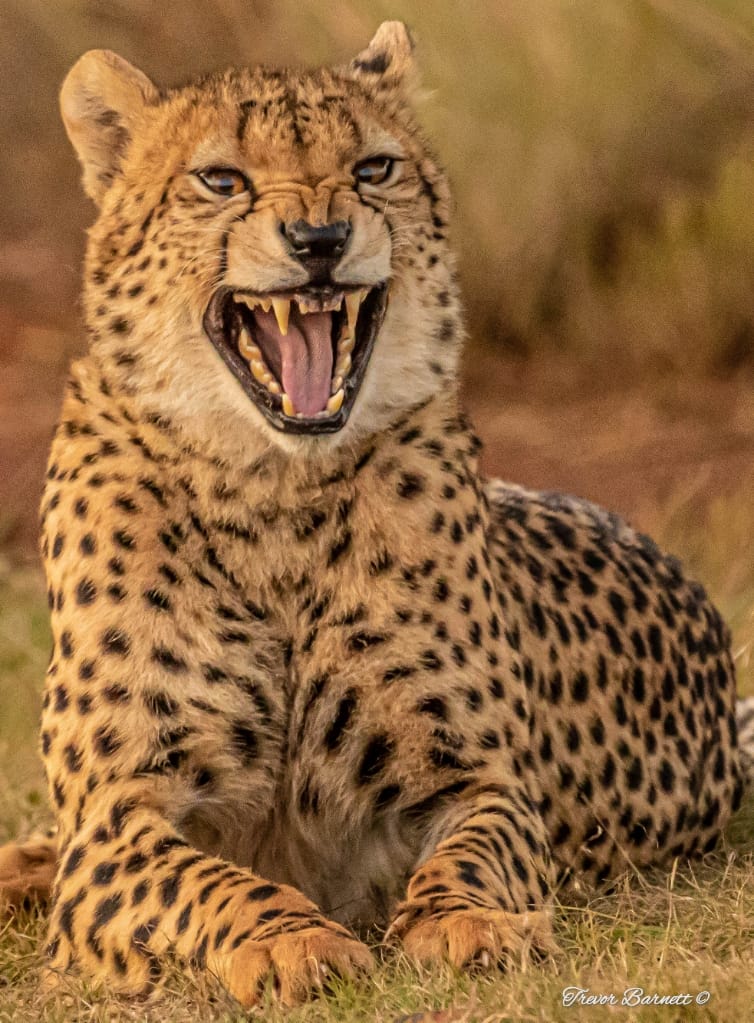
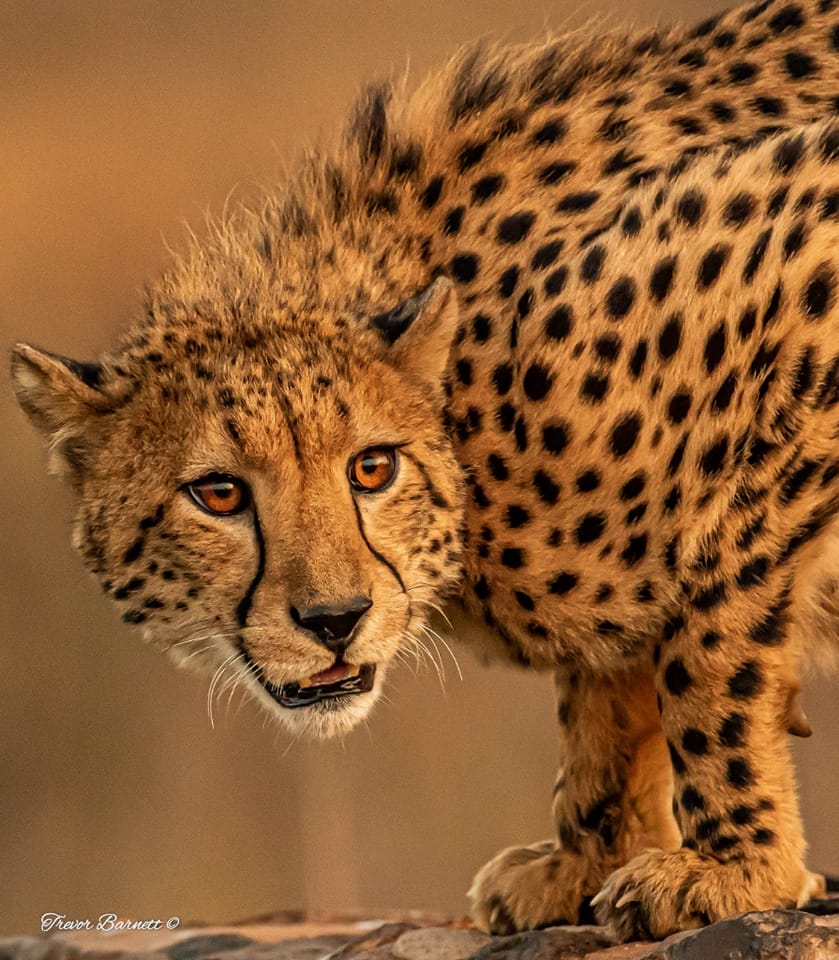
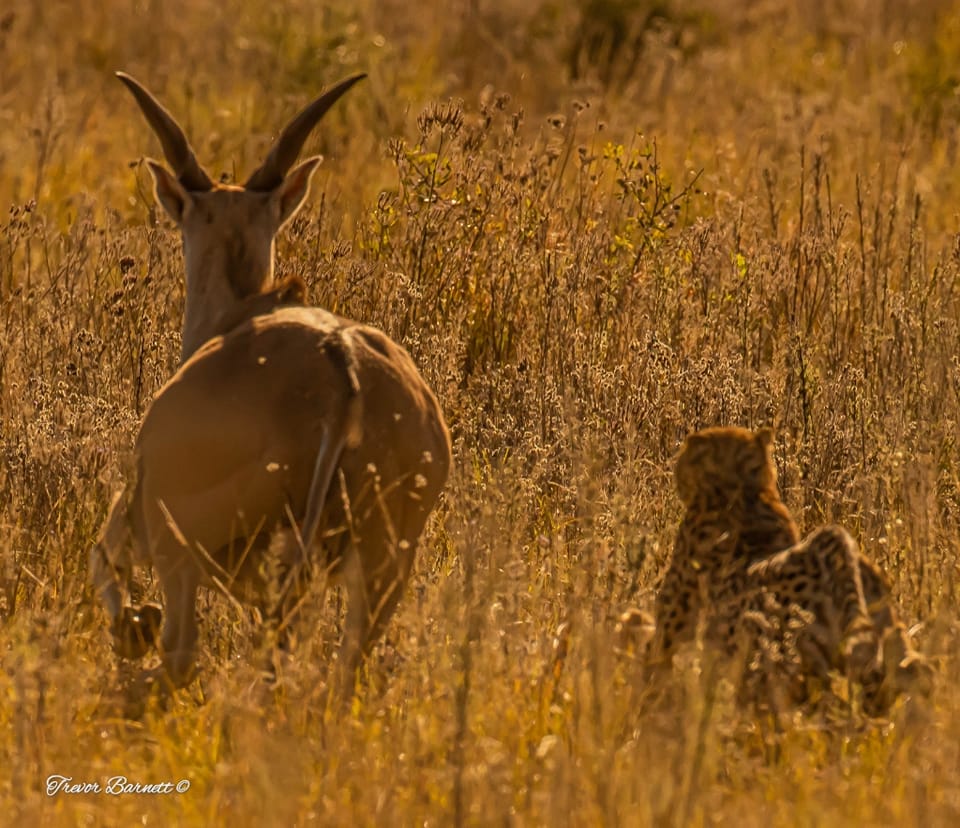
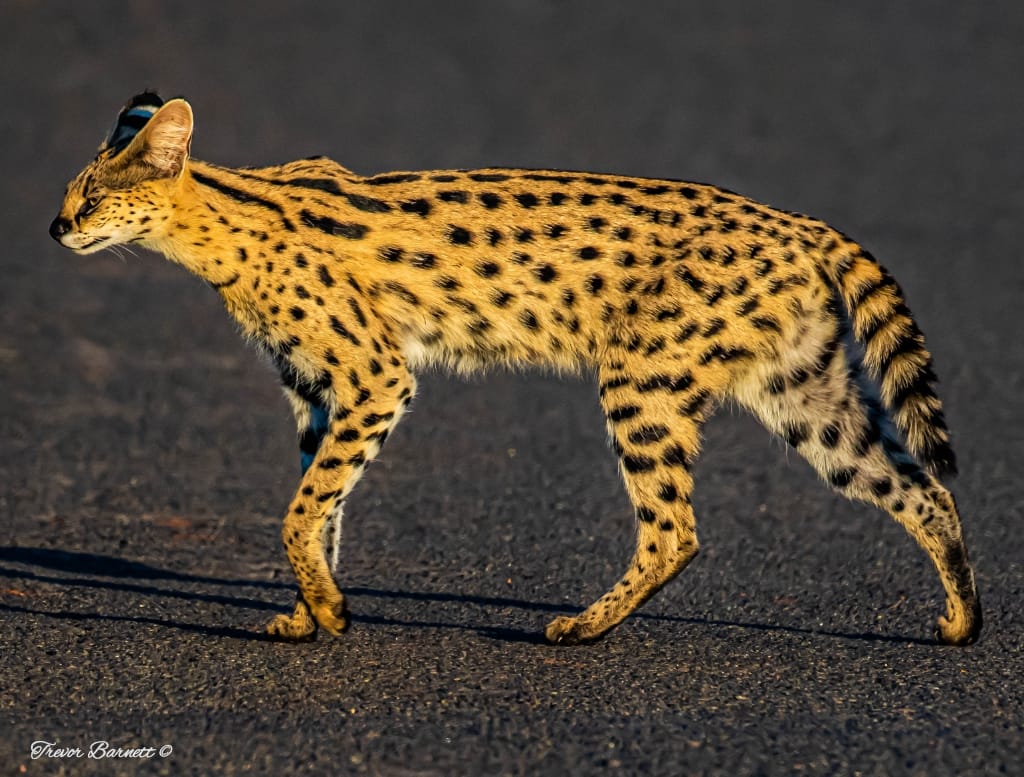
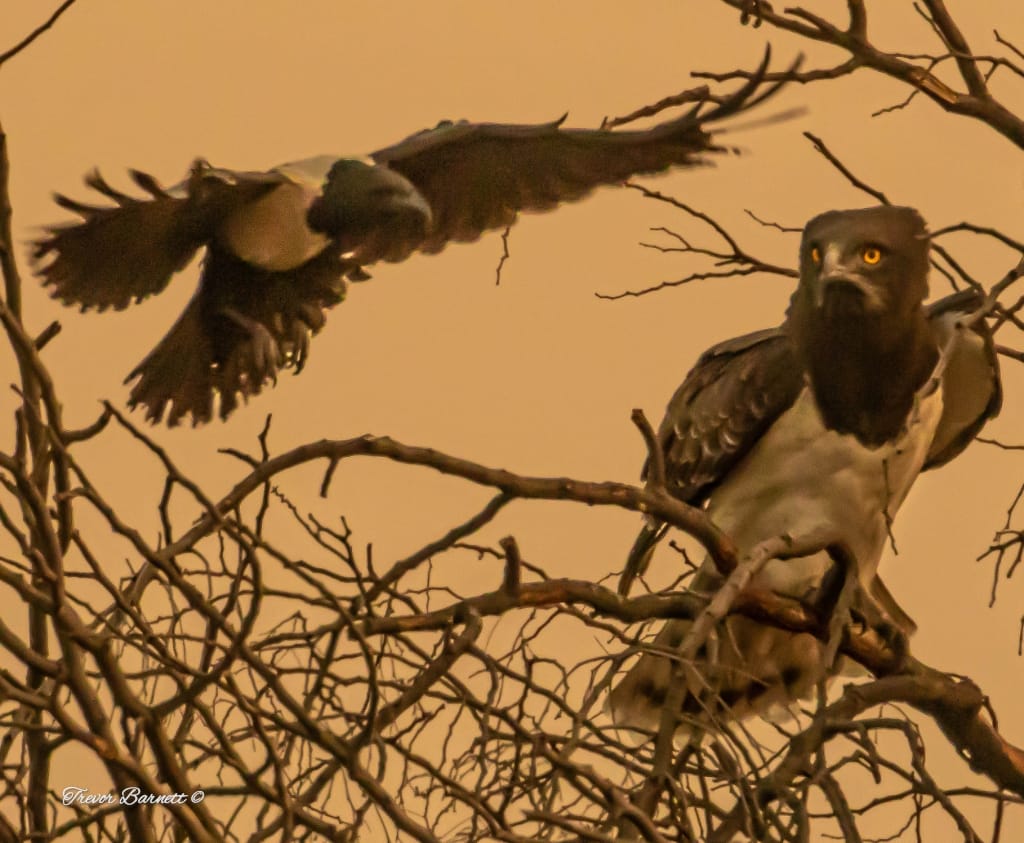
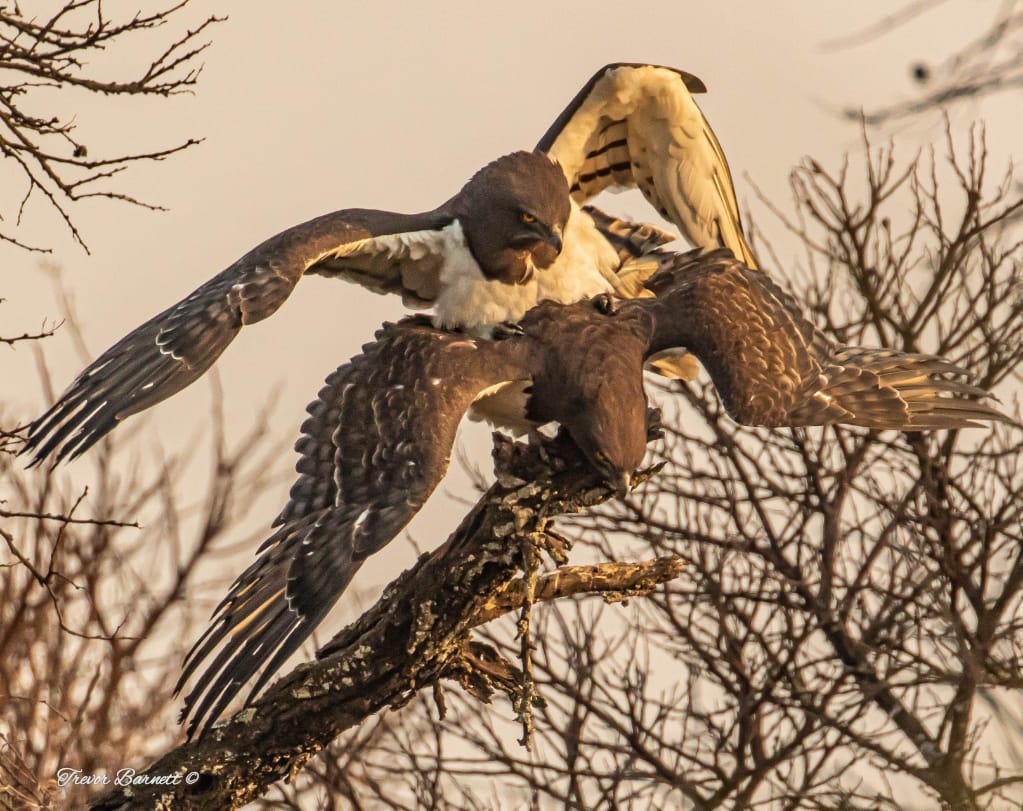
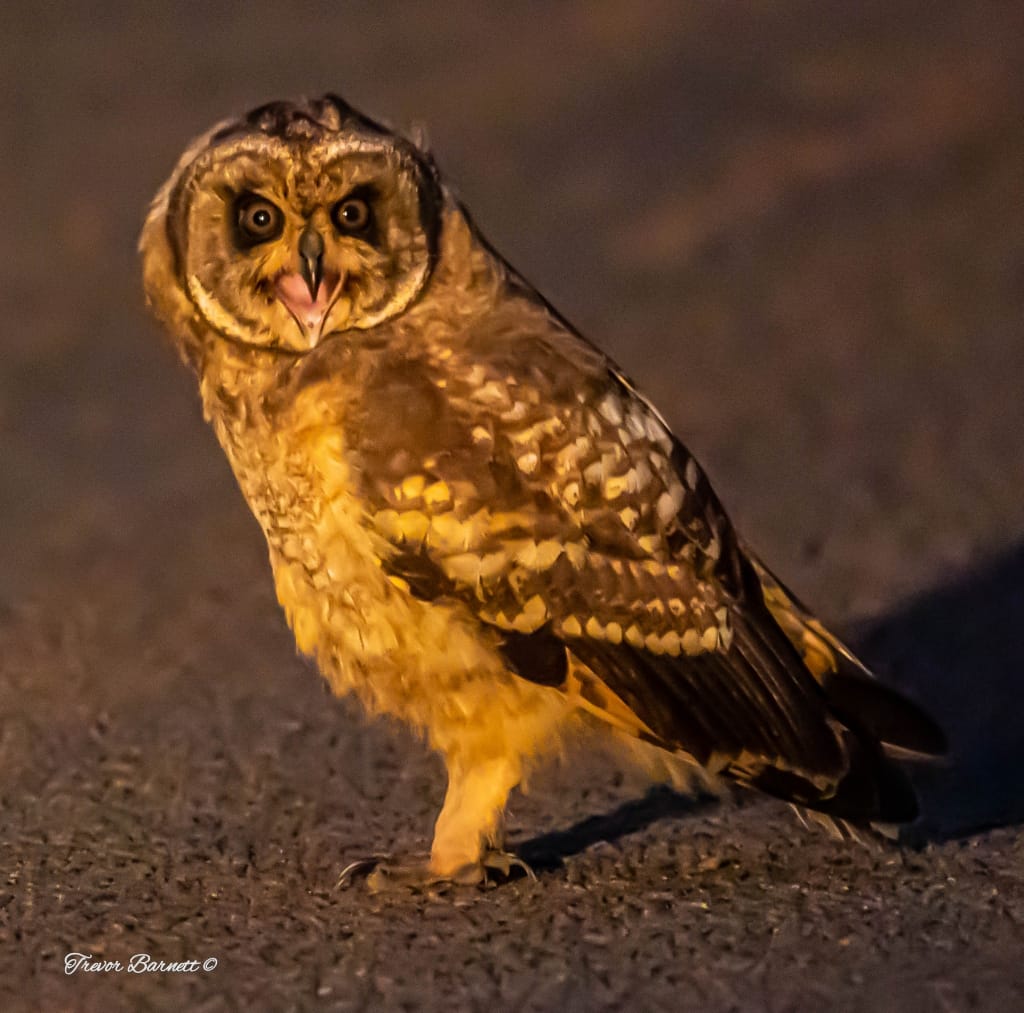
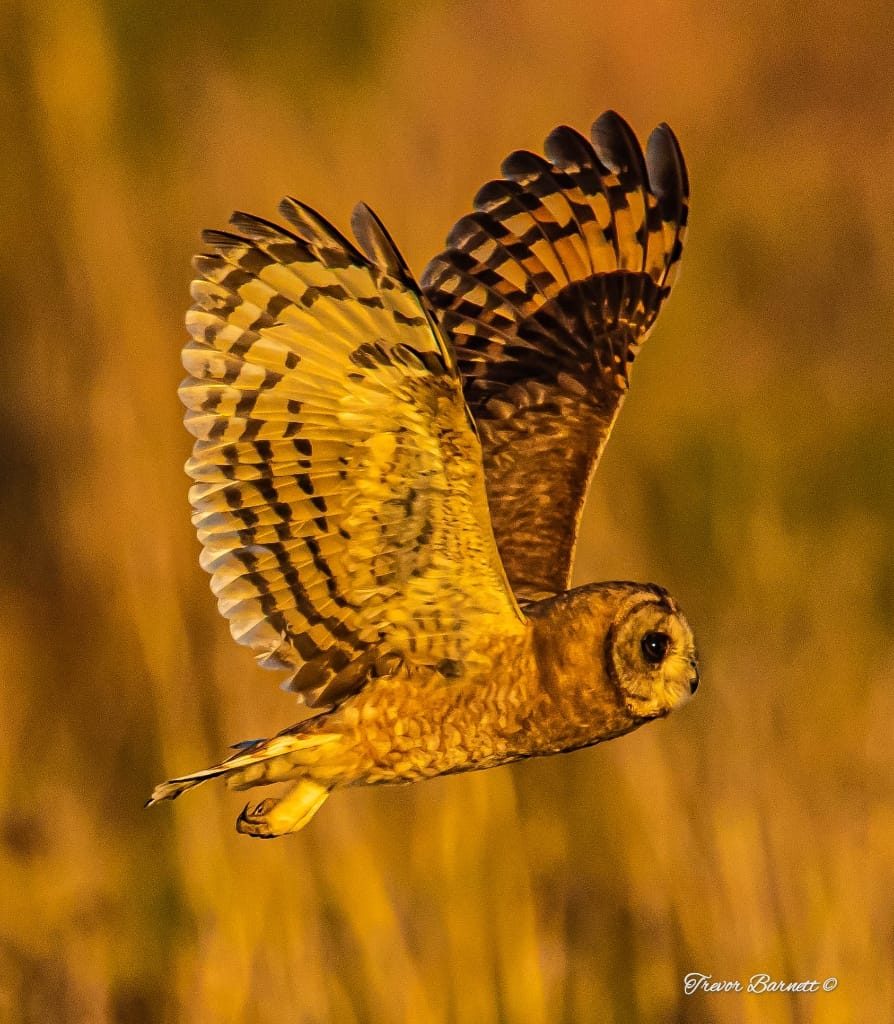
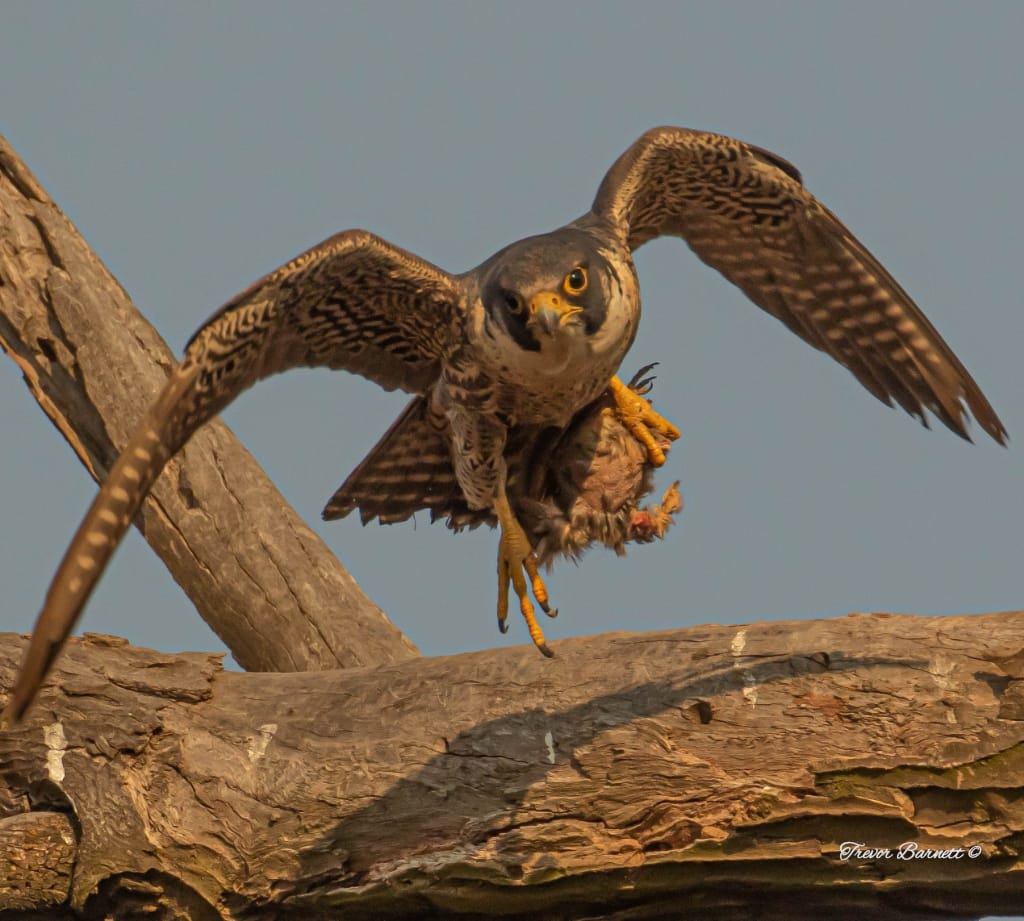
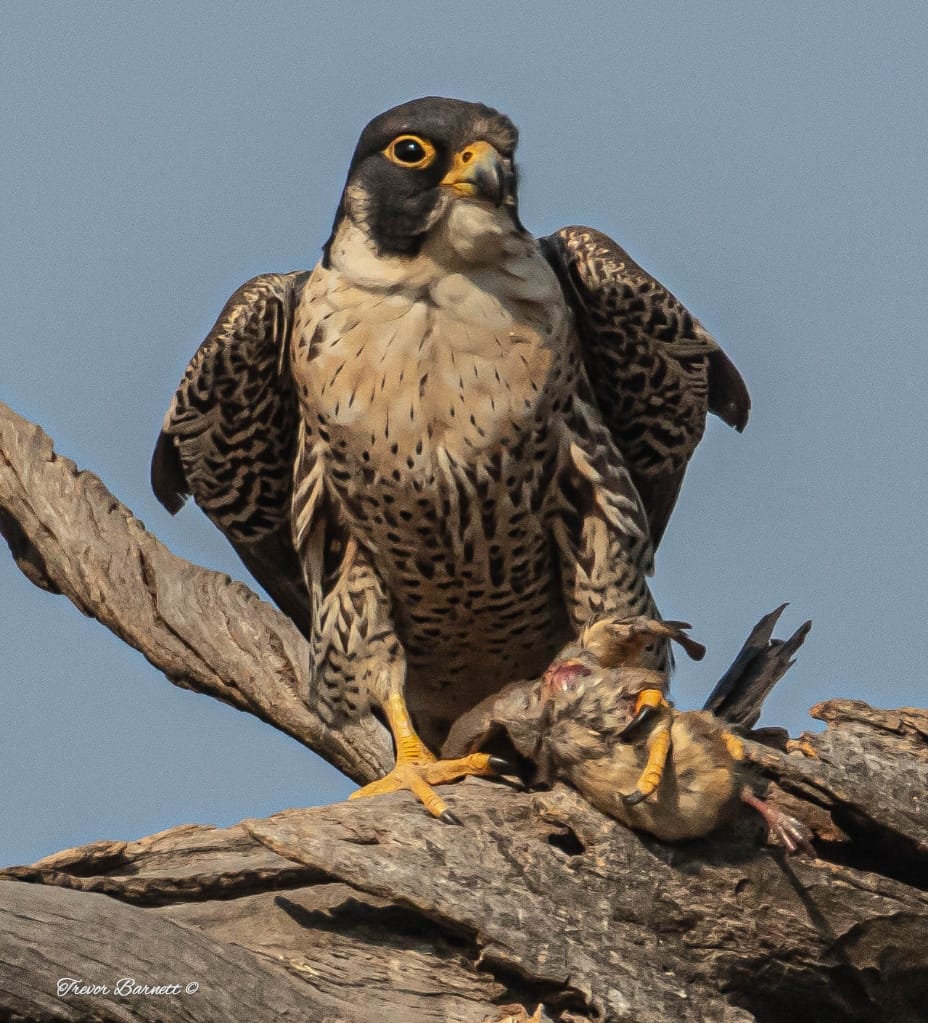
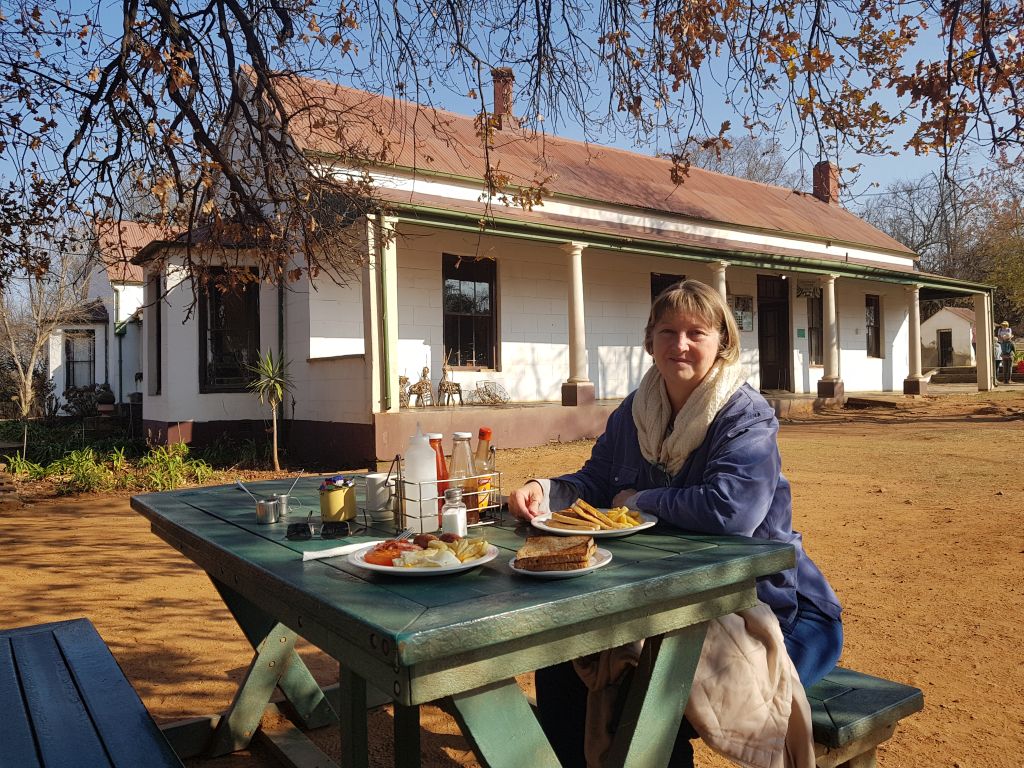









New! Comments
Have your say about what you just read! Please leave us a comment in the box below.